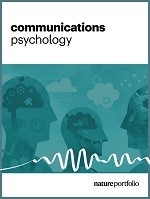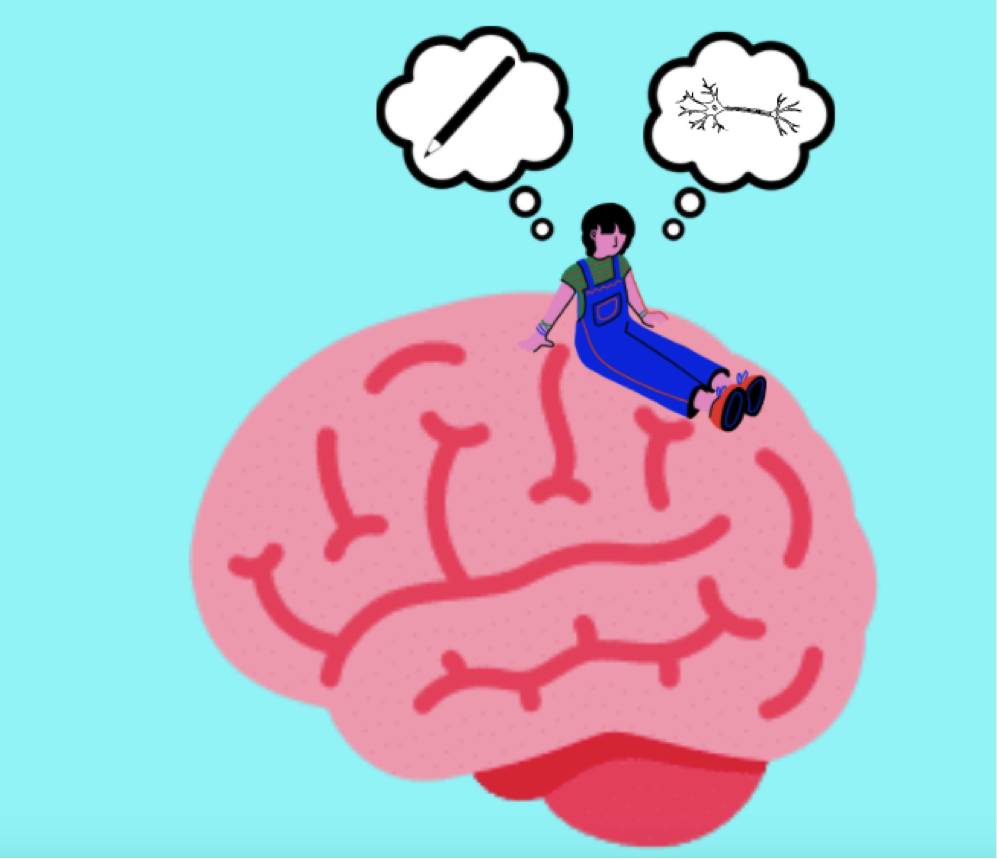Research
The Schiller Lab is dedicated to understanding the neural mechanisms underlying emotional learning, memory, and social cognition. Our research focuses on how the brain encodes and stores emotional experiences, particularly fear and trauma, and how these memories are later retrieved and potentially modified. The lab also investigates how the brain processes social information and tracks social relationships. By studying these processes in both healthy individuals and those with psychiatric disorders, we aim to develop new therapeutic approaches for treating emotional and social disorders, and to enhance our overall understanding of the human affectome.

Publications
2024 - 2025
Schafer M and Schiller D (2025). Social avoidance can be quantified as navigation in abstract social space. Communications Psychology in press
Schafer M, Kamilar-Britt P, Sahani V, Bachi K, and Schiller D (2025). Neural trajectories of conceptually related events. eLife reviewed preprint
Wang Y, Ni Y, Zhu Z, Hu J, Schiller D, and Li J (2025). Dissociable memory modulation mechanisms facilitate fear amnesia at different timescales. eLife reviewed preprint
Seeley SH, Fermont R, Schreiber Z, Morris LS, Cahn L, Murrough JW, Schiller D, Charney DS, Pietrzak RH, Perez-Rodriguez MM, Feder A (2025). Association of Psychological Resilience with Decelerated Brain Aging in Cognitively Healthy World Trade Center Responders. Biological Psychiatry GOS in press
Hao Y, Banker S, Trayvick J, Barkley S, Peters AW, Thinakaran A, McLaughlin C, Gu X, *Schiller D, *Foss-Feig J (2025). Understanding Depression in Autism: The Role of Subjective Perception and Anterior Cingulate Cortex Volume. Molecular Autism 16, 9
Hagenauer M, Redish AD, Schiller D, Bigos K, Flagel S, Rodriguez A, Parker Z, O’Connor A, Ortiz-Gonzalez X, Murphy D, and Leeson R (2025). Promoting open discussions of scientific failure within the annual Society for Neuroscience conference. eNeuro 12, 3
Banker SM, Schafer, Harrington M, Na S, Barkley S, Trayvick J, Peters A, Thinakaran A, Schiller D, Foss-Feig JH, and Gu X (2025). Phenotypical divergence between self-reported and clinically ascertained autism. Nature Mental Health in press
Orederu T, Lennon V, Vervliet B, Schiller D (2025). Fear. In A. Scarantino (Ed.), Emotion Theory: The Routledge Comprehensive Guide Volume II: Theories of Specific Emotions and Major Theoretical Challenges (pp. 152-175). Routledge.
Schiller D, Johansen J, and Ostroff L (2024). Honoring the legacy of Joseph E. LeDoux—Introduction to the special issue. Cerebral Cortex 34, bhae463
Yu ANC, Lowe L, Schiller D (2024). Future considerations for the Human Affectome: Reply to commentaries. Neuroscience and Biobehavioral Reviews, 167, 105901.
Yu ANC, Lowe L, & Schiller D (2024). The Human Affectome: a teleological framework for organizing algorithms across human affective phenomena. Pre-conference on Affective Computing at the International Society for Research on Emotion (ISRE), Belfast, Ireland.
Blithikioti C, Duek O, Gordon C, Krystal JH, Levy I, Ilan Harpaz-Rotem I, and Schiller D and Perl O (2024). Cerebellar contributions to traumatic autobiographical memory in people with post-traumatic stress disorder. The Cerebellum in press.
Schiller D, Yu ANC et al.* (2024). The Human Affectome. Neuroscience and Biobehavioral Reviews, 158, 105450.
*173 authors
Maher C, Gyles T, Nestler EJ, and Schiller D (2024). A guide to science communication training for doctoral students. Nature Neuroscience 27, 1211–1213.
*Montagrin A, *Croote D, Preti MG, Lerman L, Baxter M, and Schiller D (2024). The hippocampus dissociates present from past and future goals. Nature Communications 15, 4815.
*equal contribution
2022 - 2023
Perl, O., Duek, O., Kulkarni, K.R., Gordon, C., Krystal, J.H., Levy, I., Harpaz-Rotem, I., Schiller, D.(2023). Neural patterns differentiate traumatic from sad autobiographical memories in PTSD. Nat Neurosci 26, 2226–2236.*
Schiller, D., Lerma, J. (2023). Exploring the Frontiers of Neuroscience: Highlights from the 11th IBRO World Congress. Neuroscience
Levy, I., Schiller, D. (2023). Uncertainty in learning and decision-making: Introduction to the special issue. Cognitve, Affective, and Behavorial Neuroscience.
Bach et al. (2023). Consensus design of a calibration experiment for human fear conditioning. Neuroscience and Biobehavioral Reviews. 148, 105146.
Schiller, D. (2022). Reconsolidation: A Paragdigm Shift. Brain Research Bulletin.
Schafer, M., Schiller, D. (2022). A dominant role for serotonin in the formation of human social hierarchies. Neuropsychopharmacology.
Korem, N., Duek, O., Ben-Zion, Z., Kaczkurkin, A. N., Lissek, S., Orederu, T., Schiller, D., Harpaz-Rotem, I., Levy, I. (2022). Emotional numbing in PTSD is associated with lower amygdala reactivity to pain. Neuropsychopharmacology.
Polley, D. B. and Schiller, D. (2022). The promise of low-tech interventions in a high-tech era: behavioral reverse engineering as an approach to remodeling pathological brain circuits. Neuroscience and Biobehavioral Reviews 137, 104652.
Banker, S. M., Na S., Beltran J., Koenigsberg, H. W., Foss-Feig J .H., Gu, X., and Schiller, D. (2022). Disrupted computational of social control in individuals with is obsessive-compulsive and misophonia symptoms. iScience 25, 104617.
*Kulkarni, K., *Schafer, M., Berner, L. A,. Fiore, V. G., Heflin, M., Hutchison, K., Calhoun, V., Filbey, F., Pandey, G., Schiller, D., and Gu, X. (2022). An interpretable and predictive connectivity-based neural signature for chronic cannabis use. Biological Psychiatry: Cognitive Neuroscience and Neuroimaging.
*Equal contribution
- Editorial commentary by Anna B. Konova and Anna Zilverstand.
Swedo, et al. (2022). A Consensus definition of misophonia: using a Delphi process to reach expert agreement. Frontiers in Neuroscience 16, 841816.
2020 - 2021
Levy, I., and Schiller, D. (2021). Neural computations of threat. Trends in Cognitive Sciences, 25, 151-171.
Croxson, P.L., Neeley, L., Schiller, D. (2021). You have to read this. Nature Human Behaviour, 5, 1466–1468.
Homan, P., Lau, L.H., Levy, I., Raio, C.M., Bach, D., Carmel, D., and Schiller, D. (2021). Evidence for a minimal role of stimulus awareness in reversal of threat learning. Learning & Memory, 28(3), 95-103.
Banker, S.M, Gu, X., Schiller, D., Foss-Feig, J. (2021). Hippocampal contributions to social and cognitive deficits in autism spectrum disorder. Trends in Neurosciences, 44(10), 793-807;
Speer, M.E., Ibrahim, S., Schiller, D., Delgado, M.R. (2021). Finding positive meaning in past negative events adaptively updates memory. Nature Communications, 12, 6601.
Wang, Y., Zhu, Z., Hu, J., Schiller, D., and Li, J .(2021). Active suppression prevents the return of threat memory in humans. Communications Biology, 4(1), 1-8.
Norbury, A., Brinkman, H., Kowalchyk, M., Pietrzak, R.H., Schiller, D., and Feder, A. (2021). Latent cause inference during extinction learning in trauma-exposed individuals with and without PTSD. Psychological Medicine, 1-12, doi:10.1017/S0033291721000647.
Croote, D.E., Lai, B., Hu, J., Baxter, M.G., Montagrin, A., Schiller, D. (2020). Delay discounting decisions are linked to temporal distance representations of world events across cultures. Scientific Reports, 10, 12913. [Data – OSF].
Vermes, J.S., Ayres, R., Goés, A.S., Del Real, N., Araújo, A.C., Schiller, D., Neto, F.L., and Corchs, F. (2020). Targeting the Reconsolidation of Traumatic Memories With a Brief 2-session Imaginal Exposure Intervention in Post-Traumatic Stress Disorder. Journal of Affective Disorders.
Browning et al. (2020). Realizing the Clinical Potential of Computational Psychiatry: Report from the Banbury Center Meeting.
Orederu, T., and Schiller, D. (2020). The Dynamic Memory Engram Lifecycle: Reactivation, Destabilization, Reconsolidation. The Cognitive Neurosciences, 6th Edition. Poeppel D, Mangun GR and Gazzaniga, MS. eds. MIT Press.
Feder, A., Rutter, S.B., Schiller, D., and Charney, D.S. (2020). The emergence of ketamine as a novel treatment for post traumatic stress disorder. Advances in Pharmacology: Rapid Acting Antidepressants – A tribute to Ron Duman’s legacy.
Visser, R.M., Anderson, M.C., Aron, A., Banich, M., Brady, K.T., Huys, Q.J.M., Monfils, M.H., Schiller, D., Schlagenhauf, F., Schooler, J. and Robbins, T.W. (2020). Neuropsychological mechanisms of intrusive thinking. In Kalivas PW and Paulus MP, eds, Intrusive Thinking: From Molecules to Free Will. Strüngmann Forum Reports, vol. 30, J. R. Lupp, series editor. Cambridge, MA: MIT Press. [Book].
Schiller, D., LeDoux, J. E., & Phelps, E. A. (2020). Reply to Beckers, McIntosh and Chambers on the verification of ‘preventing the return of fear using retrieval-extinction in humans’.
2019 - 2018
Homan, P., Levy, I., Feltham, E., Gordon, C., Hu, J., Li, J., Pietrzak, R., Southwick, S., Krystal, J., Harpaz-Rotem, I., and Schiller, D. (2019). Neural computations of threat in the aftermath of combat trauma. Nature Neuroscience 22, 470-476. [Data-OSF]
*Featured in Nature Neuroscience News & Views, by Peggy Seriès.
Hu, J., Wang, Z., Feng, X., Long, C., and Schiller, D. (2019). Post-reminder oxytocin facilitates next day extinction in humans. Psychopharmacology 236, 293-301. [Data-OSF].
Corchs, F., and Schiller, D. (2019). Threat-related disorders as persistent motivational states of defense. Current Opinion in Behavioral Sciences, 26, 62-68.
Björkstrand, J., Schiller, D., Li, J., Davidsson, P., Rosén, J., Mårtensson, J., Kirk, U. (2019). The effect of mindfulness training on extinction retention: A randomized wait-list controlled trial. Scientific Reports 9, 19896.
Reddan, M., Wager, T., and Schiller, D. (2018). Attenuating neural threat expression with imagination. Neuron, 100,994-1005. [Data – OSF].
Schafer, M., and Schiller, D. (2018). Navigating social space. Neuron, 100, 476-489
*Featured in Neuron’s 30th year anniversary issue.
Schafer, M., and Schiller, D. (2018). The hippocampus and social impairment in psychiatric disorders. Cold Spring Harbor Symposia on Quantitative Biology 83, 105-118.
Hu, J., Wang, W., Homan, P., Wang, P., Zheng, X., and Schiller, D. (2018). Reminder duration determines threat memory modification in humans. Scientific Reports, 8:8848. [Data – OSF].
Orederu, T., and Schiller, D. (2018). Fast and slow extinction pathways in defensive survival circuits. Current Opinion in Behavioral Sciences, 24, 96-103.
Montagrin, A., Saiote, C., and Schiller, D. (2018). The social hippocampus. Hippocampus 28, 672-679.
*Featured on journal cover.
Denny, B.T., Fan, J., Fels, S., Galitzer, H., Schiller, D., Siever, L.J., and Koenigsberg, H.W. (2018). Sensitization of the neural salience network to repeated emotional stimuli following initial habituation in borderline personality disorder patients. American Journal of Psychiatry, 175, 657-664.
*Editorial commentary by Mary Phillips.
Hildebrandt, T., Schultz, K., Schiller, D., Heywood, A., Goodman, W., and Sysko, R. (2018). Evidence of prefrontal hyperactivation of food-cue reversal learning in adolescents with anorexia nervosa. Behaviour Research and Therapy 111, 36-43.
2017 - 2014
Lee, J. L., Nader, K., & Schiller, D. (2017). An Update on Memory Reconsolidation Updating. Trends in Cognitive Sciences. 21, 531-545.
*Featured on journal cover
Homan, P., Lin, Q., Murrough, J. W., Soleimani, L., Bach, D. R., Clem, R. L., & Schiller, D. (2017). Prazosin during threat discrimination boosts memory of the safe stimulus. Learning & Memory, 24(11), 597-601. [Data – GitHub]
Homan, P., Ely, B. A., Yuan, M., Brosch, T., Ng, J., Trope, Y., & Schiller, D. (2017). Aversive smell associations shape social judgment. Neurobiology of Learning and Memory, 144, 86-95. [Data – GitHub]
Homan, P., Reddan, M. C., Brosch, T., Koenigsberg, H. W., & Schiller, D. (2017). Aberrant link between empathy and social attribution style in borderline personality disorder. Journal of psychiatric research, 94, 163-171. [Data – GitHub]
Clem, R. L., & Schiller, D. (2016). New Learning and Unlearning: Strangers or Accomplices in Threat Memory Attenuation? Trends in neurosciences, 39(5), 340-351.
Delgado, M. R., Beer, J. S., Fellows, L. K., Huettel, S. A., Platt, M. L., Quirk, G. J., & Schiller, D. (2016). Viewpoints: dialogues on the functional role of the ventromedial prefrontal cortex. Nature neuroscience, 19(12), 1545-1552.
Kroes, M.C.W., Schiller, D., LeDoux, JE., and Phelps, A.E. (2016). Translational approaches targeting reconsolidation. Current Topics in Behavioral Neurosciences 28, 197-230.
Homan, P., and Schiller, D. (2016). Neuroscience: This is not a spider. Current Biology 26, R882-R902.
Schiller, D. (2016). Hacking the brain to overcome fear. Nature Human Behavior 1:0010.
Schiller, D. (2016). Running to Forget. Int J Neuropsychopharmacology 19, 1-2.
Tavares, R., William, C., Grossman, Y., Mendelsohn, A., Shapiro, M., Trope, Y., and Schiller, D. (2015). A map for social navigation in the human brain. Neuron 87, 231-243.
*Commentary by Howard Eichenbaum, The hippocampus as a cognitive map…of social space. Neuron 87, 9-11
Schiller, D., Eichenbaum, H., Buffalo, E. A., Davachi, L., Foster, D. J., Leutgeb, S., & Ranganath, C. (2015). Memory and space: towards an understanding of the cognitive map. The Journal of Neuroscience, 35(41), 13904-13911.
*Featured on journal cover
Zhang, Z., Mendelsohn, A., Manson, K. F., Schiller, D., & Levy, I. (2015). Dissociating value representation and inhibition of inappropriate affective response during reversal learning in the ventromedial prefrontal cortex. eneuro, 2(6), ENEURO-0072.
Hildebrandt T, Grotzinger A, Reddan M, Greif R, Levy I, Goodman W, and Schiller D (2015) Testing the disgust conditioning theory of food-avoidance in adolescents with recent onset anorexia nervosa. Behaviour Research and Therapy 71, 131-138
Bentz, D., & Schiller, D. (2015). Threat processing: models and mechanisms. Wiley interdisciplinary reviews: cognitive science, 6(5), 427-439.
Schiller, D. (2015). Behavioral Genetics: Of Mice, Men, and Internal Bliss. Current Biology 25, R455-R457.
Mendelsohn, A., Pine, A., & Schiller, D. (2014). Between thoughts and actions: motivationally salient cues invigorate mental action in the human brain. Neuron, 81(1), 207-217.
*Faculty 1000 recommendation
Collins, K. A., Mendelsohn, A., Cain, C. K., & Schiller, D. (2014). Taking action in the face of threat: neural synchronization predicts adaptive coping. Journal of Neuroscience, 34(44), 14733-14738. [Data-OSF]
Zhang, Z., Manson, K. F., Schiller, D., & Levy, I. (2014). Impaired associative learning with food rewards in obese women. Current Biology, 24(15), 1731-1736.
*Commentary in Current Biology by Davidson TL and Martin AA, Obesity: Cognitive impairment and the failure to ‘eat right’ the failure to “eat right”.
*Included in Nature Reviews Neuroscience Research Highlights, August 2014
*Faculty 1000 recommendation
Apergis-Schoute, A. M., Schiller, D., LeDoux, J. E., & Phelps, E. A. (2014). Extinction resistant changes in the human auditory association cortex following threat learning. Neurobiology of learning and memory, 113, 109-114.
Mungee, A., Kazzer, P., Feeser, M., Nitsche, M. A., Schiller, D., & Bajbouj, M. (2014). Transcranial direct current stimulation of the prefrontal cortex: a means to modulate fear memories. Neuroreport, 25(7), 480-484.
Schiller, D. (2014). A Lighter Shade of Trauma. Biological Psychiatry 76, 838-839.
2013 - 2007
Schiller, D., Kanen, J. W., LeDoux, J. E., Monfils, M. H., & Phelps, E. A. (2013). Extinction during reconsolidation of threat memory diminishes prefrontal cortex involvement. Proceedings of the National Academy of Sciences, 110(50), 20040-20045.
Brosch, T., Schiller, D., Mojdehbakhsh, R., Uleman, J. S., & Phelps, E. A. (2013). Neural mechanisms underlying the integration of situational information into attribution outcomes. Social cognitive and affective neuroscience, 8(6), 640-646.
Collins, K. A., & Schiller, D. (2013). What can fear and reward learning teach us about depression?. In Behavioral Neurobiology of Depression and Its Treatment (pp. 223-242). Springer Berlin Heidelberg.
Phelps, A.E. and Schiller, D. (2013) Reconsolidation in humans. Memory Reconsolidation. Alberini CM, ed. Academic Press.
Murrough, J.W., Schiller, D., and Charney, D.S. (2012). Neurocircuitry of anxiety disorders: Focus on panic disorder and post-traumatic stress disorder. Drug Discovery for Psychiatric Disorders. RSC Drug Discovery Series No. 28; Rankovic C, Bingham M, Nestler EJ, Hargreaves R, eds. The Royal Society Of Chemistry.
Schiller, D., Raio, C. M., & Phelps, E. A. (2012). Extinction training during the reconsolidation window prevents recovery of fear. Journal of visualized experiments: JoVE, (66).
Schiller, D., & Phelps, E. A. (2011). Does reconsolidation occur in humans?. Frontiers in behavioral neuroscience, 5.
Li, J., Schiller, D., Schoenbaum, G., Phelps, E. A., & Daw, N. D. (2011). Differential roles of human striatum and amygdala in associative learning. Nature neuroscience, 14(10), 1250-1252.
Schiller, D. (2011). Affective Neuroscience: Tracing the Trace of Fear. Current Biology 21, R695-R696
Schiller, D., & Delgado, M. R. (2010). Overlapping neural systems mediating extinction, reversal and regulation of fear. Trends in cognitive sciences, 14(6), 268-276.
Schiller, D., Monfils, M. H., Raio, C. M., Johnson, D. C., LeDoux, J. E., & Phelps, E. A. (2010). Preventing the return of fear in humans using reconsolidation update mechanisms. Nature, 463(7277), 49.
*Commentary in Nature News & Views: Quirk GJ and Milad MR, Neuroscience: Editing out fear
*Selected by Nature NeuroPod as one of the most important studies of the year
*Faculty 1000 ‘exceptional’ recommendation
Quirk, G. J., Paré, D., Richardson, R., Herry, C., Monfils, M. H., Schiller, D., & Vicentic, A. (2010). Erasing fear memories with extinction training. Journal of Neuroscience, 30(45), 14993-14997.
Freeman, J. B., Schiller, D., Rule, N. O., & Ambady, N. (2010). The neural origins of superficial and individuated judgments about ingroup and outgroup members. Human brain mapping, 31(1), 150-159.
Schiller, D. and Johansen, J. (2009). Prelimbic prefrontal neurons drive fear expression: A clue for extinction-reconsolidation interactions. The Journal of Neuroscience 29, 13432-13434.
Schiller, D., Freeman, J. B., Mitchell, J. P., Uleman, J. S., & Phelps, E. A. (2009). A neural mechanism of first impressions. Nature neuroscience, 12(4), 508-514.
LeDoux, J.E., Schiller, D., and Cain, C.K. (2009). Emotional Reaction And Action: From Threat Processing To Goal Directed Behavior. The Cognitive Neurosciences, 4th Edition. Gazzaniga, MS. ed. MIT Press
Schiller, D., Levy, I., Niv, Y., LeDoux, J. E., & Phelps, E. A. (2008). From fear to safety and back: reversal of fear in the human brain. Journal of Neuroscience, 28(45), 11517-11525.
Schiller, D., Cain, C. K., Curley, N. G., Schwartz, J. S., Stern, S. A., LeDoux, J. E., & Phelps, E. A. (2008). Evidence for recovery of fear following immediate extinction in rats and humans. Learning & Memory, 15(6), 394-402.
Schiller, D. and Phelps, E.A. (2008). The Neuroscience Of Emotional Learning. Oxford Companion to Affective Sciences. Sander, D & Scherer, KR. Eds. Oxford University Press.
LeDoux, J.E. and Schiller, D. (2008). What Animal Fear Models Have Taught Us About Human Amygdala Function? The Human Amygdala. Whalen, PJ & Phelps, EA. eds. New York: Guilford.
Delgado, M.R., Li, J., Schiller, D,. and Phelps, E.A. (2008) The role of striatum in aversive learning and aversive prediction errors. Philosophical Transactions of the Royal Society B 1511, 3787-3800.
2006 & Older
Schiller, D., Zuckerman, L., & Weiner, I. (2006). Abnormally persistent latent inhibition induced by lesions to the nucleus accumbens core, basolateral amygdala and orbitofrontal cortex is reversed by clozapine but not by haloperidol. Journal of psychiatric research, 40(2), 167-177.
Schiller, D., & Weiner, I. (2005). Basolateral amygdala lesions in the rat produce an abnormally persistent latent inhibition with weak preexposure but not with context shift. Behavioural brain research, 163(1), 115-121.
Gal, G., Schiller, D., & Weiner, I. (2005). Latent inhibition is disrupted by nucleus accumbens shell lesion but is abnormally persistent following entire nucleus accumbens lesion: the neural site controlling the expression and disruption of the stimulus preexposure effect. Behavioural brain research, 162(2), 246-255.
Joel, D., Doljansky, J., & Schiller, D. (2005). ‘Compulsive’lever pressing in rats is enhanced following lesions to the orbital cortex, but not to the basolateral nucleus of the amygdala or to the dorsal medial prefrontal cortex. European Journal of Neuroscience, 21(8), 2252-2262.
Lobel, T. E., Nov-Krispin, N., Schiller, D., Lobel, O., & Feldman, A. (2004). Gender discriminatory behavior during adolescence and young adulthood: A developmental analysis. Journal of youth and adolescence, 33(6), 535-546.
Schiller, D., & Weiner, I. (2004). Lesions to the basolateral amygdala and the orbitofrontal cortex but not to the medial prefrontal cortex produce an abnormally persistent latent inhibition in rats. Neuroscience, 128(1), 15-25.
Weiner, I., Schiller, D., Gaisler-Salomon, I., Green, A., & Joel, D. (2003). A comparison of drug effects in latent inhibition and the forced swim test differentiates between the typical antipsychotic haloperidol, the atypical antipsychotics clozapine and olanzapine, and the antidepressants imipramine and paroxetine. Behavioural pharmacology, 14(3), 215-222.
Weiner, I., Schiller, D., & Gaisler-Salomon, I. (2003). Disruption and potentiation of latent inhibition by risperidone: the latent inhibition model of atypical antipsychotic action. Neuropsychopharmacology, 28(3), 499.
Shadach, E., Gaisler, I., Schiller, D., & Weiner, I. (2000). The latent inhibition model dissociates between clozapine, haloperidol, and ritanserin. Neuropsychopharmacology, 23(2), 151-161.
Weiner, I., Gaisler, I., Schiller, D., Green, A., Zuckerman, L., & Joel, D. (2000). Screening of antipsychotic drugs in animal models. Drug Development Research, 50(3‐4), 235-249.
Meet the Team

Saren Seeley, PhD
Postdoctoral Research Fellow
Saren H. Seeley, PhD, is a NIMH T32 postdoctoral fellow at the Icahn School of Medicine at Mount Sinai. She received her PhD in clinical psychology from the University of Arizona, following an undergraduate degree from CUNY Hunter College. She completed her predoctoral clinical internship at the Pittsburgh VA Medical Center.
Her postdoctoral research employs fMRI to understand individual differences in adaptation to loss and trauma, focusing on (1) learning and reward processes in prolonged grief disorder (Affective Neuroscience Lab; Dr. Daniela Schiller) and (2) PTSD resilience in a cohort of 9/11 WTC responders (Trauma and Resilience Program; Dr. Adriana Feder).

Parul Jain, PhD
Postdoctoral Research Fellow
Her postdoctoral research looks at the learning and social impairments observed in many psychiatric diseases. Her work encompasses a broad range of topics in the field of affective cognition including the hippocampal maps associated with social interactions, reinforcement learning in misophonia, and social cognition in autism spectrum disorder.

Hannah Hao, PhD
Postdoctoral Research Fellow
Hannah Hao received her PhD in Human Behavior and Design from Cornell University, where she studied emotion transition and emotion regulation using EEG.
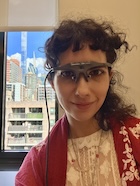
Ella Podvalny, PhD
Postdoctoral Research Fellow
Ella is interested in the circuits of mind’s active engagement with its environment and with other minds, working within (inter)subjective, behavioural and neural realms. She conducts experiments involving naturalistic interpersonal exchange with verbal and non-verbal components and uses intracranial electrophysiology, audiovisual recordings of the scene and eye-tracking. Ella previously conducted research at New York University, Rutgers University and Weizmann Institute of Science, and is currently co-mentored by Dr. Ignacio Saez and Dr. Daniela Schiller at Mount Sinai.

Alessandra Yu
PhD Student
Alessandra N. C. Yu graduated from Pomona College in 2019 with a BA in Psychology and Philosophy. During her undergraduate, she worked on emotion and interoception with Drs. Ajay Satpute and Shlomi Sher at Pomona College, Drs. Julien Deonna and Fabrice Teroni at the University of Geneva, Dr. John Coley at Northeastern University, Dr. Maria Gendron at Yale University, and Dr. Giovanni Pezzulo at the Institute of Cognitive Sciences and Technology. She then completed her Masters of Research in Cognitive Neuroscience at UCL, where she integrated theories of emotion using active inference under the supervision of Drs. Karl Friston, Ryan Smith, Edda Bilek, and Sarah Garfinkel. At Mount Sinai, she is a PhD student in Neuroscience using theoretical integration and computational psychiatry to study affect and agency with Dr. Daniela Schiller and reversal learning with Dr. Vincenzo Fiore.

Gelana Tostaeva
PhD Student
Gelana Tostaeva (she/her) is a Neuroscience PhD student co-mentored by Ignacio Saez, PhD and Daniela Schiller, PhD. Gelana is broadly interested in the computations and representations of flexible behavior in physical and social spaces. She combines intracranial recordings and computational approaches to study how the brain supports these processes with the ultimate goal of translation to social psychiatric disorders. Gelana received her B.S. in Data Science & Statistics from Minerva University. Outside of the lab, you can find her skating in Central Park.

Emma Andraka
PhD Student
In 2022-2023 Emma graduated from the University of Alabama at Birmingham, where she obtained dual enrollment BS-MS degrees in neuroscience and multidisciplinary biomedical sciences. In her undergraduate research she studied molecular contributors to HIV-associated cognitive decline in human blood cells, as well as brain structural and molecular alterations in mouse models of ASD. In her MS research she conducted experiments to characterize novel populations of dopamine and opioid receptor neurons in the brains of rats. At Mount Sinai, Emma is developing a cross-species task for elucidating the decision-making processes and neurophysiology underlying social interactions in rodents and humans, and is mentored by Dr. Daniela Schiller and Dr. Brian Sweis.

Ananya Iyer
Undergraduate Intern
Ana is an undergraduate at Barnard College intending to attain a B.A. in Neuroscience and Behavior. Passionate about people and all things related to the brain, she is excited to be assisting with a clinical trial for misophonia. In the future, Ana hopes to further pursue research related to psychiatric disorders and eventually attend medical school.

Jessica Lee
Undergraduate Intern

Tasmina Hassan
Undergraduate Intern
Tasmina Hassan is a senior at the Macaulay Honors College at Hunter College where she is currently pursuing a double major in Biology (BA) and Computer Science (BA), and is part of the McNulty Scholars program. She has additionally been accepted to the University of Rochester School of Medicine as a part of the Early Assurance Program. Currently, Tasmina is studying how the amygdala responds to the orientation of threats.

Ananya Mehta
High school intern
Ananya is a high school intern currently working under Dr. Ella Podvalny. She has a strong background in computational neuroscience and data analysis, and has contributed to multiple complex projects in the past, such as creating a LLM-based classifier for a new NCAN research database. Under Dr. Podvalny’s guidance, she is focusing on data analysis of patient data to discover patterns semantics, speech, and emotion by utilizing advanced statistical methods and machine learning techniques.
Participate
Misophonia Study - EEG/MRI - recruitment closed
The purpose of this study is to better understand Misophonia, a condition in which auditory triggers lead to strong physical and emotional responses. This is a paid study which will take place at the Icahn School of Medicine at Mount Sinai and will involve two separate visits. During the first, you will be asked to answer a series of survey questions that are designed to assess aspects of your personality, behavior, and mood. We will then introduce you to the games and have you run through them. You will then play two of these games while we record your brain waves with electroencephalogram (EEG), which involves wearing a spongy cap. This first session should last approximately three hours. In the second session, we start by reminding you of the instructions for our final task that you will play within the fMRI scanner and let you practice it again if you’d like. Once you have a comfortable understanding of it, we will help you to get prepared for the fMRI scanner and conduct the MRI. To check eligibility criteria and sign up, click on the link here.
For more questions, email Alissa.Chen@mssm.edu
Misophonia Study - Drug/Behavior - recruitment closed
The purpose of this study is to better understand misophonia, a condition in which auditory triggers lead to strong physical and emotional responses. This study will take place at the Icahn School of Medicine at Mount Sinai and will involve two in-person separate visits and three remote sessions and potentially taking propranolol, a common drug used to treat high blood pressure and can be used for relieving stage fright. To check eligibility criteria and sign up, click on the link here.
For more questions, email Alissa.Chen@mssm.edu
Media
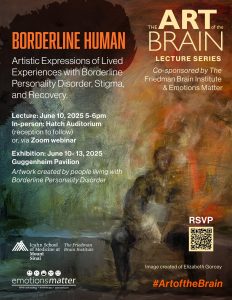
Co-organized by the Schiller Lab, Friedman Brain Institute and Emotions Matter
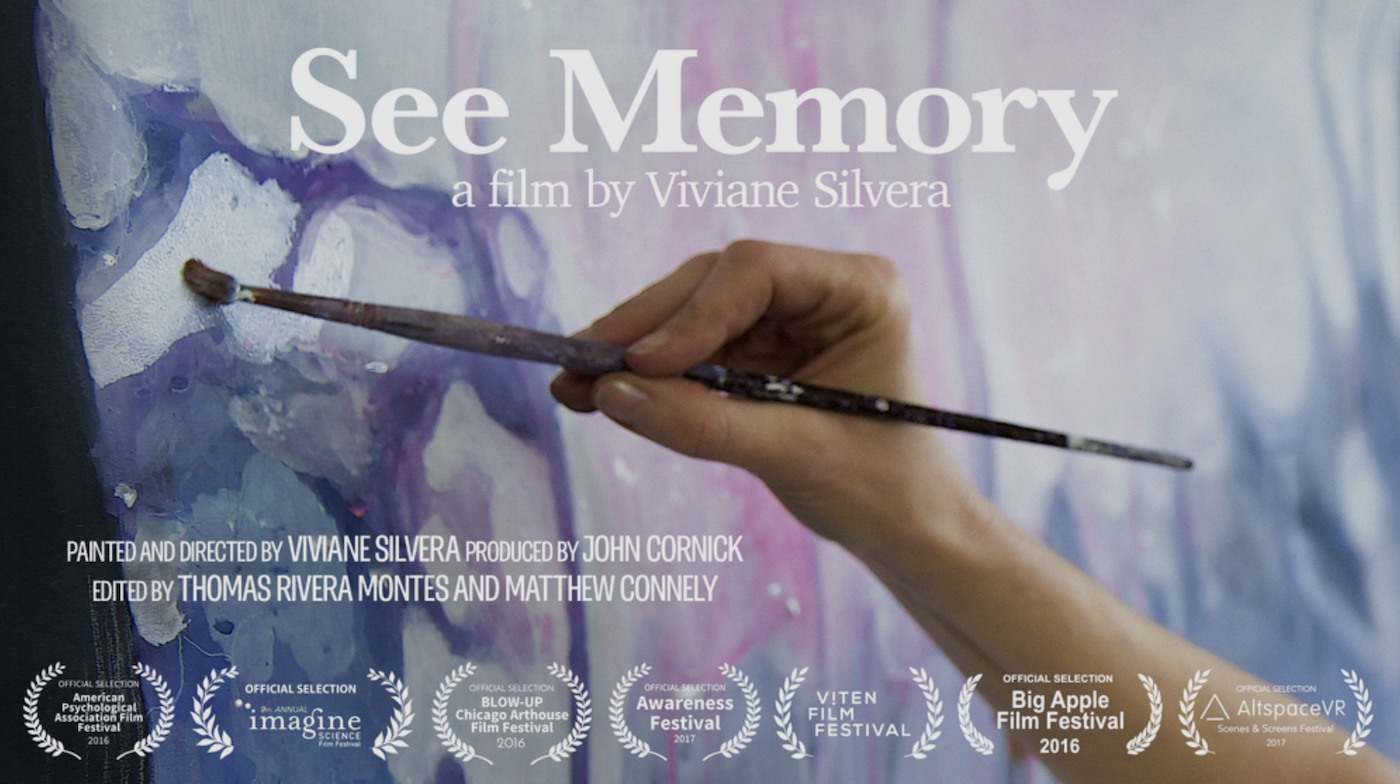
Viviane Silvera’s artwork depicting memory with comments from Daniela Schiller. Short film: See Memory and Memory Without Walls project at Berlin Art Week with the Mauer Exhibition “[reimagining] the Berlin wall”.
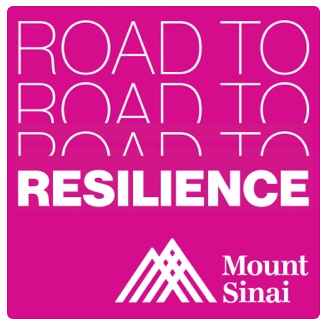
Road to Resilience Podcast. Unmaking Painful Memories.

The Naked Scientists. [Article] Can imagination set you free from fear? [Podcast] Using imagination to unlearn fear.

The Moth Radio Hour. Forgetting Fear. By studying memory, Daniela connects with her father, who refuses to speak about his memories of the holocaust.
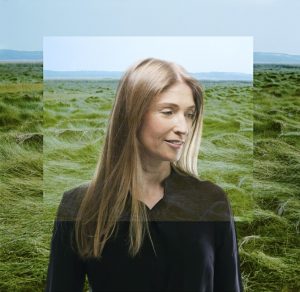
The New Yorker (May 19, 2014) “Partial Recall” by Michael Specter

How to erase bad memories by R. Douglas Fields, Scientific American (Nov 25, 2013).
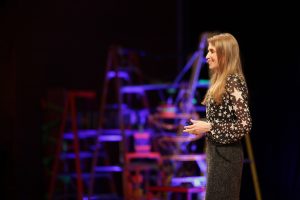 TEDYouth: “The act of remembering is a new experience in itself. Each time we retrieve a memory and re-store it, it’s a little bit different—what we remember is not the original event, it’s our latest version of it.”
TEDYouth: “The act of remembering is a new experience in itself. Each time we retrieve a memory and re-store it, it’s a little bit different—what we remember is not the original event, it’s our latest version of it.”
Daniela Schiller joins a group of passionate speakers who inspire creativity, share mind-shifting stories, and engage the TED Youth audience in ways that every student deserves (Nov. 19).
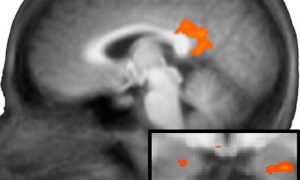
Guardian.co.uk: “Ancient brain circuits light up so we can judge people on first impressions.”
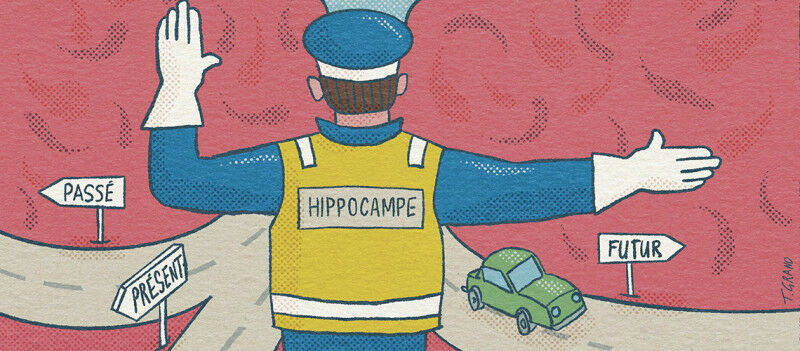
myScience covers Montagrin et al. 2024. The hippocampus, the cerebral conductor of our daily priorities.
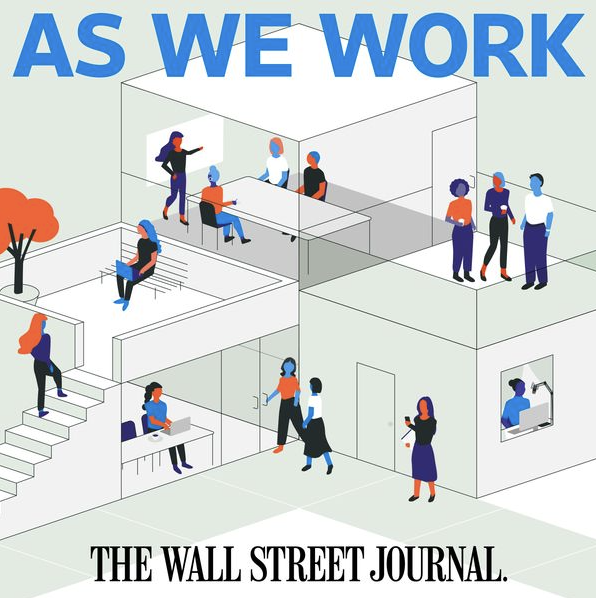
The Wall Street Journal’s As We Work Podcast with Daniela Schiller. Podcast: Could Return to Office Mean a Second Chance at a First Impression? and Print: You Never Get a Second Chance to Make a First Impression at the Office—Until Now
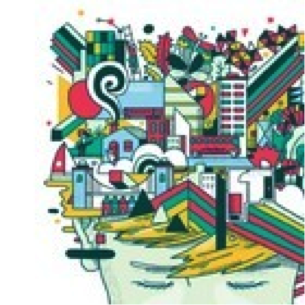
The Wall Street Journal. Moving Through Space When You’re Stuck at Home.

The Washington Post. Your imagination could help conquer your fears.

Hippocampus makes ‘social’ maps” by Laura Sanders, Science News (April 30, 2016). Brain structure known tracking physical locations also monitors other relationships.

Proceedings of the National Academy of Sciences: The Amygdaloids by Stephen Ornes
Studio 360 Live: Stories on memory.
Neuroscientist Daniela Schiller’s father rebuffed her attempts to talk about his experiences of the Holocaust. It wasn’t until years later that she came to understand him better.
 The Royal Society: “Does emotion serve a particular function? How important is emotion in artistic expression? How do we study emotion in science and the arts?”
The Royal Society: “Does emotion serve a particular function? How important is emotion in artistic expression? How do we study emotion in science and the arts?”
Daniela Schiller joins Ray Dolan, Professor of Neuropsychiatry at UCL, on a panel of experts representing the literary world and the visual arts to discuss these and other fascinating questions.
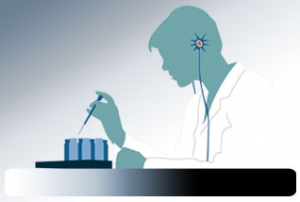 Nature: NeuroPod is the neuroscience podcast from Nature, produced in association with the Dana Foundation. NeuroPod included us in the most important studies of the year 2009.
Nature: NeuroPod is the neuroscience podcast from Nature, produced in association with the Dana Foundation. NeuroPod included us in the most important studies of the year 2009.
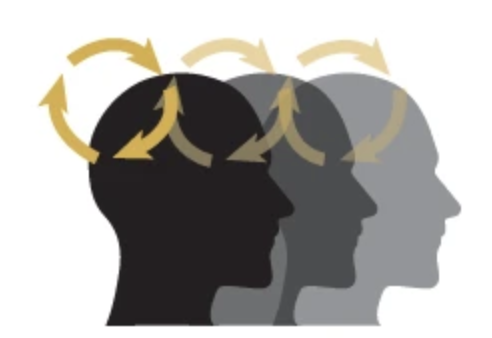
NYTimes covers Perl et al. 2023 on how our Brain Study Suggests Traumatic Memories Are Processed as Present Experience.
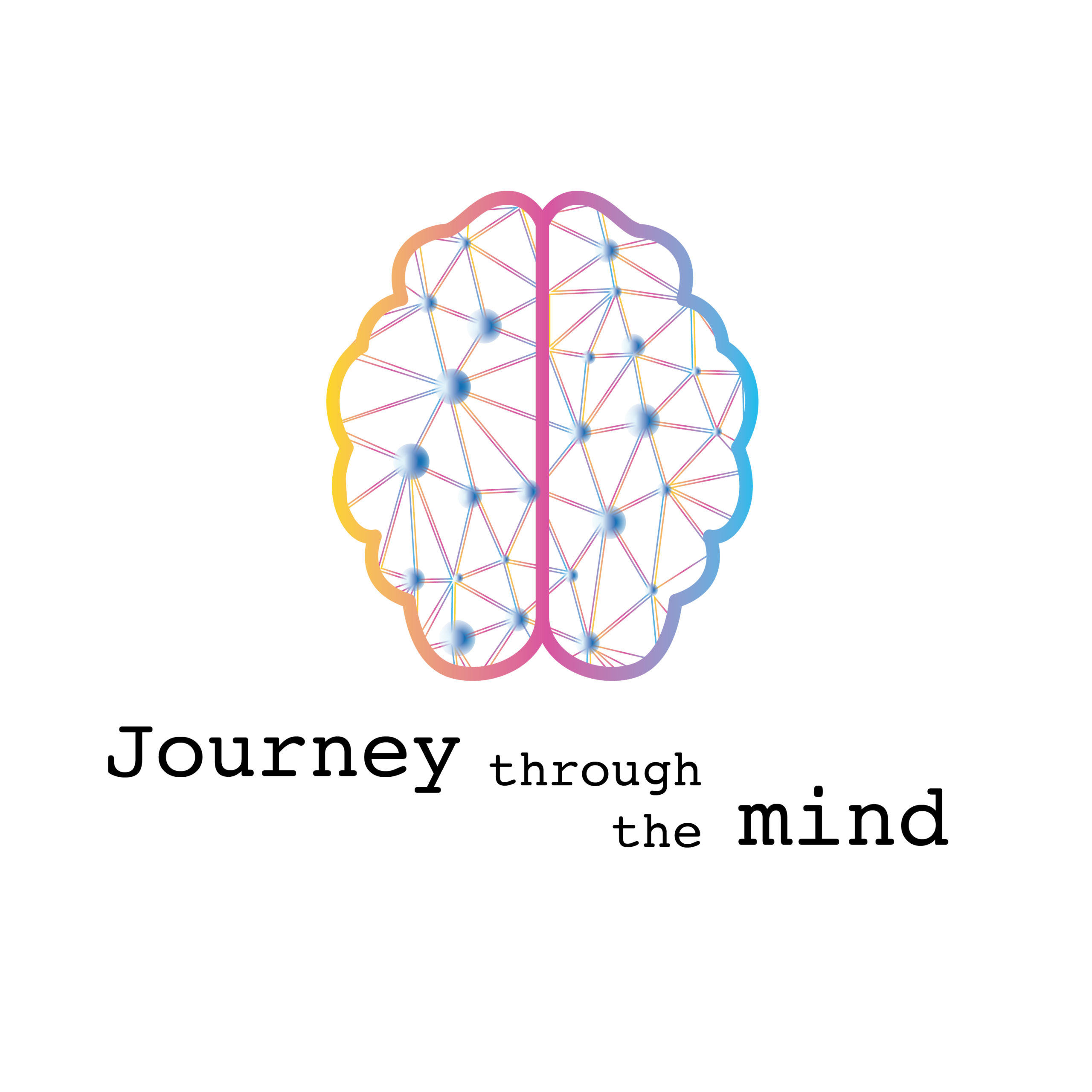
Journey through the Mind: Exploring the Life of a Neuroscientist. Episode 1.
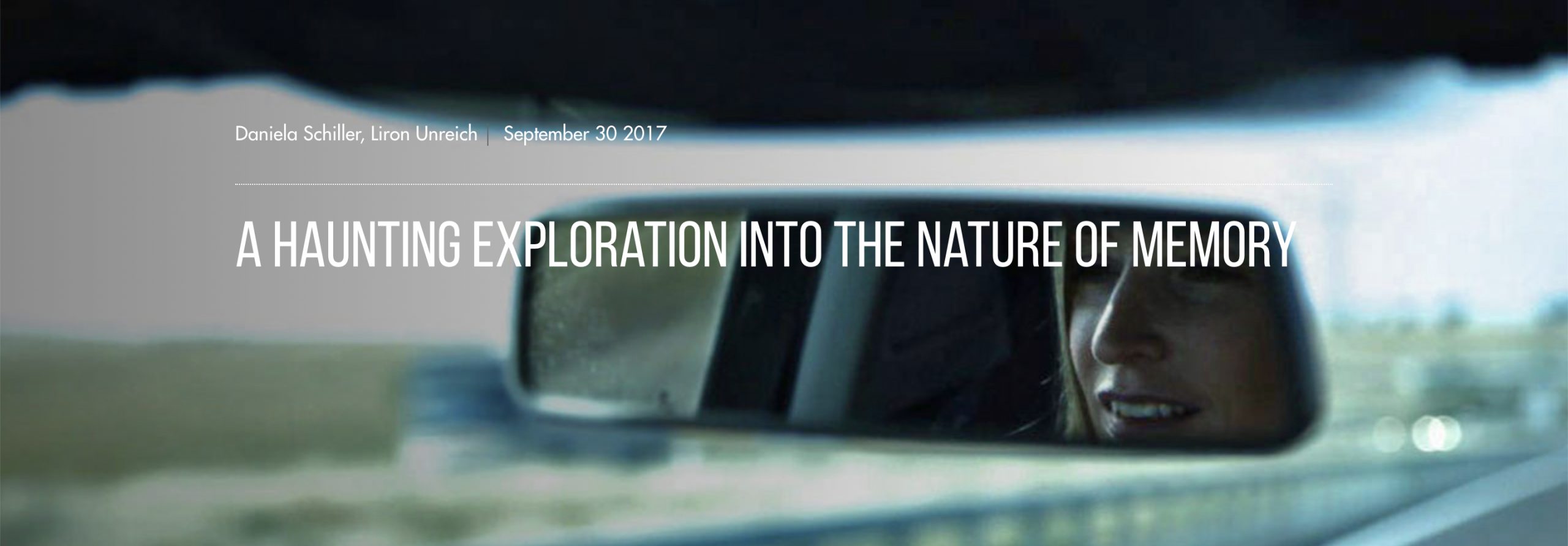
A Haunting Exploration into the Nature of Memory interviews Daniela Schiller and filmmaker Liron Unreich on Reconsolidation, Winner of Scientific Merit Award at 9th Annual Imagine Science Film Festival.
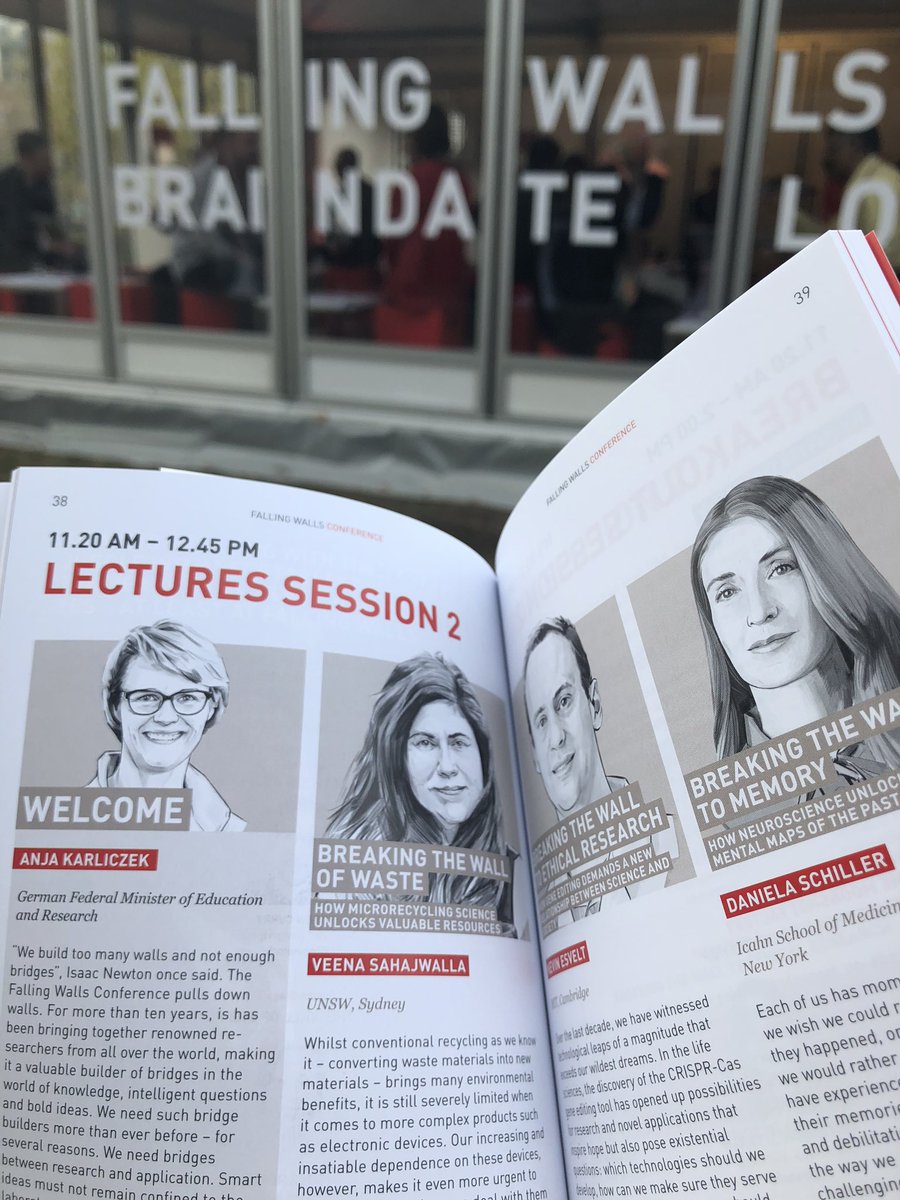
Falling Walls Foundation. How Neuroscience Unlocks our Mental Maps of the Past by Daniela Schiller.
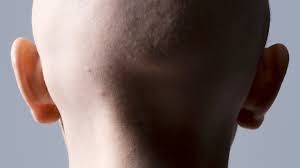
Memory Hackers, NOVA (February 10, 2016). Memory is the glue that binds our mental lives. Without it, we’d be prisoners of the present, unable to use the lessons of the past to change our future. From our first kiss to where we put our keys, memory represents who we are and how we learn and navigate the world. But how does it work?
 MIT Technology Review: Repairing Bad Memories by Stephen S Hall.
MIT Technology Review: Repairing Bad Memories by Stephen S Hall.
 Guardian.co.uk: “Research suggests a simple way to neutralise memories that evoke fear, but perhaps it is by learning to cope with life’s random tragedies that we develop as humans?”
Guardian.co.uk: “Research suggests a simple way to neutralise memories that evoke fear, but perhaps it is by learning to cope with life’s random tragedies that we develop as humans?”
 DNAinfo.com: Our research was awarded the Blavatnik award of the New York Academy of Sciences.
DNAinfo.com: Our research was awarded the Blavatnik award of the New York Academy of Sciences.

New York Times: “A new study suggests that doctors can take advantage of the brain’s natural updating process—the way it might soften its impression of, say, pit bulls after seeing a playful one—to treat phobias, post-traumatic stress and other anxiety disorders.”
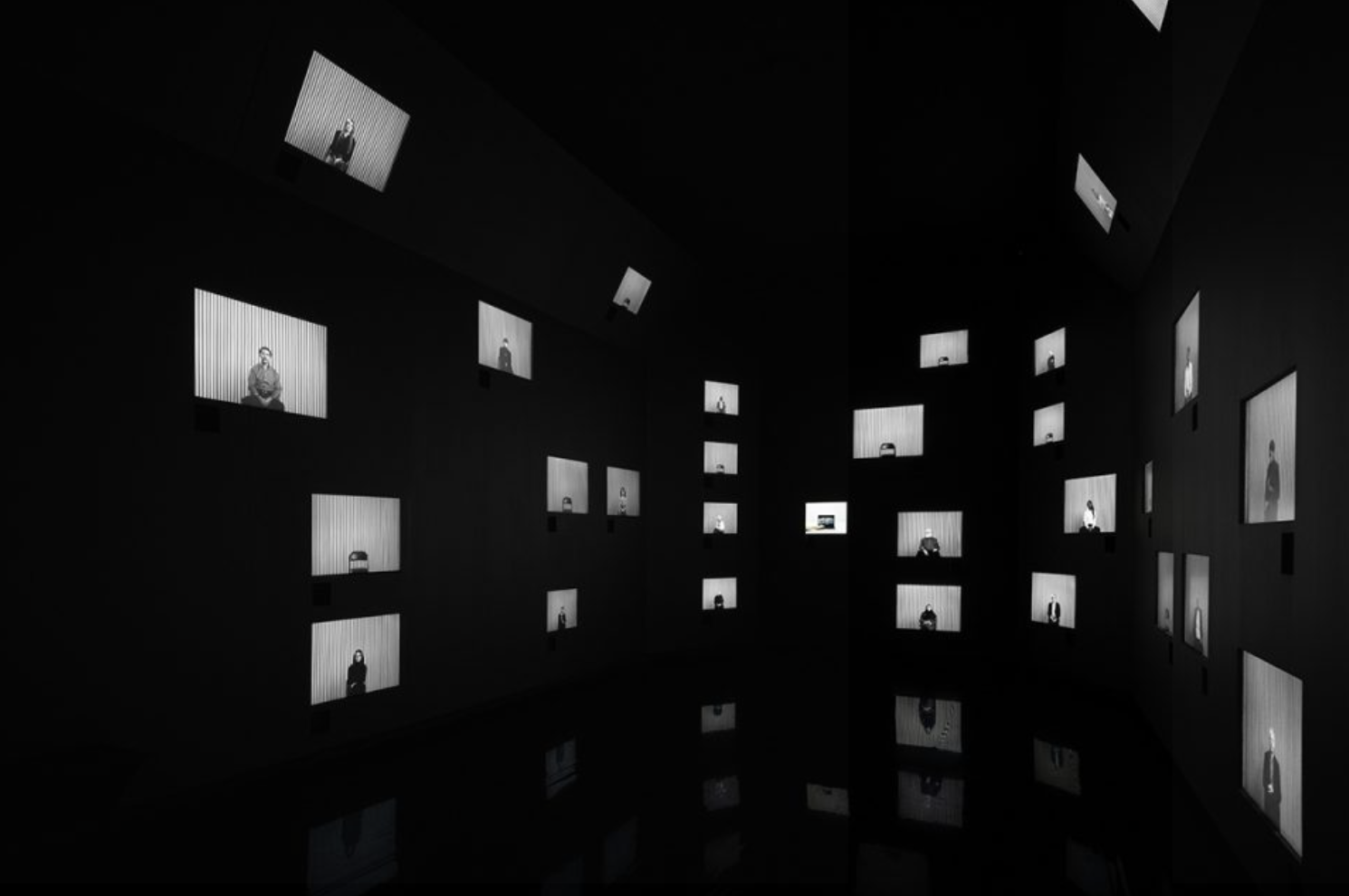
Human Brains: It Begins with an Idea is an exhibition by Fondazione Prada that features Daniela Schiller to showcase the history of neuroscience.
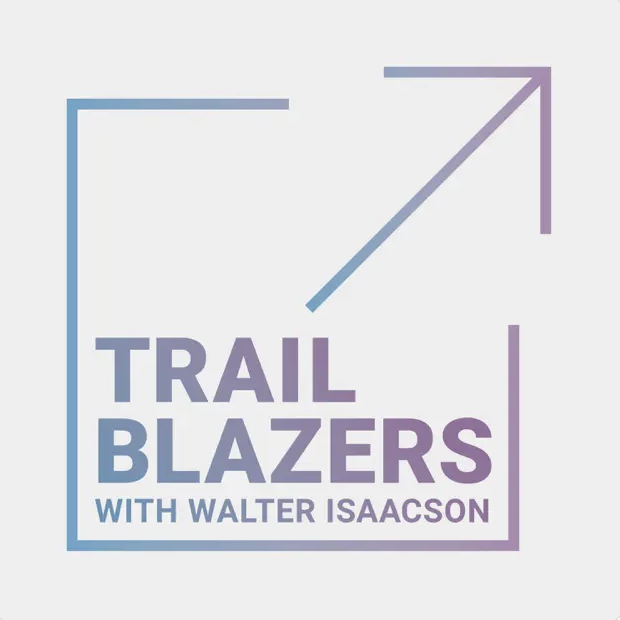
Podcast show Trailblazers with Walter Isaacson, digital revolution expert, chats with Daniela Schiller and more in “Memory: The Science of How We Remember” on repairing damaged memories.
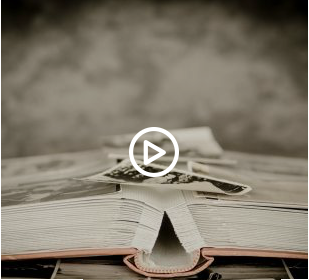
Newstalk. Rewriting Memories.
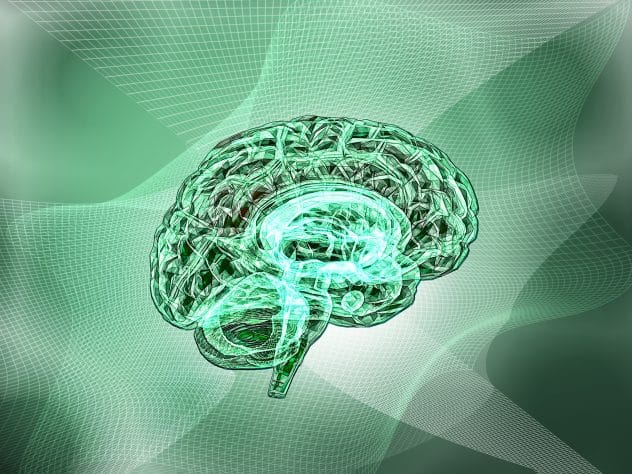
PsychCentral. Brain Biomarkers May Help Predict Risk of Severe PTSD.

The Ripple Project – “Reconsolidation” documentary
A daughter discovers synchronicity between her scientific career and her father’s method of coping with his traumatic past. Reconsolidation begins with a clinical look into a neurological experiment as neuroscientist Dr. Daniela Schiller, labors to discover the key to rewriting fearful memories — reconsolidation
EmTech: Neuroengineering – The Future is Now: Daniela Schiller, Associate Professor, Mount Sinai Hospital on groundbreaking research on memory , and whether we might enable us to block highly traumatic memories.
 TSN – The Science Network: Daniela Schiller talks to Roger Bingham about how she got into science and reviews research, including her own, on modifying fear memories. ted_youth.
TSN – The Science Network: Daniela Schiller talks to Roger Bingham about how she got into science and reviews research, including her own, on modifying fear memories. ted_youth.
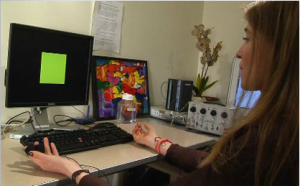 Nature: Video on our non-invasive way to affect memory reconsolidation in humans.
Nature: Video on our non-invasive way to affect memory reconsolidation in humans.

The Amygdaloids are a New York City band made up of scientists who shed their scientific garb at night and take to the stage with songs about love and life peppered with insights drawn from research about mind and brain and mental disorders.
Essays
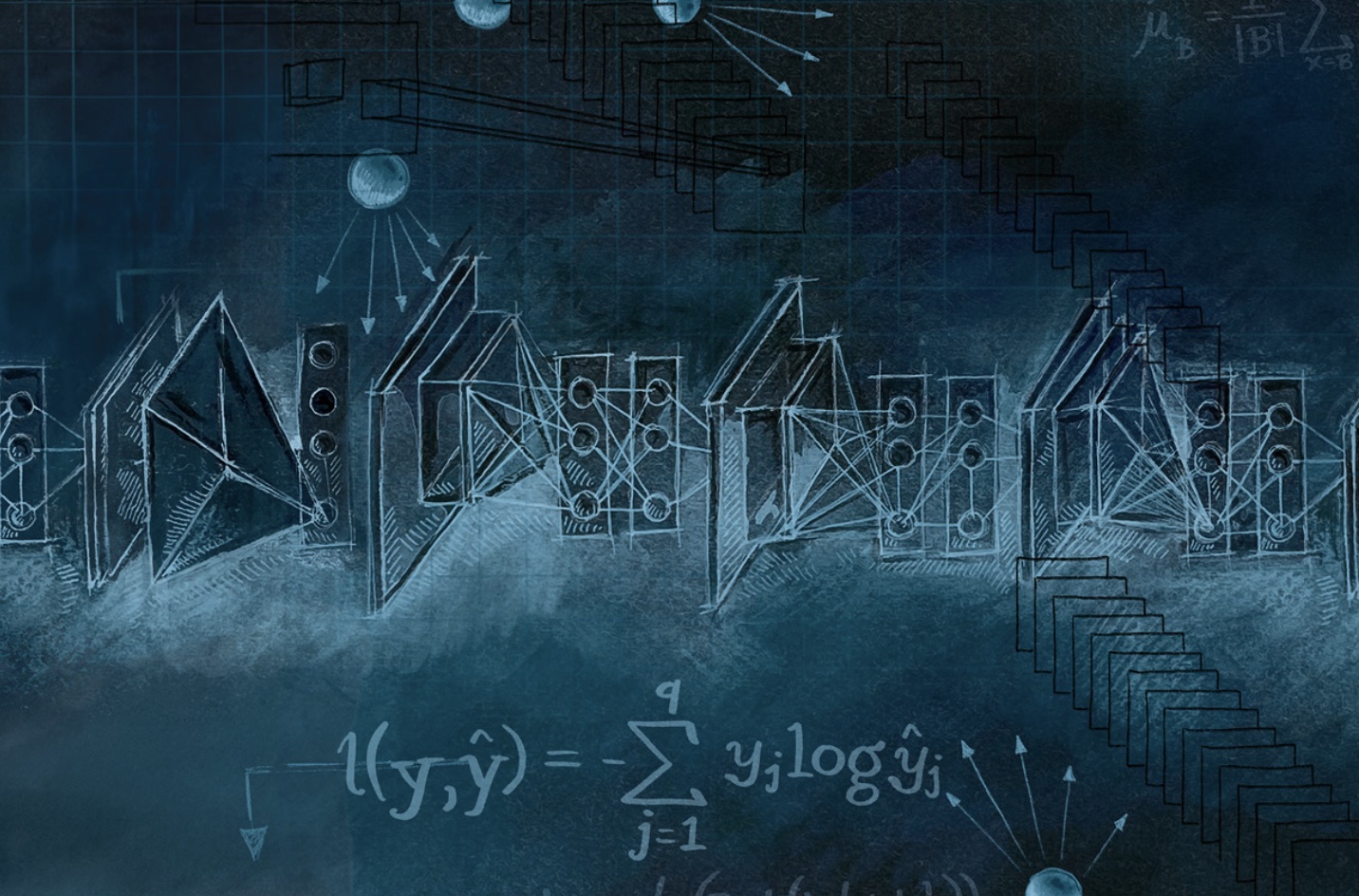
How AI avatars of the deceased could transform the way we grieve, by April Reese with quotes from Saren Seeley, New Scientist.
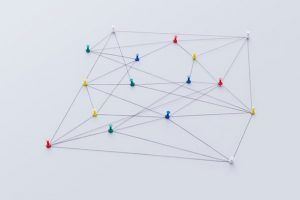
Falling Walls: Social Relationships as a Spatial Problem, by Daniela Schiller, Scientific American.

Schiller, D. (2016). Running to Forget. Int J Neuropsychopharmacology 19, 1-2.

Snakes in the MRI Machine: A Study of Courage. What courage looks like in the brain—in real time. By Daniela Schiller in Scientific American
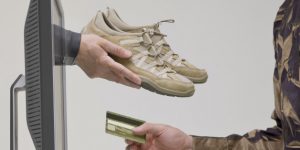
Yielding to Neural Temptation. By Daniela Schiller in Huffington Post Science.
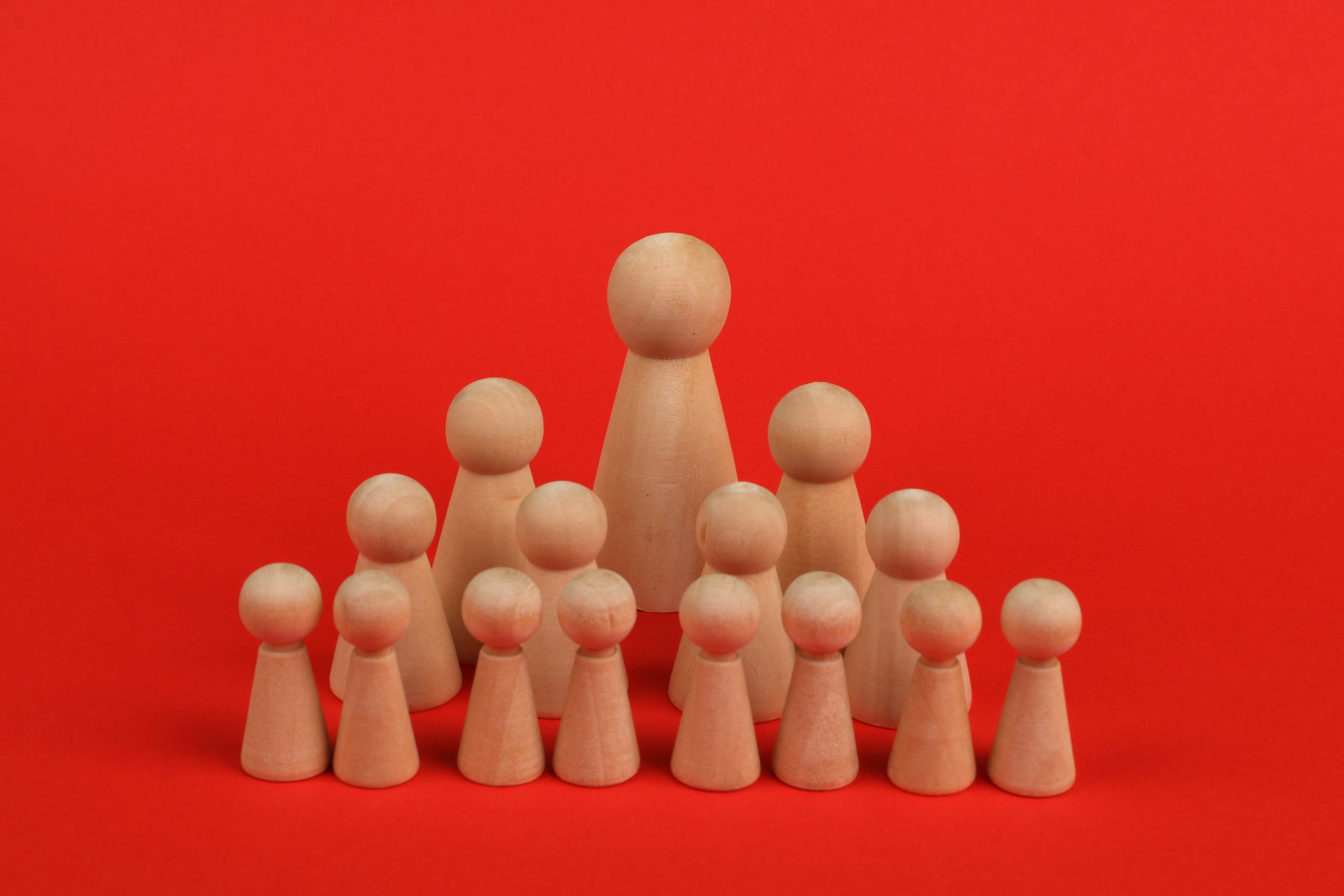
A dominant role for serotonin in the formation of human social hierarchies, by Matt Schafer and Daniela Schiller, Neuropsychopharmacology.
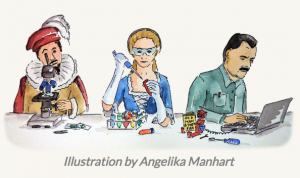
The Cooper Square Review of Science, Technology, and Medicine (2018). Grits and Grantsmanship. What if Jane Austen wrote a story on the social intricacies of laboratory life?

Behavioral Genetics: Of Mice, Men, and Internal Bliss by Daniela Schiller in Current Biology

The Courage to Fear. Even if subdued, fear is always there, lurking. Waiting for the right moment to erupt and take over your will. What are the brain mechanisms underlying our fear memories, and can we change them? By Daniela Schiller in Huffington Post Science.
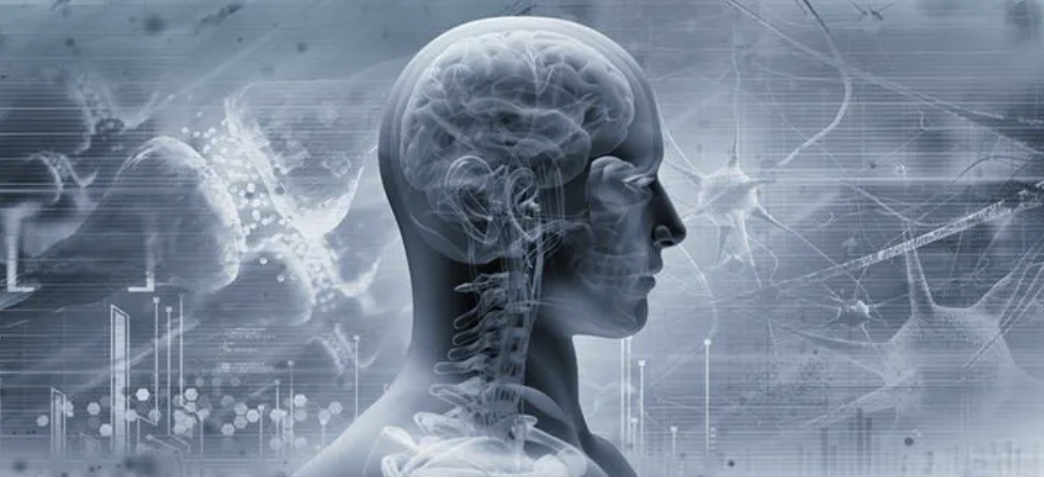
Telling Humanity’s Brain Story: Insights From Brain Capital, by Eyre et al., Psychiatric Times.

Homan P and Schiller D (2016) Neuroscience: This is not a spider. Current Biology 26, R882-R902
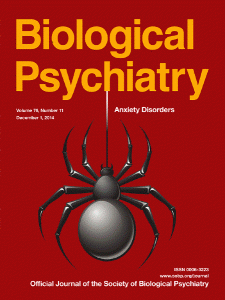
A Lighter Shade of Trauma by Daniela Schiller in Biological Psychiatry.

Affective Neuroscience: Tracing the Trace of Fear. The trace of fear has been elusive and difficult to discern in the human brain. Researchers have come up with a clever new way to track it down. By Daniela Schiller in Current Biology.
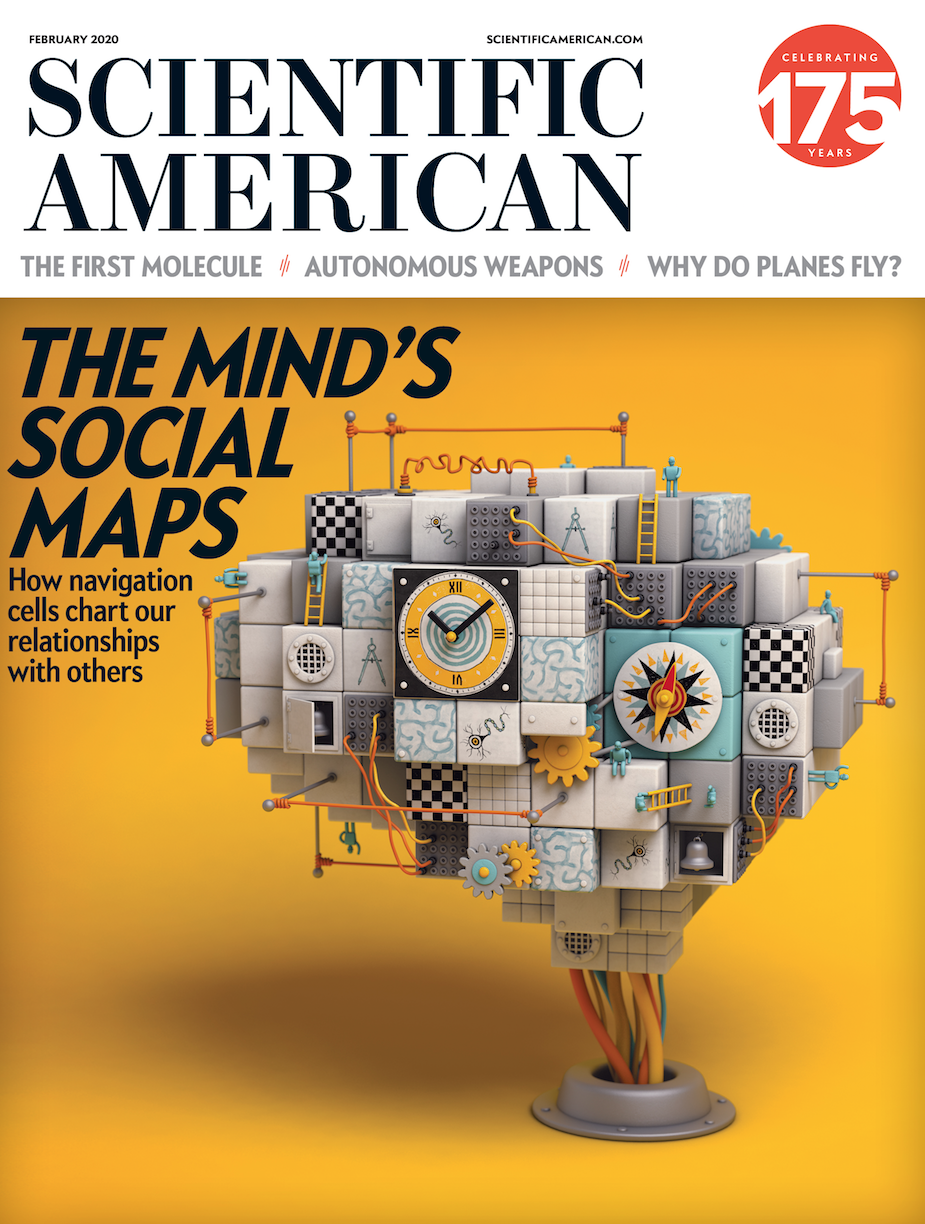
In Search of the Brain’s Social Road Maps, by Matthew Schafer and Daniela Schiller, Scientific American.
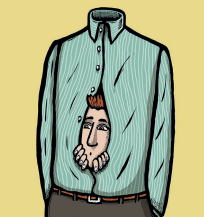
Schiller, D. (2016). Hacking the brain to overcome fear. Nature Human Behavior 1:0010.

A Labtime Story By Daniela Schiller for Nature.com
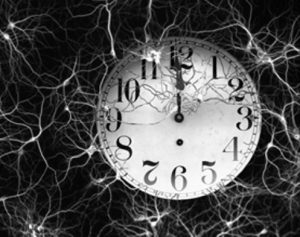
How Free Is Your Will? A clock face, advanced neurosurgery—and startling philosophical questions about the decision to act. By Daniela Schiller and David Carmel in Scientific American.
Lab Awards
2025 Dhwani Shah been awarded the Swiss Excellence Scholarship
2025 Tasmina Hassan won second runner-up prize at Macaulay Outstanding Undergraduate Research Awards competition
2024 Parul Jain – The Misophonia Research Impact Award
2024 Alessandra N. C. Yu – second runner-up prize in recognition of 1-minute video presentation for community and public in Emotion Express Challenge at the International Society for Research on Emotion (ISRE) Biennial Meeting
2024 Kaustubh Kalkarni (“KK”) received the Graduation with Distinction in Research Award.
2024 Daniela Schiller, Neuroscience Mentorship Distinction Award (NMDA), Friedman Brain Institute
2023 Lily MacNamara – 1st place in Behavioral Science at the Westchester-Rockland Junior Science and Humanities Symposium (WR-JSHS), and Honorable Mention at Regeneron Westchester Science and Engineering Fair (WESEF)
2023 Saren Seeley – NARSAD Young Investigator Grant
2023 Shaun Kohli – Carolyn L. Kuckein Student Research Fellowship
2023 Shaun Kohli – The Medical Student Training in Aging Research (MSTAR) Program
2023 Alessandra N. C. Yu – Renaissance Scholar Award from the Student Council Award Gala
2022 Nicole Bungo – Honorable Mention for the Senior division at the Long Island Science Congress, Inc.
2021 Sarah Banker – Best Research Achievement in Neuroscience (BRAIN) Award
2021 Denise Croote – Recipient of the Award for Science Advocacy
2021 Daniela Schiller – Promoted to Professor of Neuroscience and Psychiatry
2021 Matthew Schafer – Ruth L. Kirschstein Predoctoral Individual National Research Service Award (F31)
2021 Sarah Banker – Seaver Graduate Fellowship, Beatrice and Samuel A. Seaver Foundation
2020 Denise Croote – Mount Sinai’s Excellence in Community Service Award
2020 Temidayo Orederu – Ruth L. Kirschstein Predoctoral Individual National Research Service Award (F30)
2020 Ofer Perl – Best Abstract Award in the Annual Neuroscience Retreat
2020 Matthew Schafer – Best Poster Blitz winner in the Annual Neuroscience Retreat
2020 Daniela Schiller – Promoted to Tenured Associate Professor
2019 Matthew Schafer – Dartmouth MIND Scholarship
2019 Matthew Schafer – Kavli Summer Institute in Cognitive Neuroscience Scholarship
2019 Matthew Schafer – Honorable Mention in the NSF Graduate Research Fellowship Program
2019 Daniela Schiller – Elected member of the International Neuropsychological Symposium (INS)
2019 Daniela Schiller – Elected member of the American College of Neuropsychopharmacology (ACNP)
2018 Temidayo Orederu – Dartmouth MIND Scholarship
2018 Denise Croote – Best Research Achievement in Neuroscience (BRAIN) Award
2018 Denise Croote – NSF Graduate Research Fellowship
2018 MacKenzie Boatman – 2nd Place at the Regeneron Westchester Science & Engineering Fair
2018 MacKenzie Boatman – 1st Place at the Westchester Rockland Junior Science and Humanities Symposium
2018 Temidayo Orederu – NIMH R01 administrative supplement
2018 Daniela Schiller – Friedman Brain Institute Research Scholar Award
2017 Felipe Corchs – São Paulo Research Foundation Fellowship
2017 Denise Croote – 2nd place in the Brain Imaging Center’s 4th Annual Symposium Poster Competition
2017 Denise Croote – 1st place at the Graduate School Data Blitz Competition
2017 Philipp Homan – 3rd place in Mt Sinai’s FBI Neuroscience Retreat Poster Competition
2016 Alison Montagrin – Swiss National Science Foundation early post-doctoral mobility program award
2015 Philipp Homan – Swiss National Science Foundation Fellowship for prospective researchers
2014 Daniela Schiller – Klingenstein-Simons Fellowship Award in the Neurosciences
2014 Daniela Schiller – The Harold and Golden Lamport Research Award
2014 Daniela Schiller – Kavli Scientist-Writer Fellow
2014 Caroline Overacker – Fisher Scientific Award for an outstanding behavioral project
2013 Daniela Schiller – Kavli Frontiers of Science Fellow, National Academy of Sciences
2013 Daniela Schiller – Le Foundation Award
2013 Dorothee Bentz – Swiss National Science Foundation Fellowship for prospective researchers
2013 Abigail Orlando – Intel ISEF 2013 1st place winner
2012 Marianne Reddan – Best Talk Award in Mt Sinai’s FBI Neuroscience Retreat
2012 Lee Lau – Best Poster Award in Mt Sinai’s TMII Retreat
2012 May Yuan – Best poster award SANS 2012
2010 Daniela Schiller – Blavatnik Award for Young Scientists, The New York Academy of Sciences
Journal Covers

Lab News
Daniela performs with The Amygdaloids at the student retreat

Sarah Banker and her mentoring team featured in the graduate student report
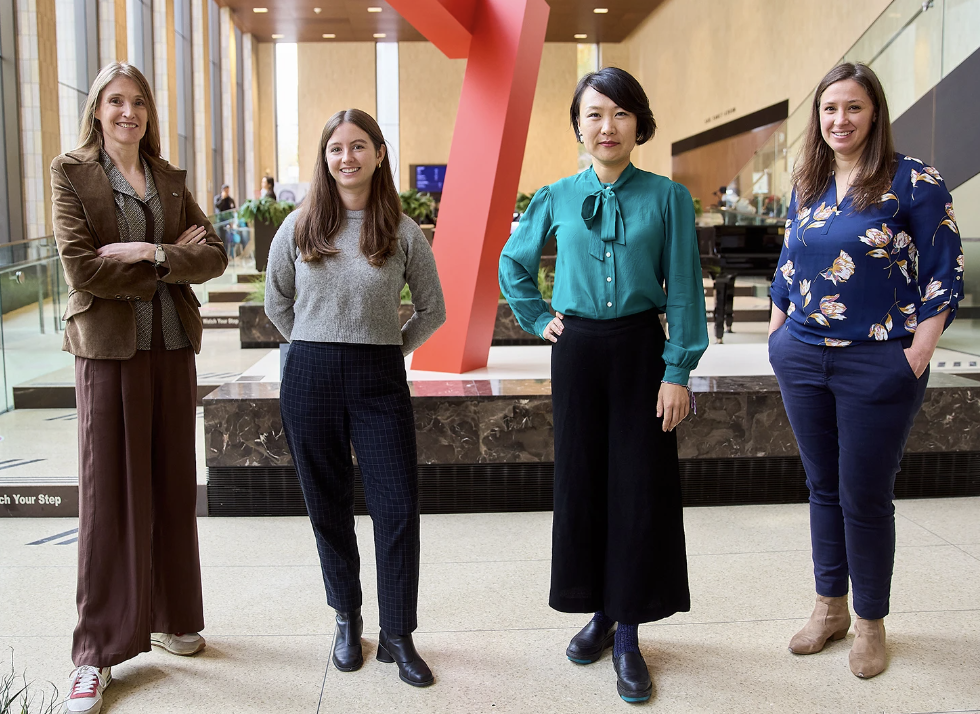
New blog post by Saren Seeley: How to read a brain (or not).
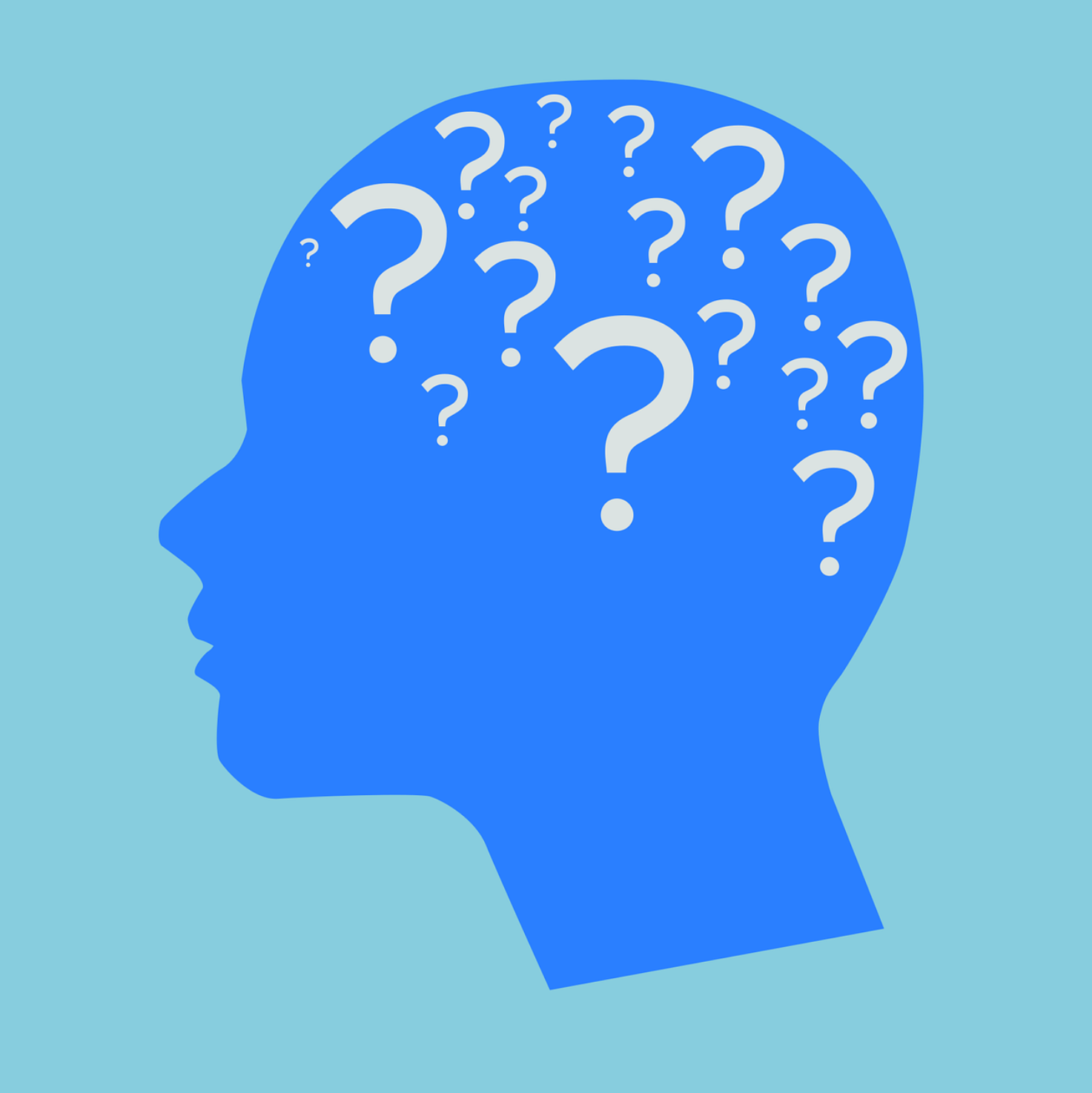
New blog post by Chrysanthi Blithikioti: Patching My Patch-Clamping.
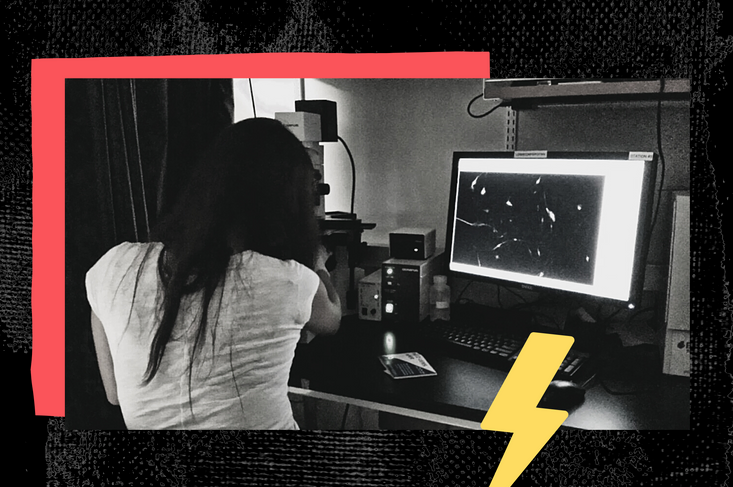
New blog post by Matthew Schafer: “How do we keep track of our social world?”
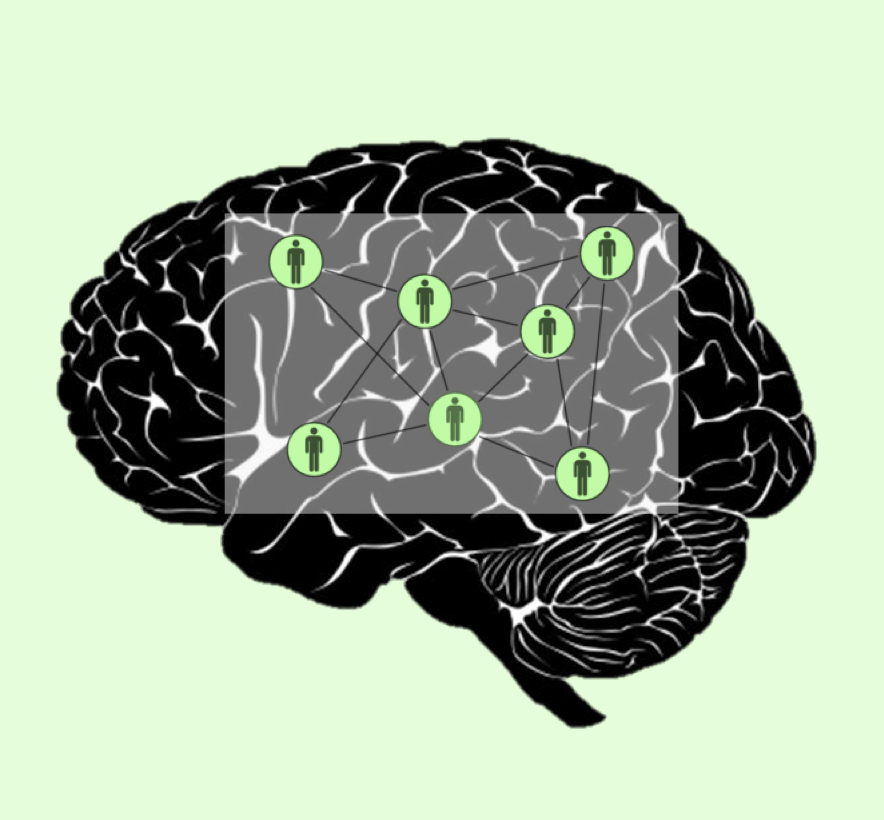
New blog post by Christina Maher: “Are the answers to effective mental health care in cells of sonnets?”
The book is here! Check out Chapter 24 by Tem and Daniela.
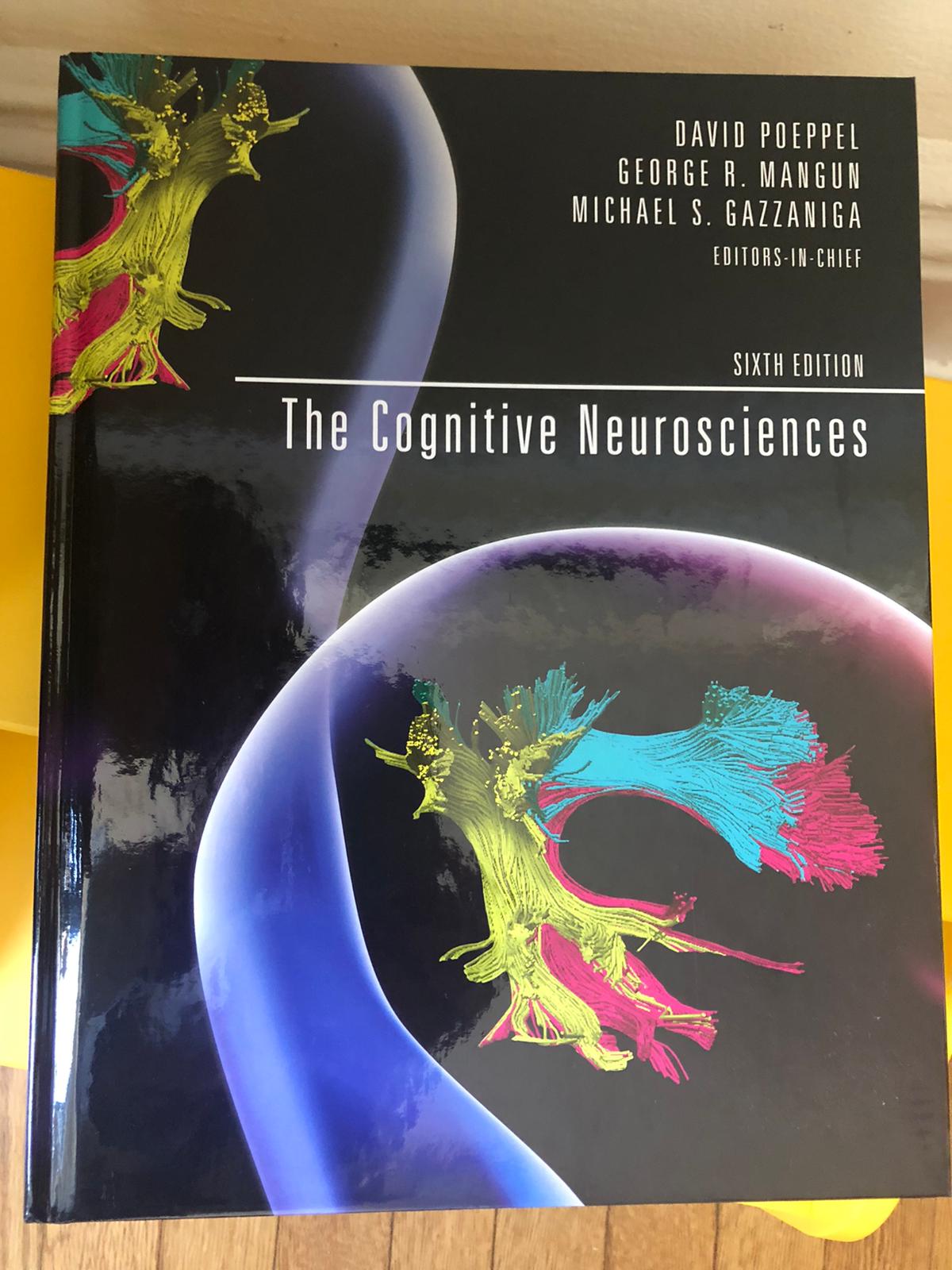
Lab Life

Alessandra and Qi Xiu in St. Luis for SPAN 2025
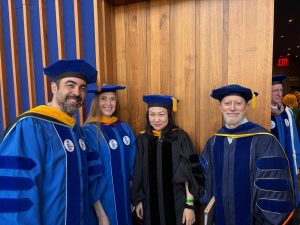
KK’s graduation ceremony, 2025
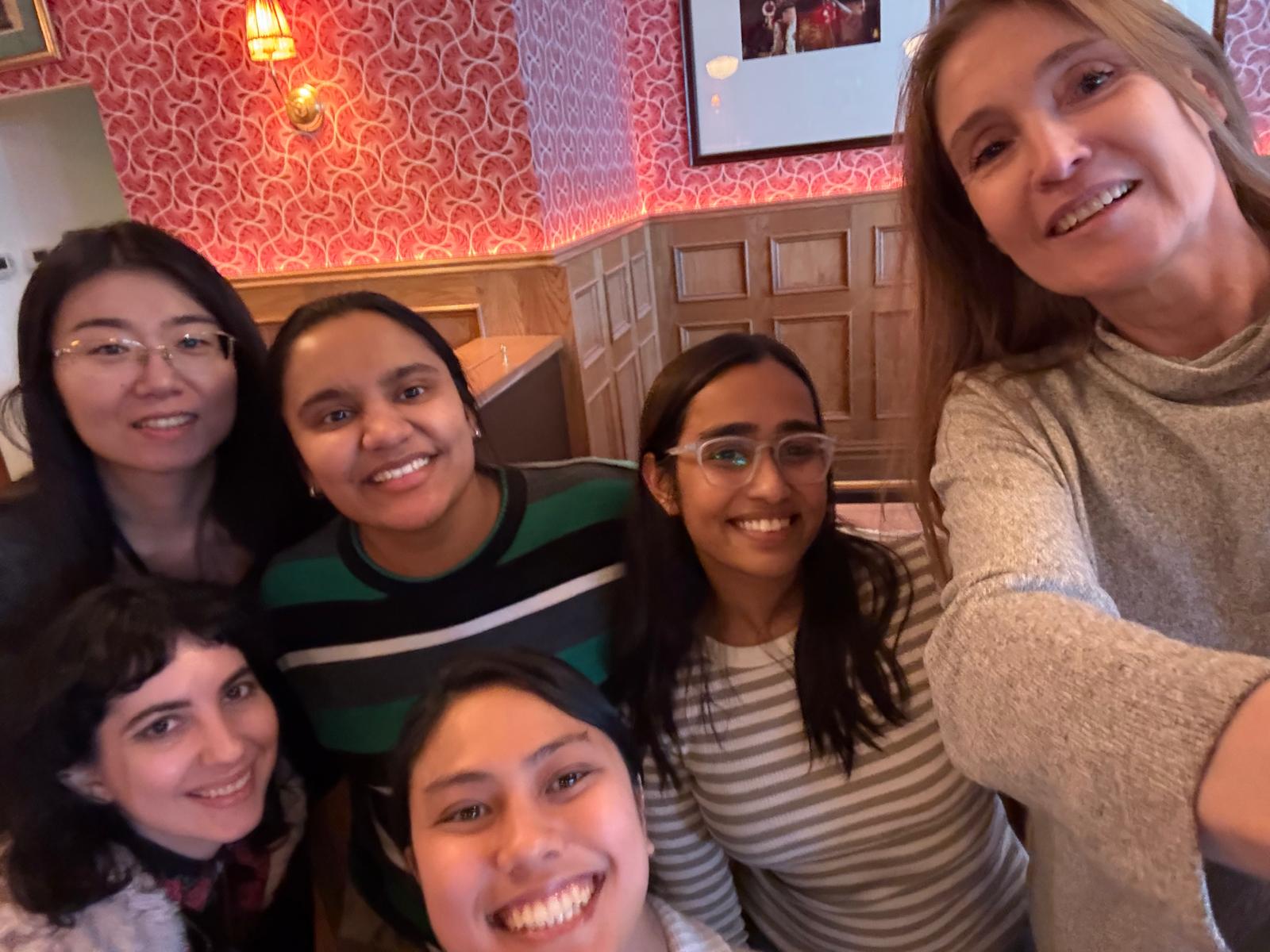
Lab lunch, 2025 – farewell to Dhwani

Lab breakfast, 2024 – farewell to Sarah Banker

Lab lunch, 2024 – farewell to Alissa Chen
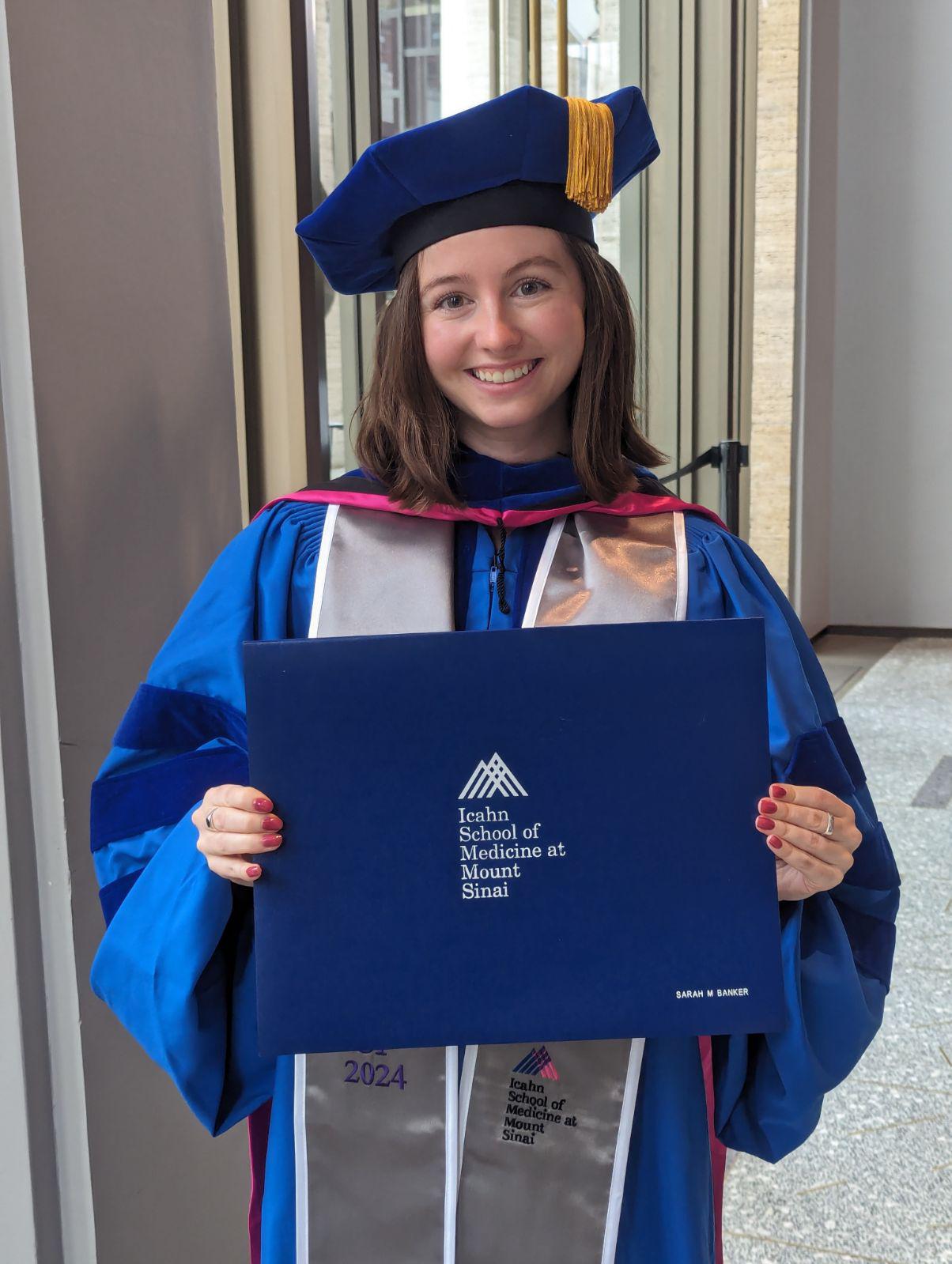
Sarah’s Graduation – 5/16/24
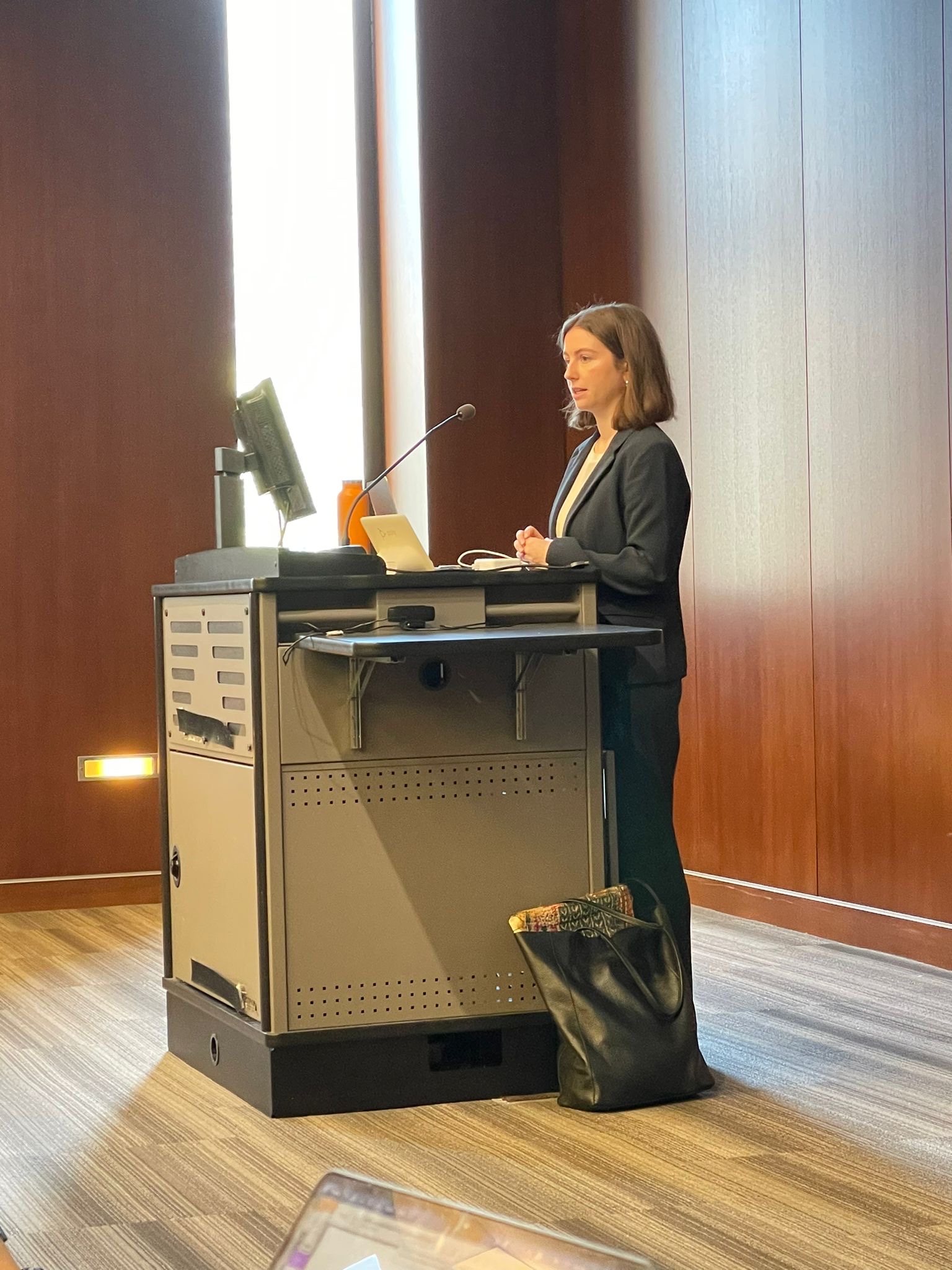
Sarah’s Thesis Defense – 5/2/24
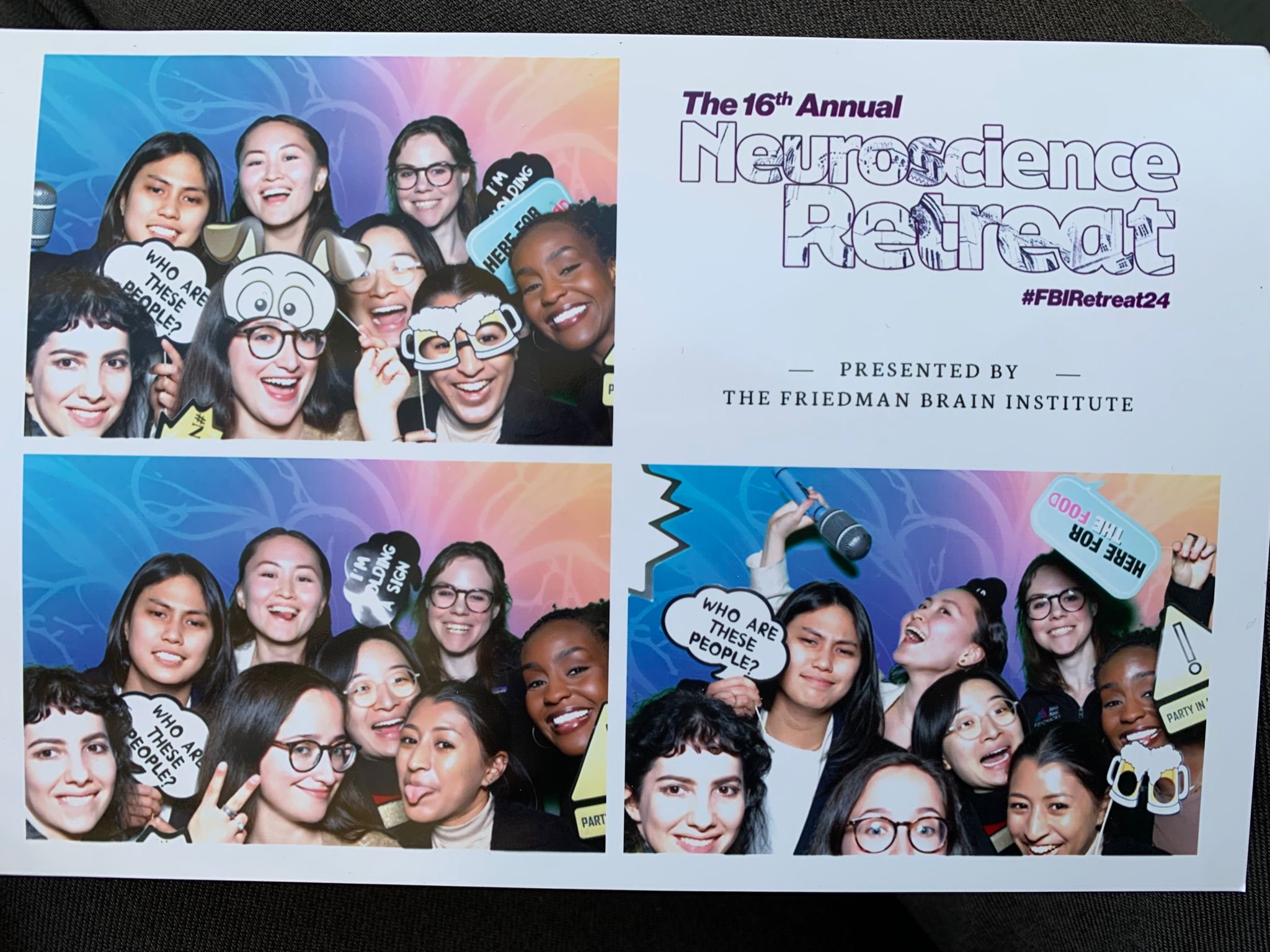
Neuroscience Retreat – 4/26/24

ColorMeMine – 3/22/24
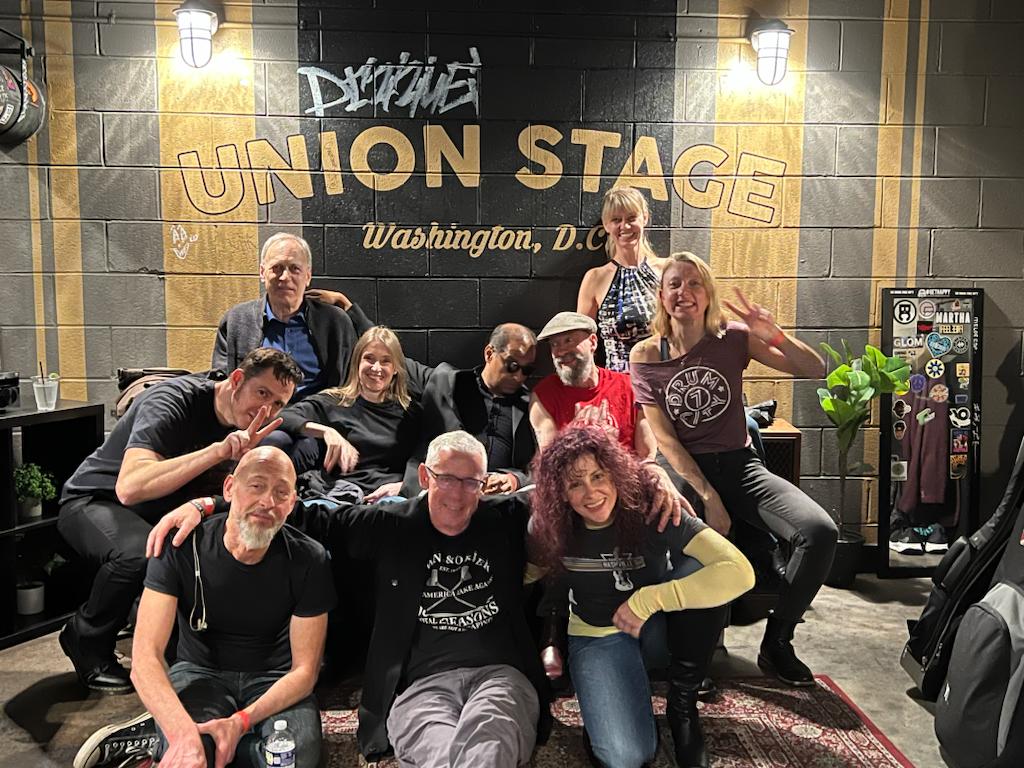
Pavlov’s Dogz gig at SfN 2024
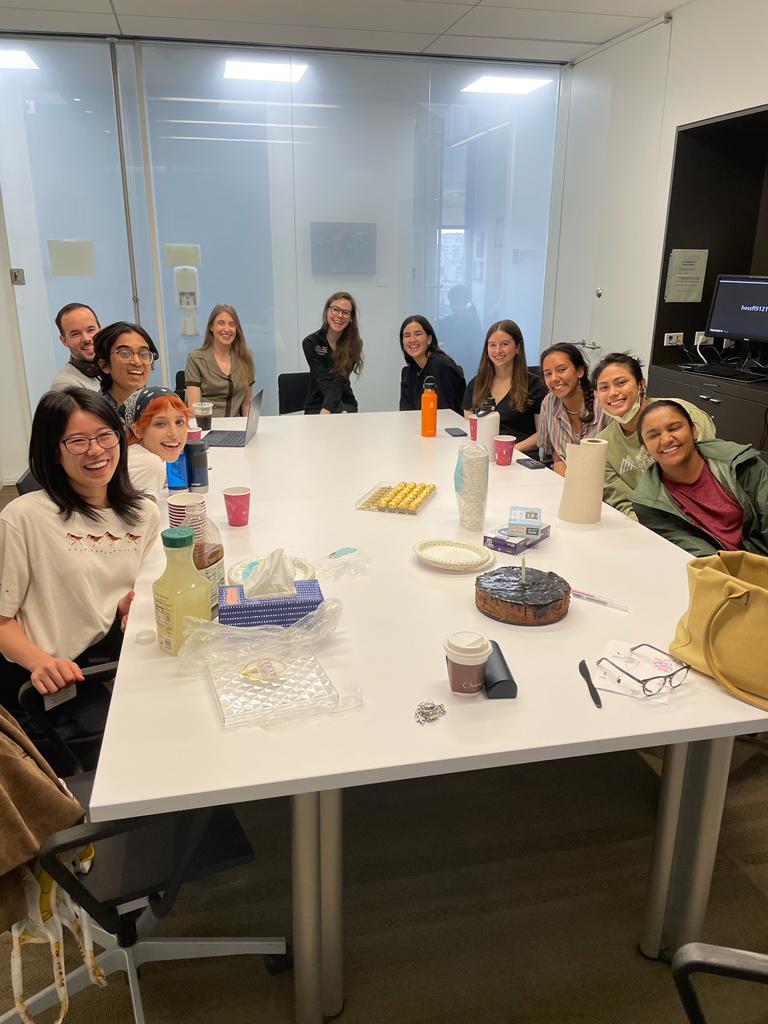
Daniela’s Birthday Celebration -10/27/23
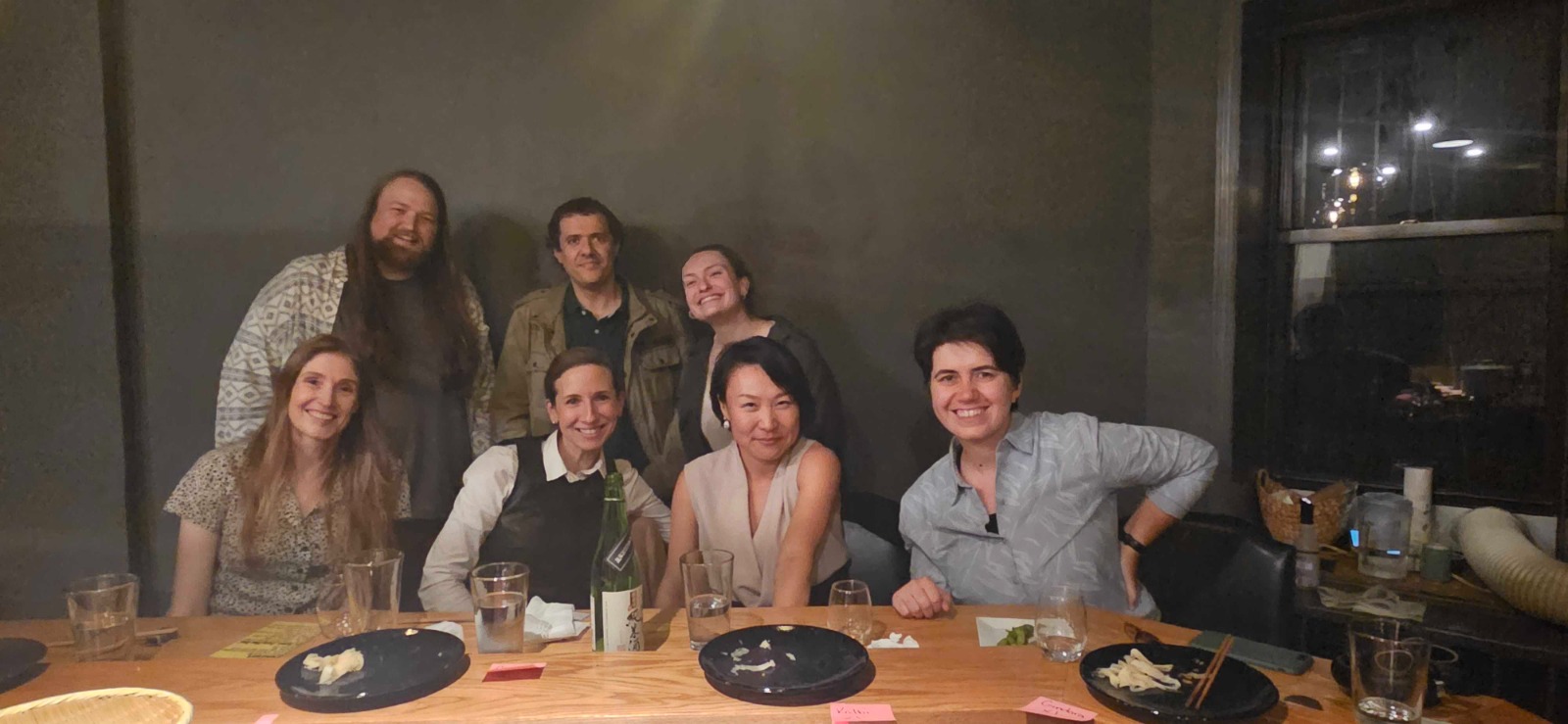
Center of Computational Psychiatry Faculty Night – 10/26/23

On a Chicago river cruise provided at the Misophonia Research Fund Meeting – 9/20/23
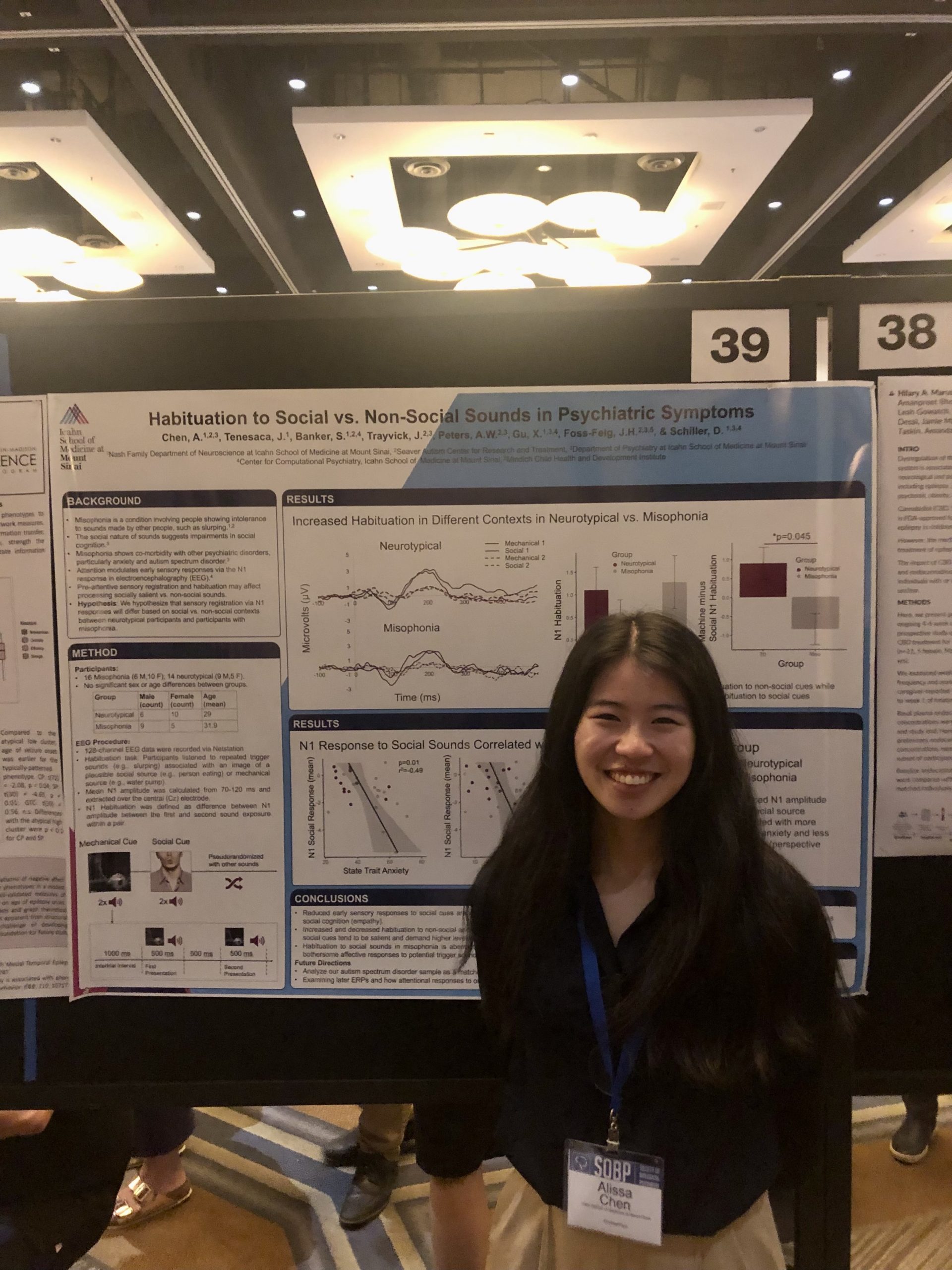
Alissa at SOBP – 4/28/23
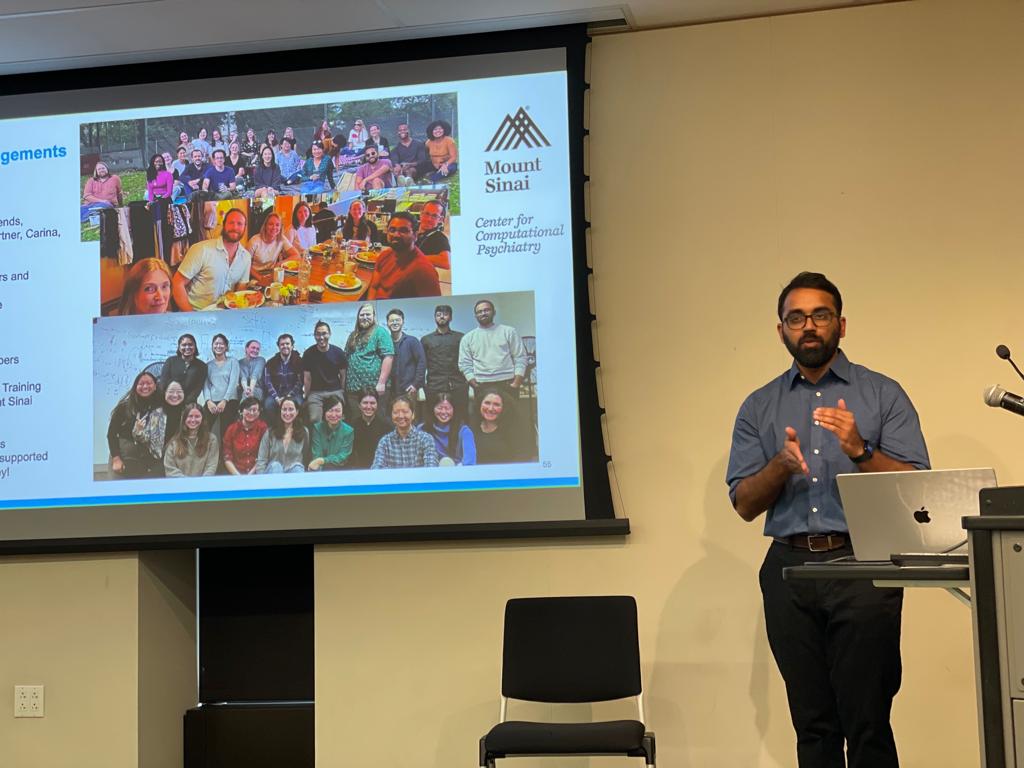
KK’s Defense – 4/25/23
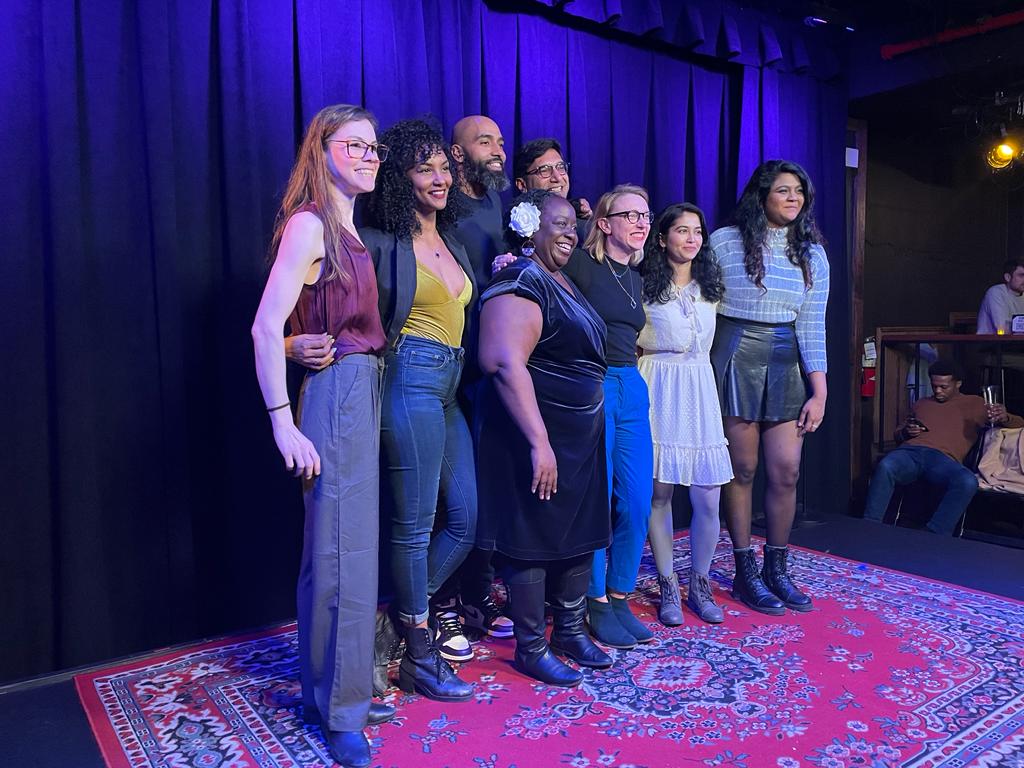
Saren in Stories of Brain and Beyond with Mount Sinai and Story Collider – 3/22/23
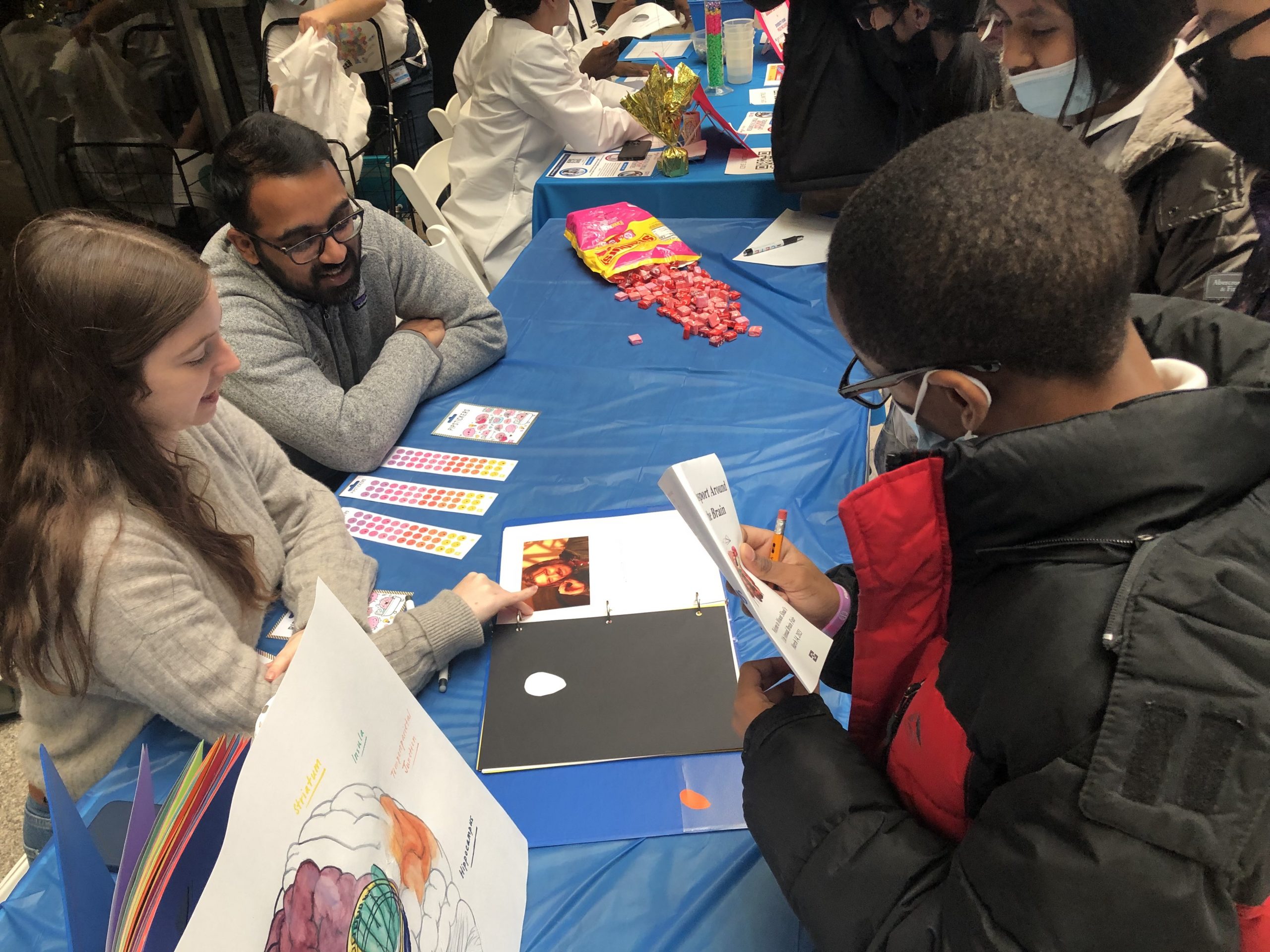
Brain Fair – 3/14/23
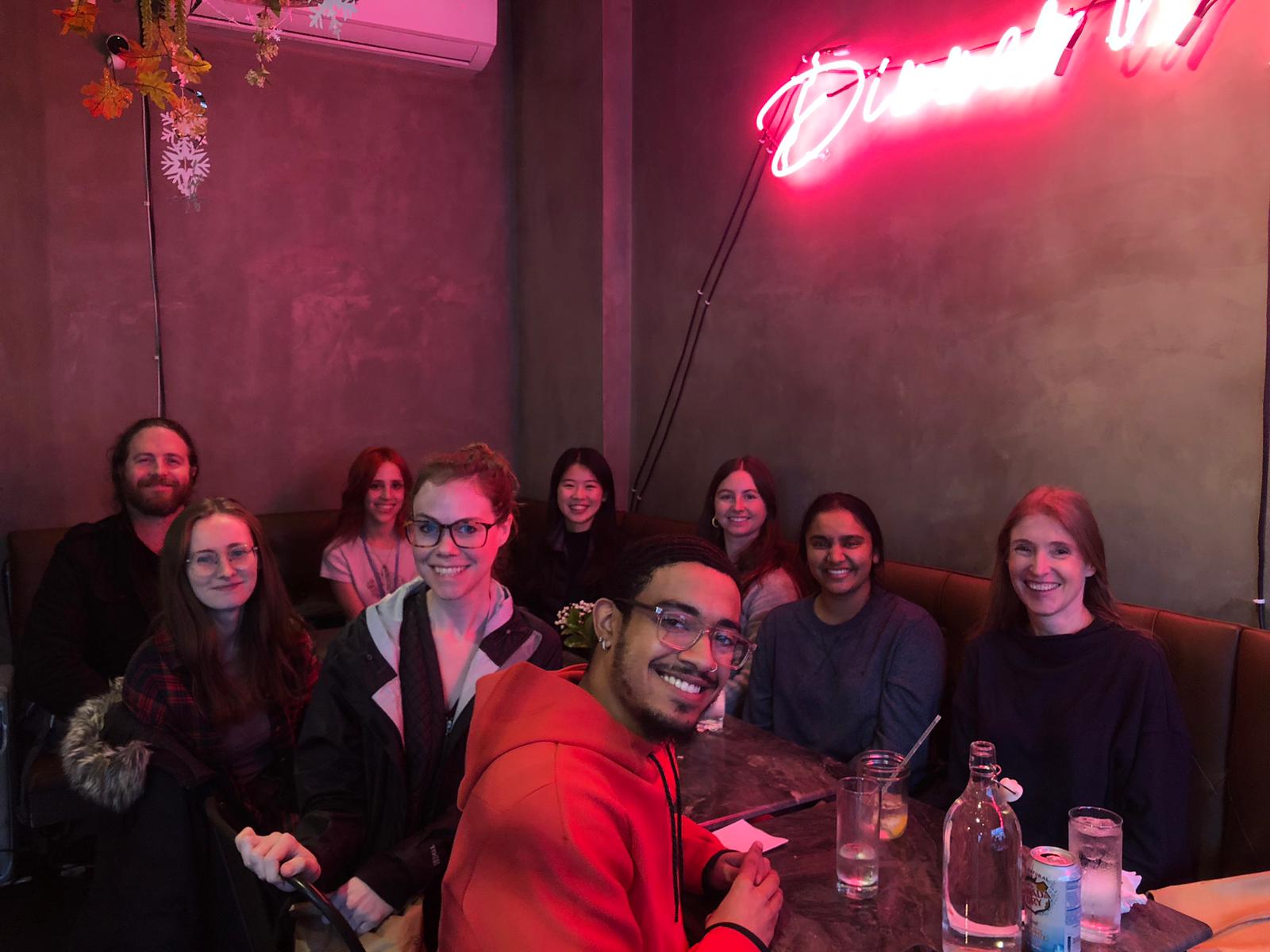
Schiller Lab Lunch – 1/6/23
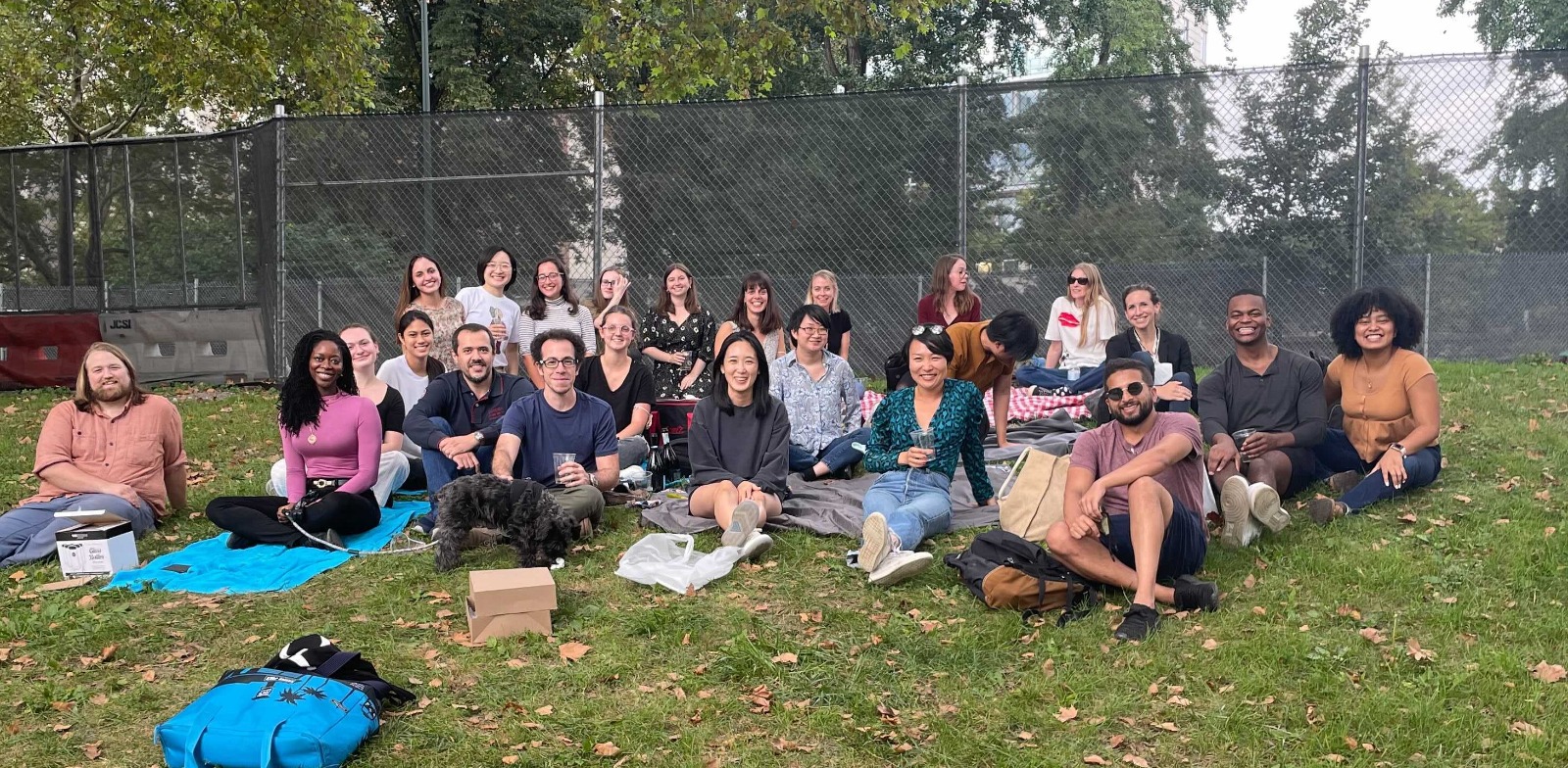
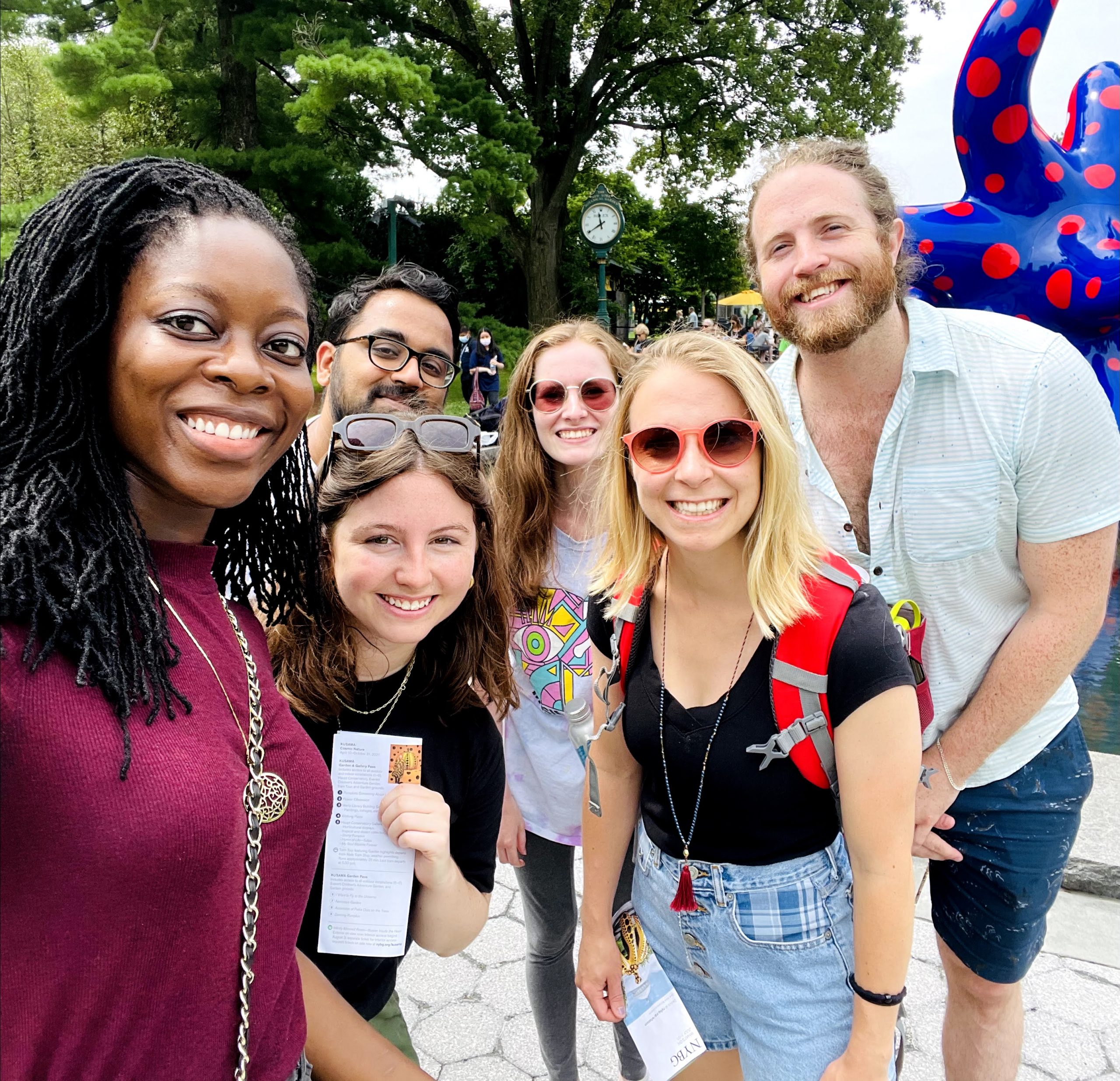
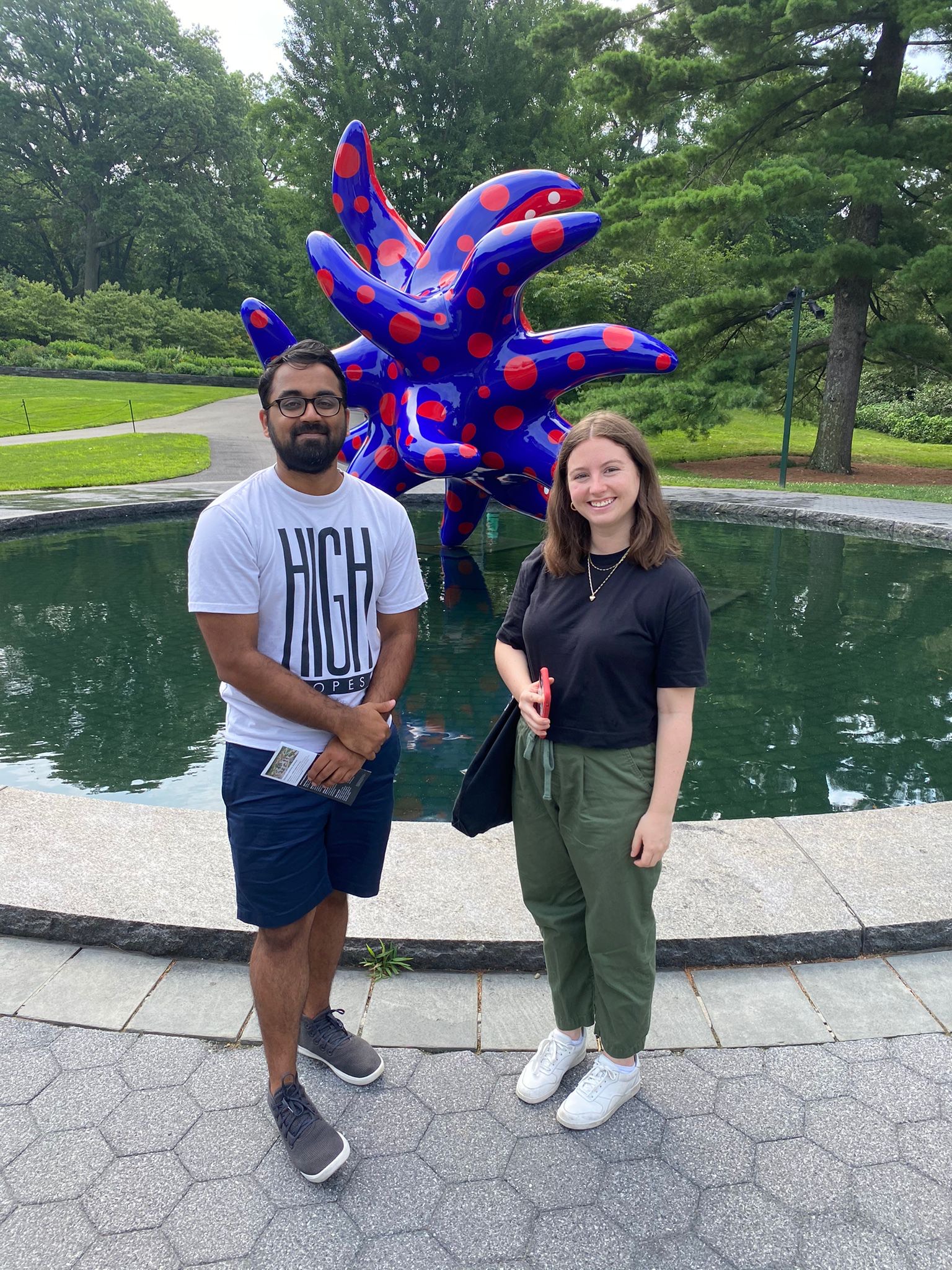
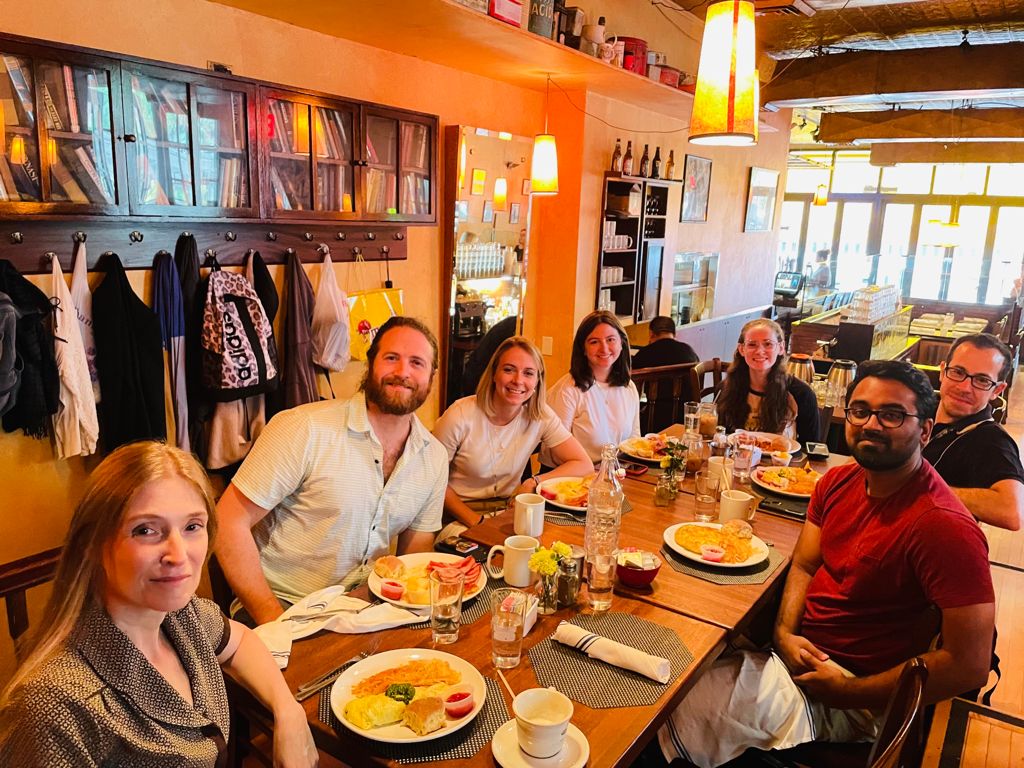
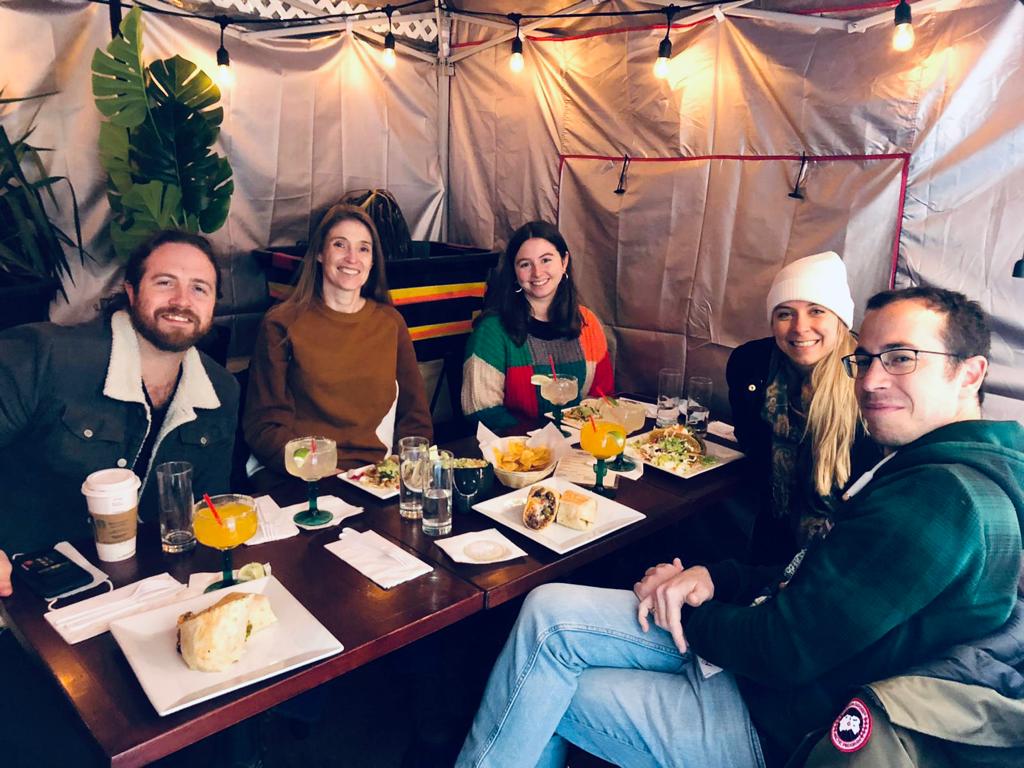
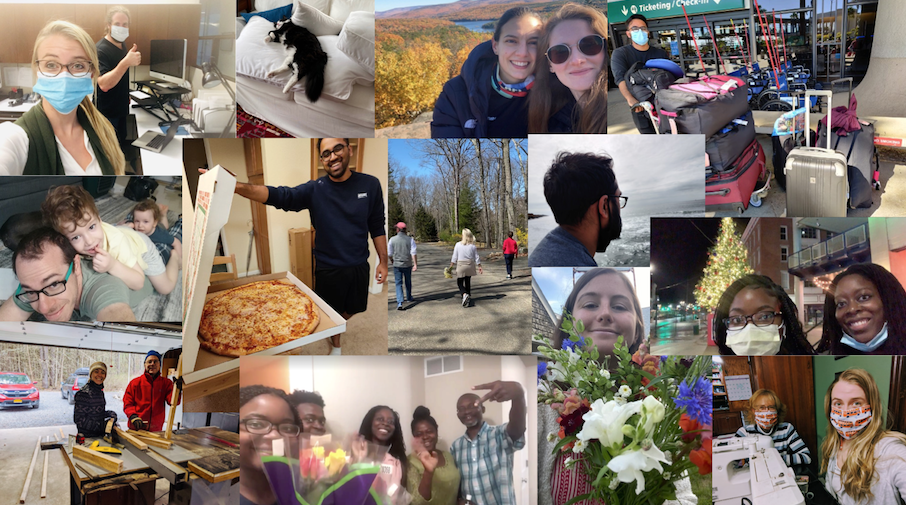
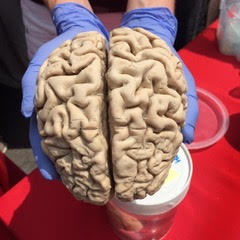
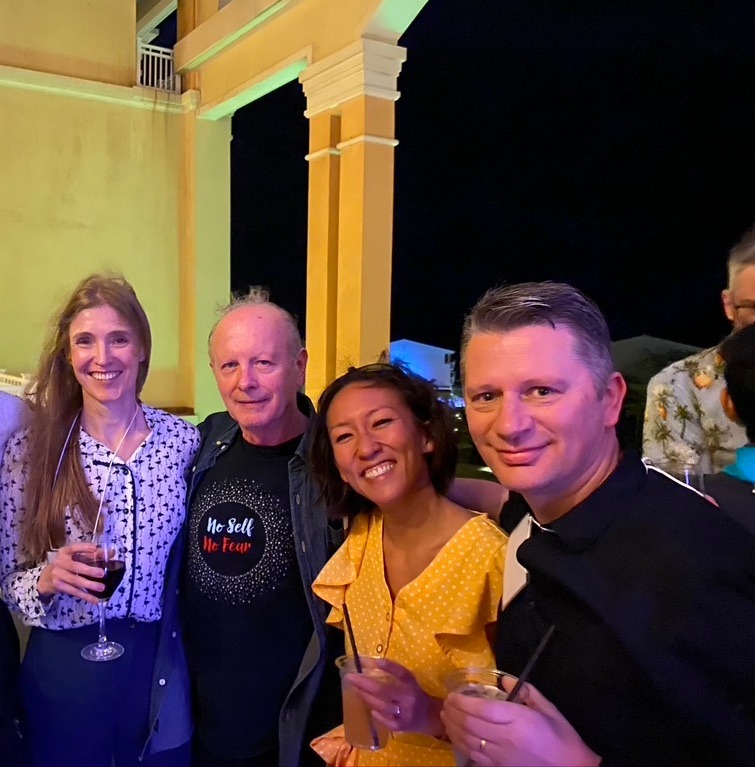
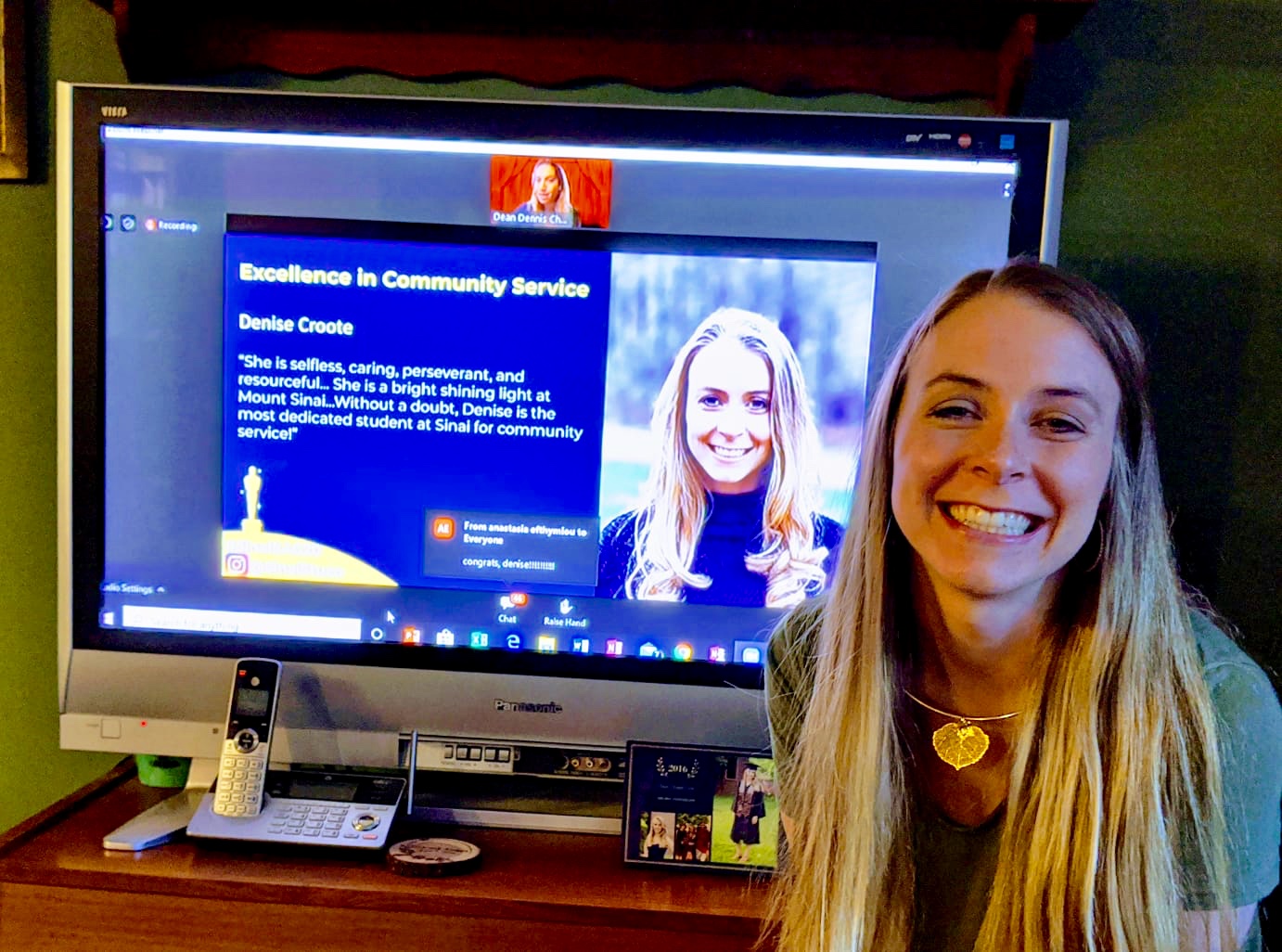
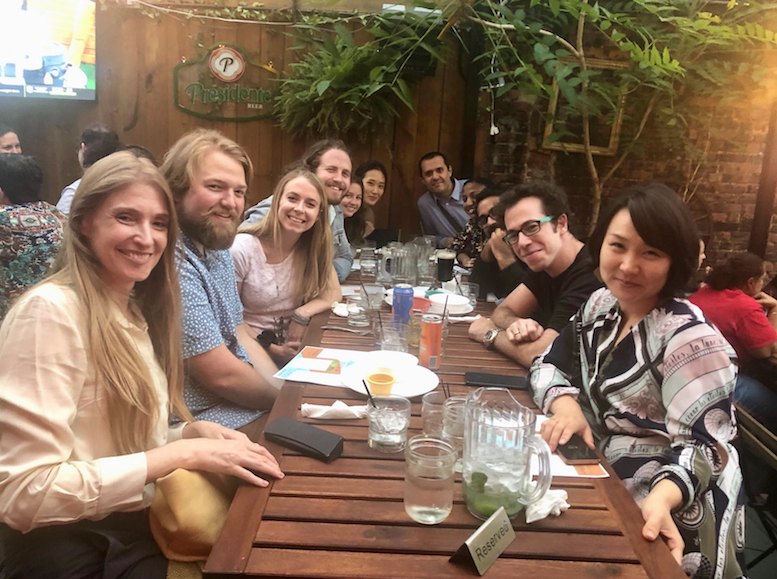
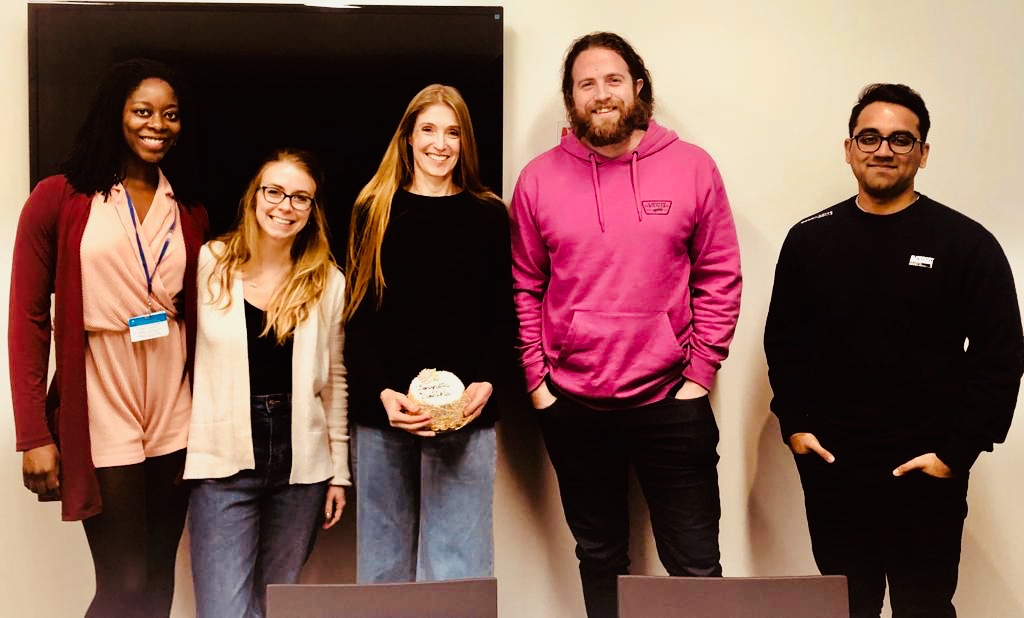
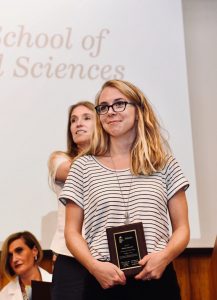
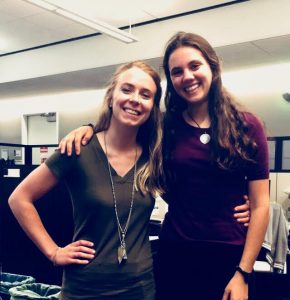
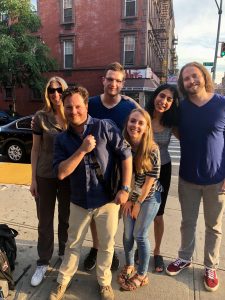
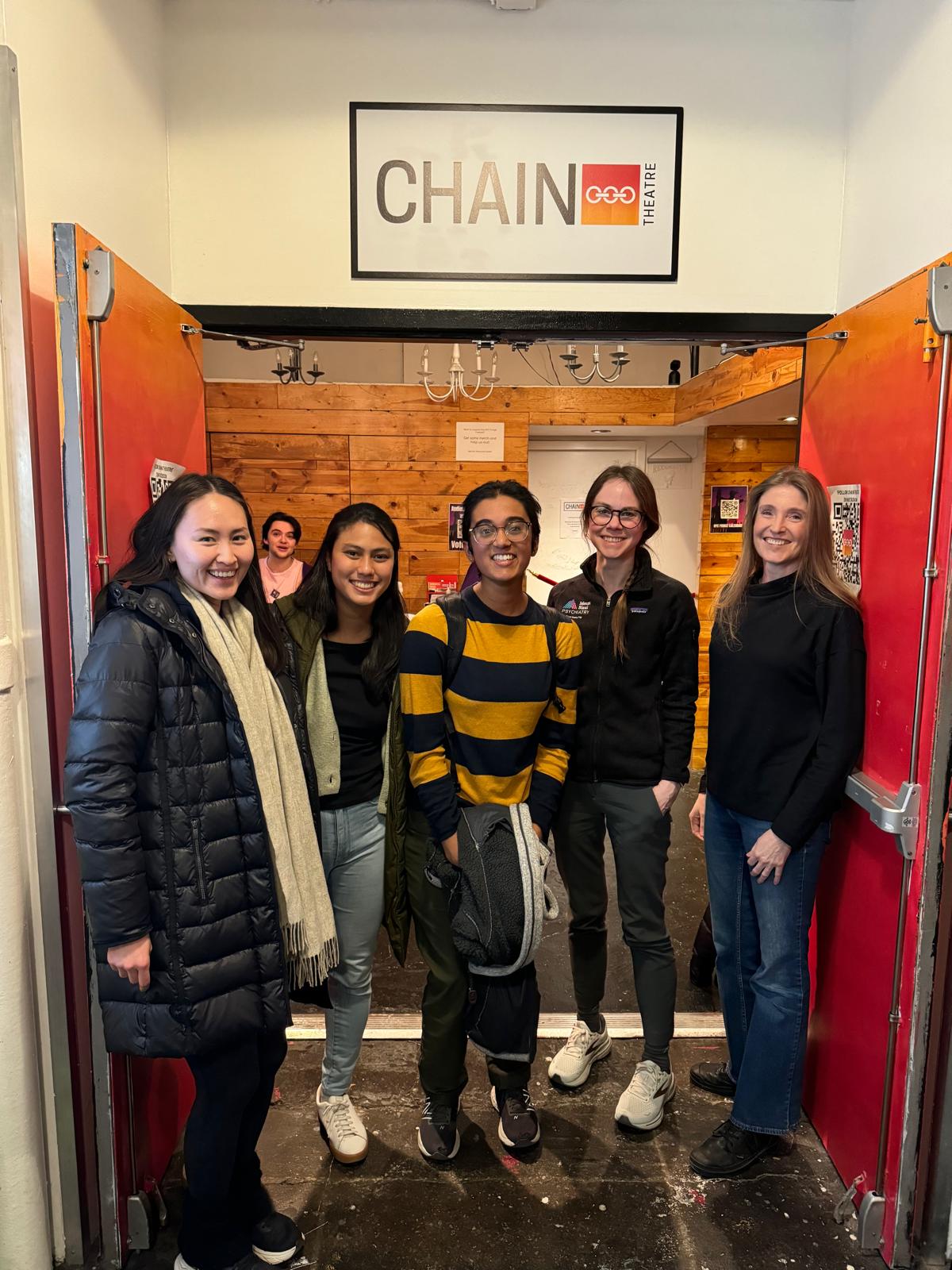
Nik Narain’s standup comedy show, New York, April 2025
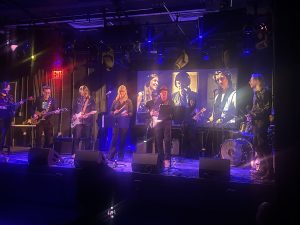
farewell to Joe LeDoux, NYU 2024
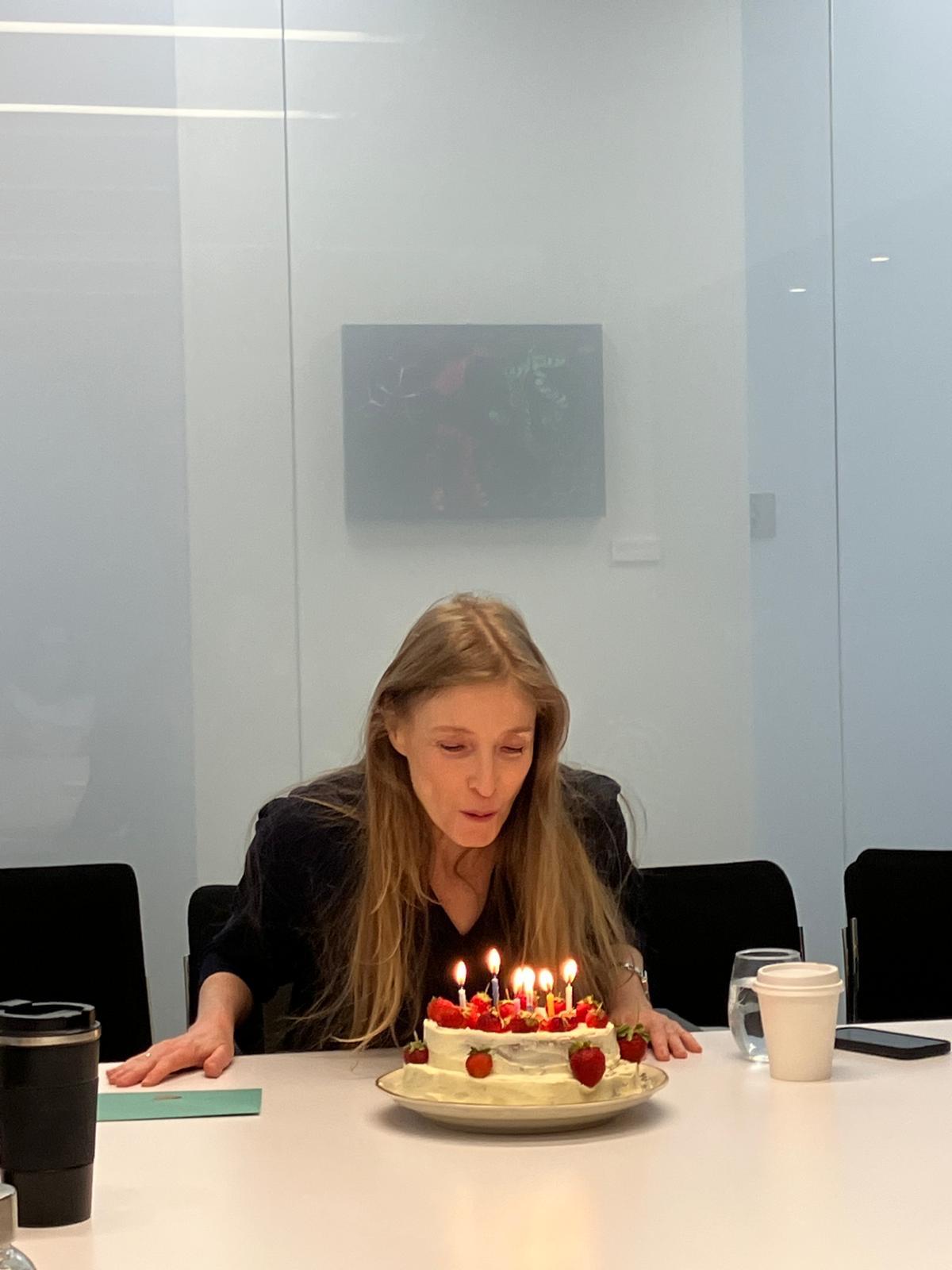
Daniela’s birthday, 2024
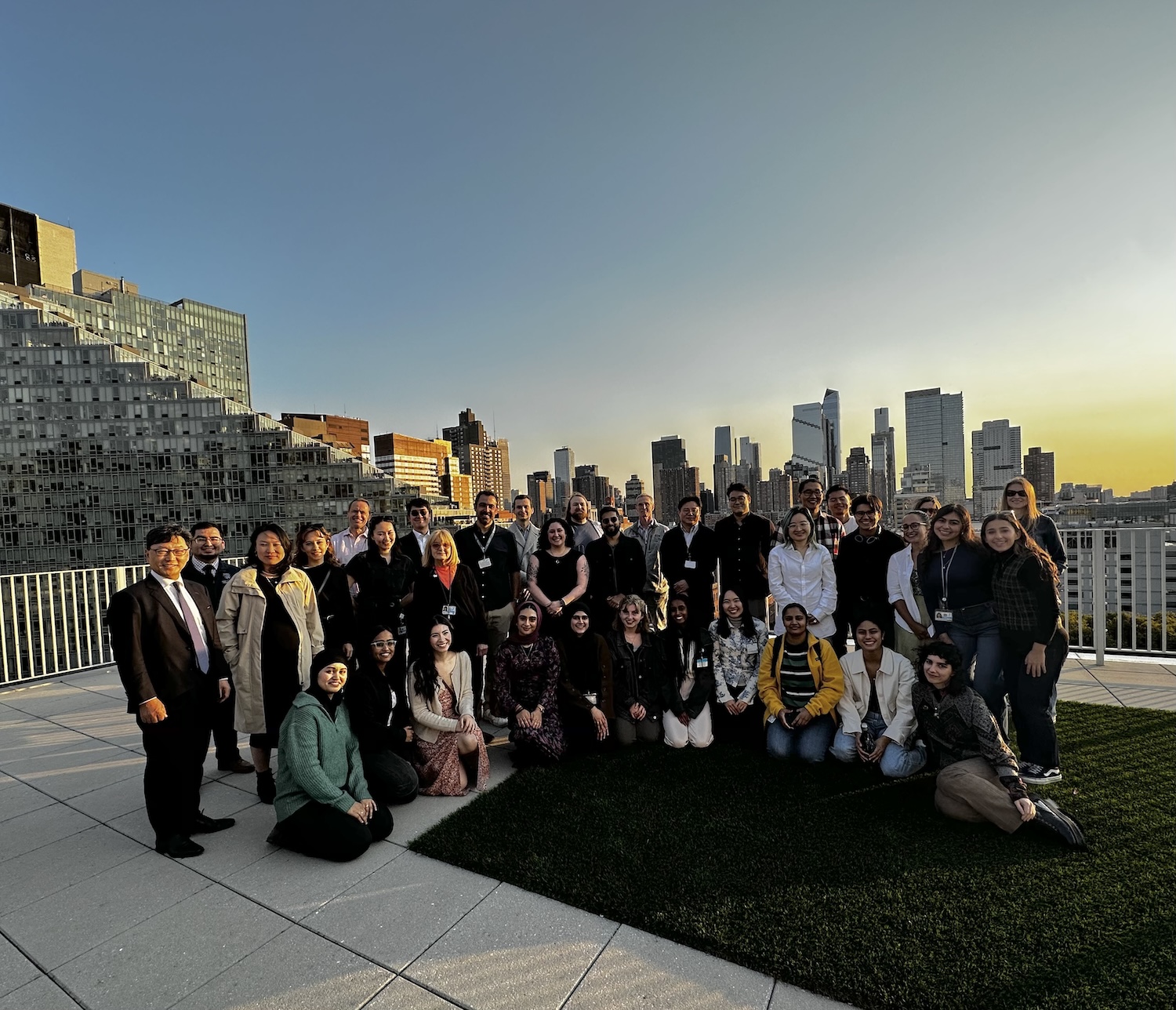
Sunset rooftop party, 2024
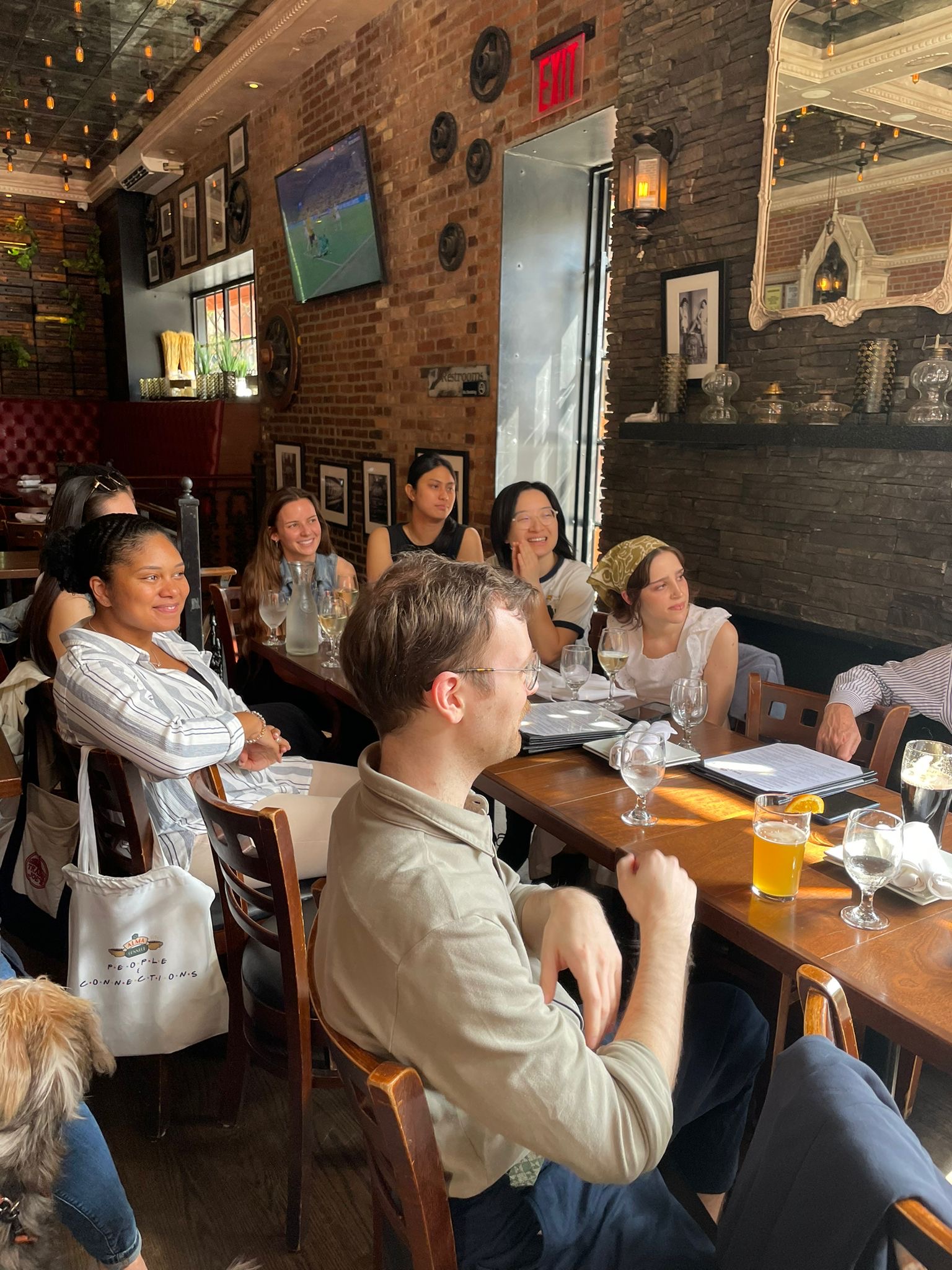
Sarah’s Post-Thesis Defense Celebration – 5/2/24
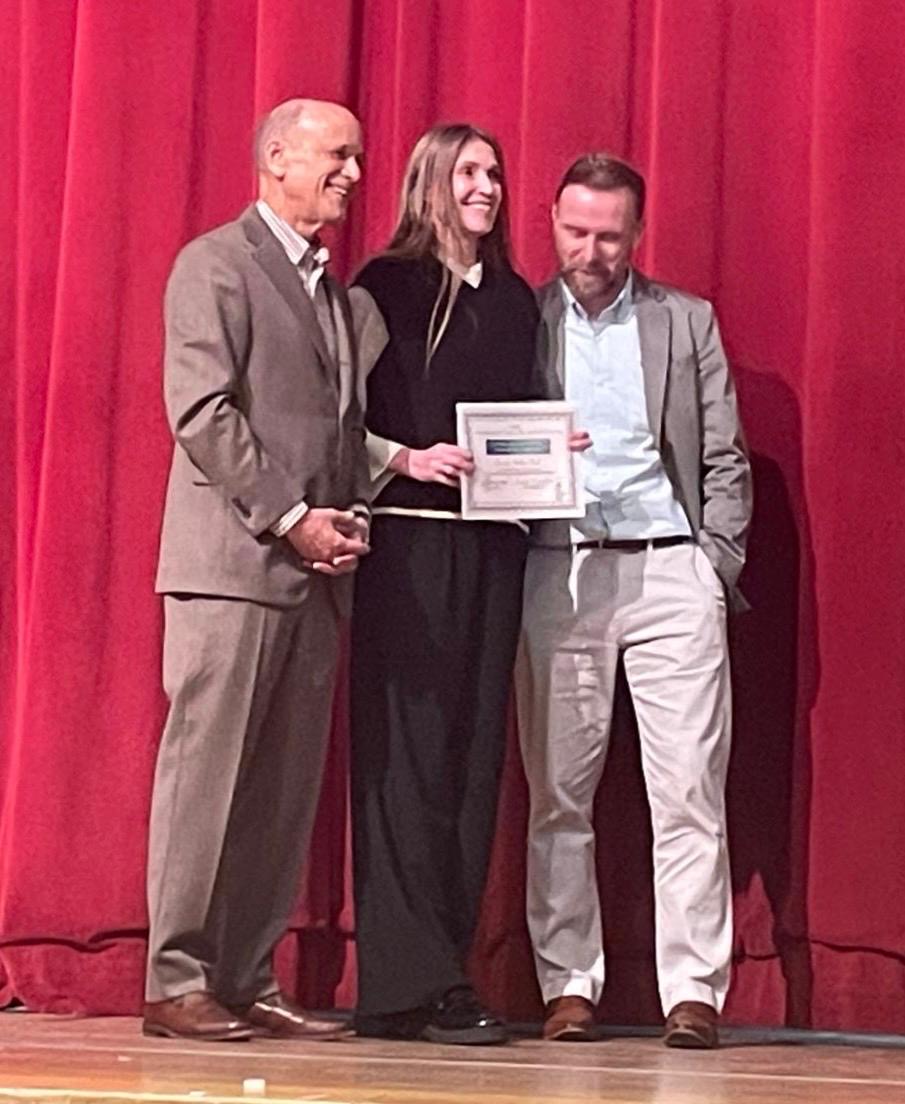
Daniela’s Mentorship Award – 4/26/24
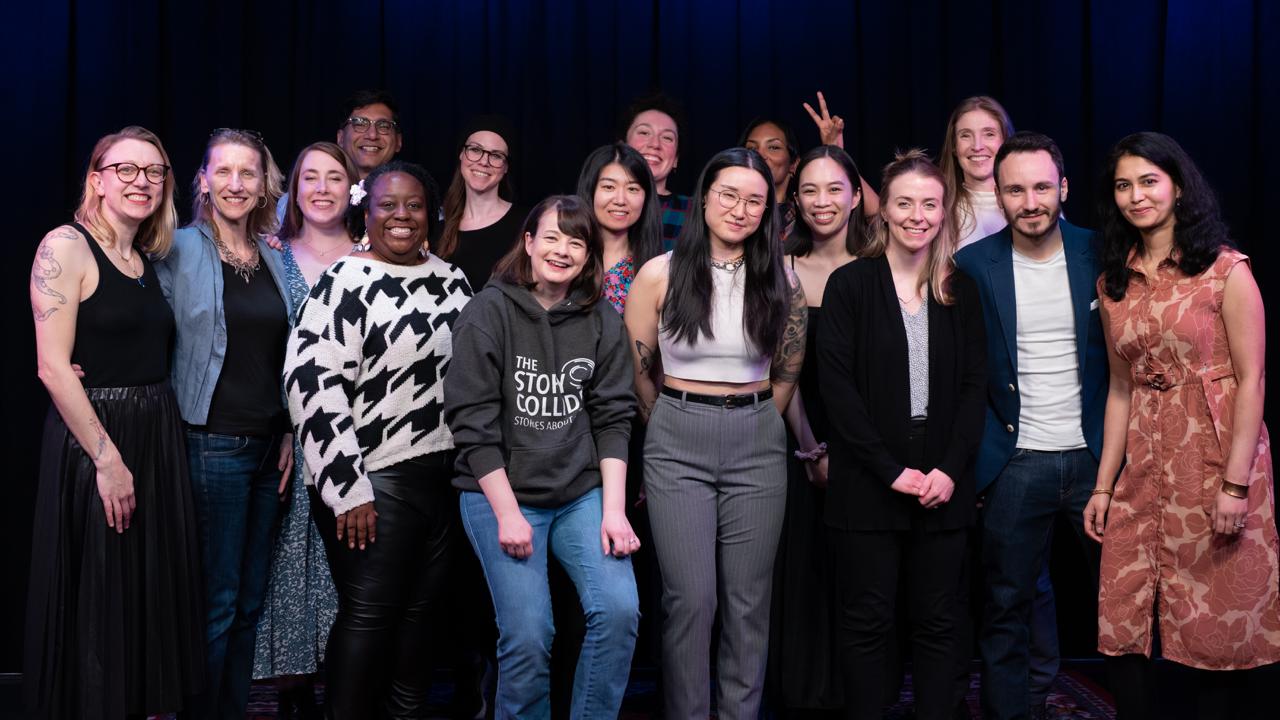
Story Collider 2024 – 3/20/24
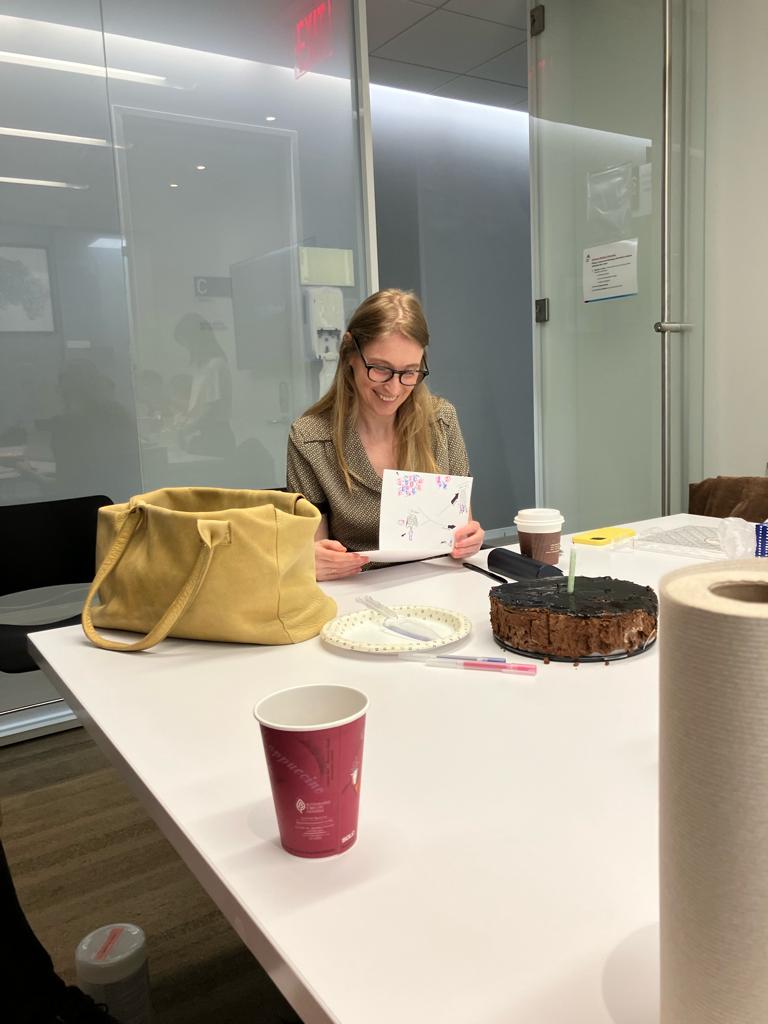
Daniela’s Birthday Celebration – 10/27/23
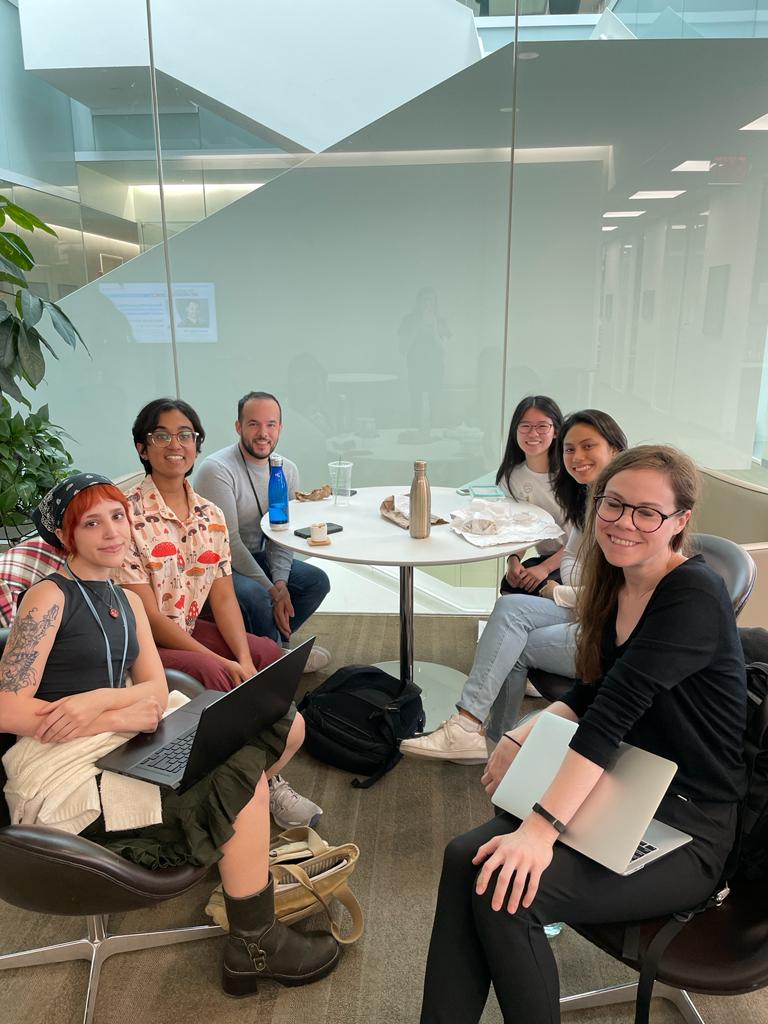
Lab Lunch – 10/12/23
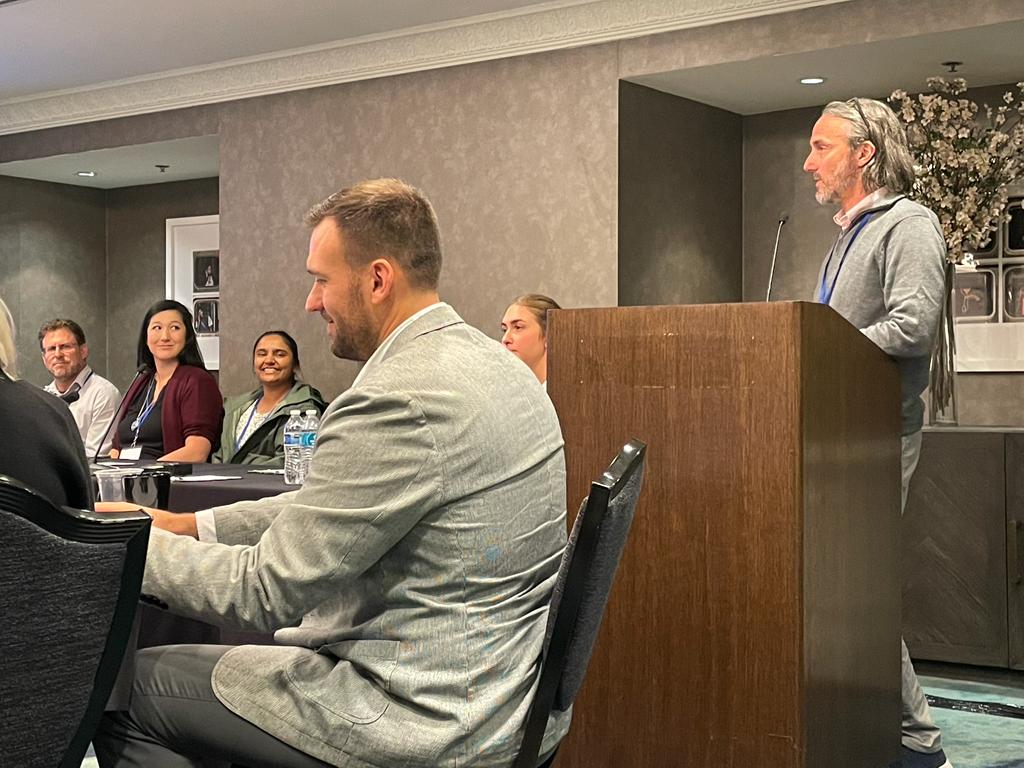
Parul presenting at Misophonia Research Fund Meeting – 9/20/23
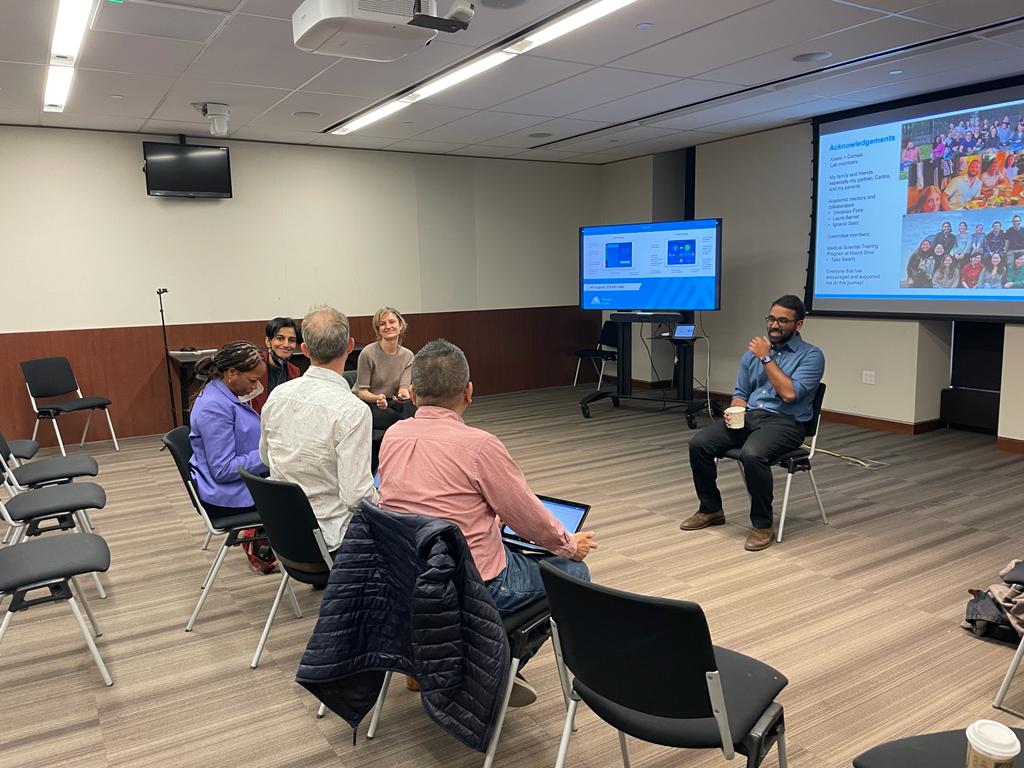
KK’s Defense – 4/25/23
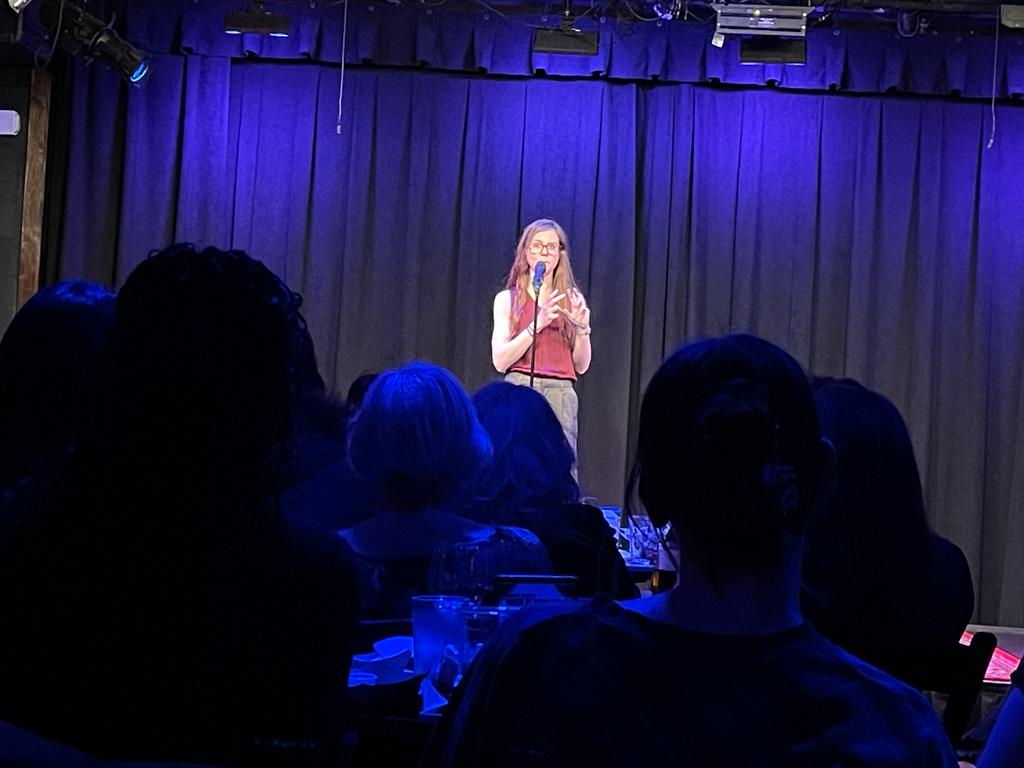
Saren in Stories of Brain and Beyond with Mount Sinai and Story Collider – 3/22/23
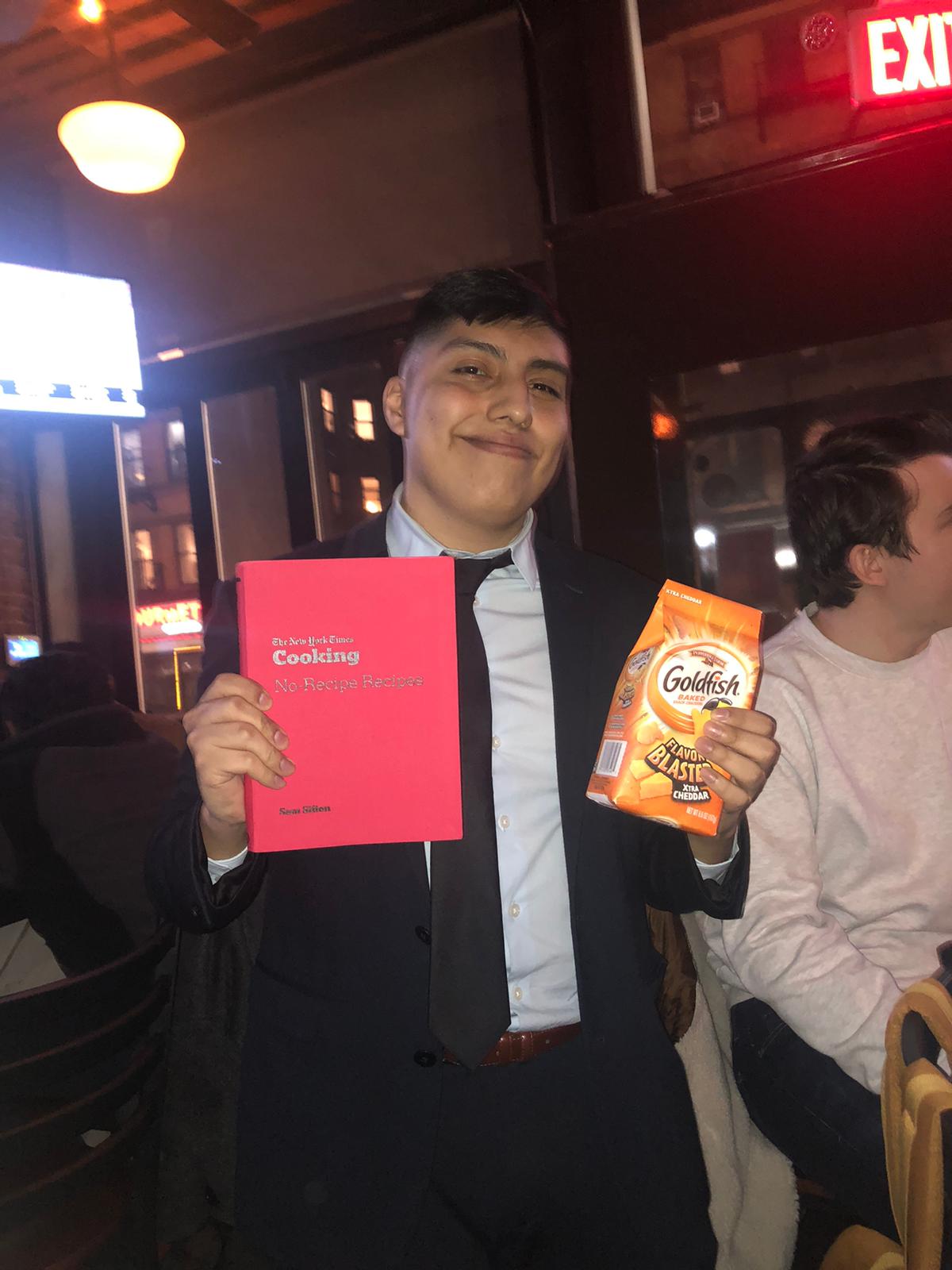
JP’s Master’s Graduation Gift (RIP JP’s goldfish) – 1/11/23
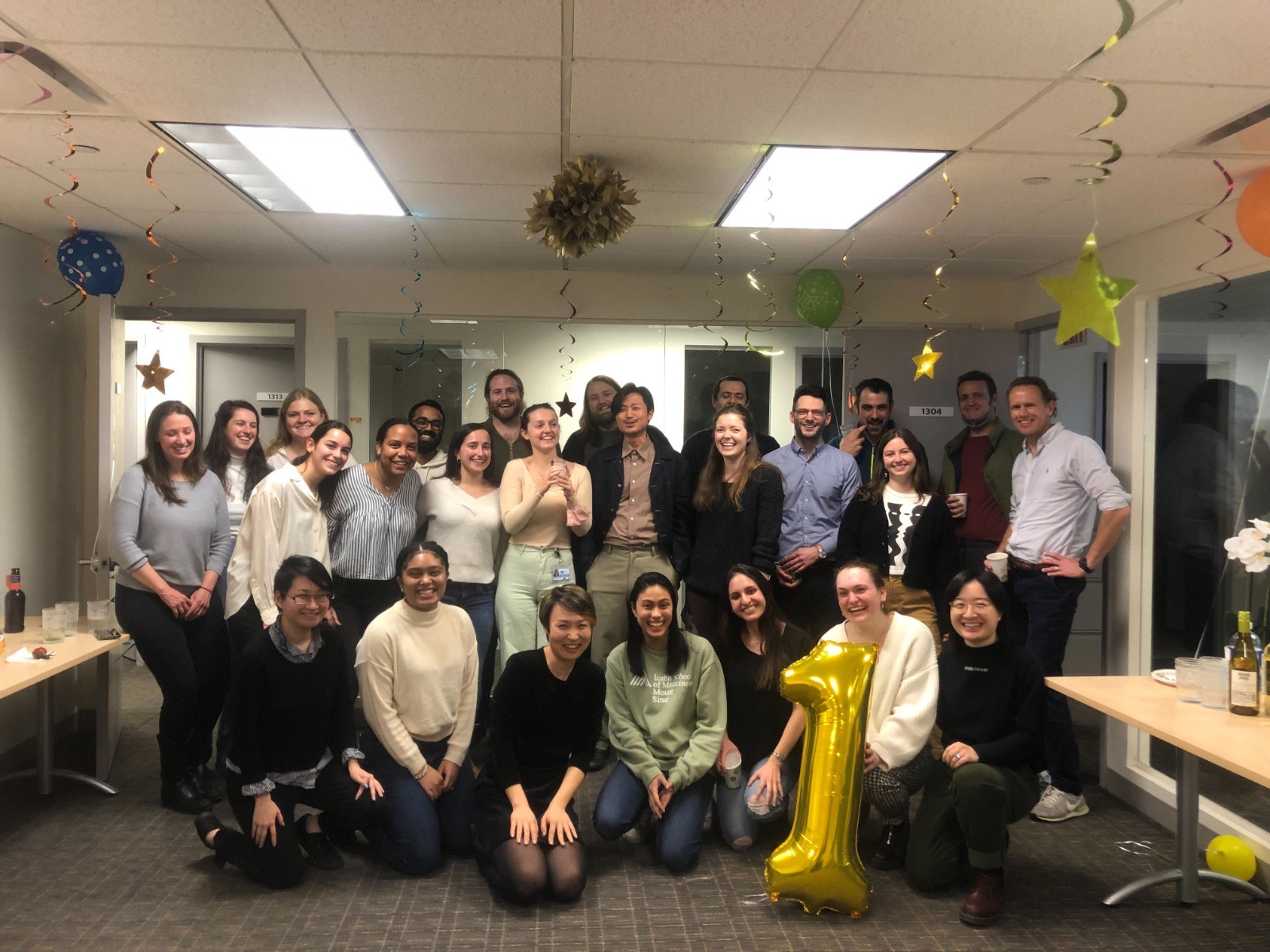
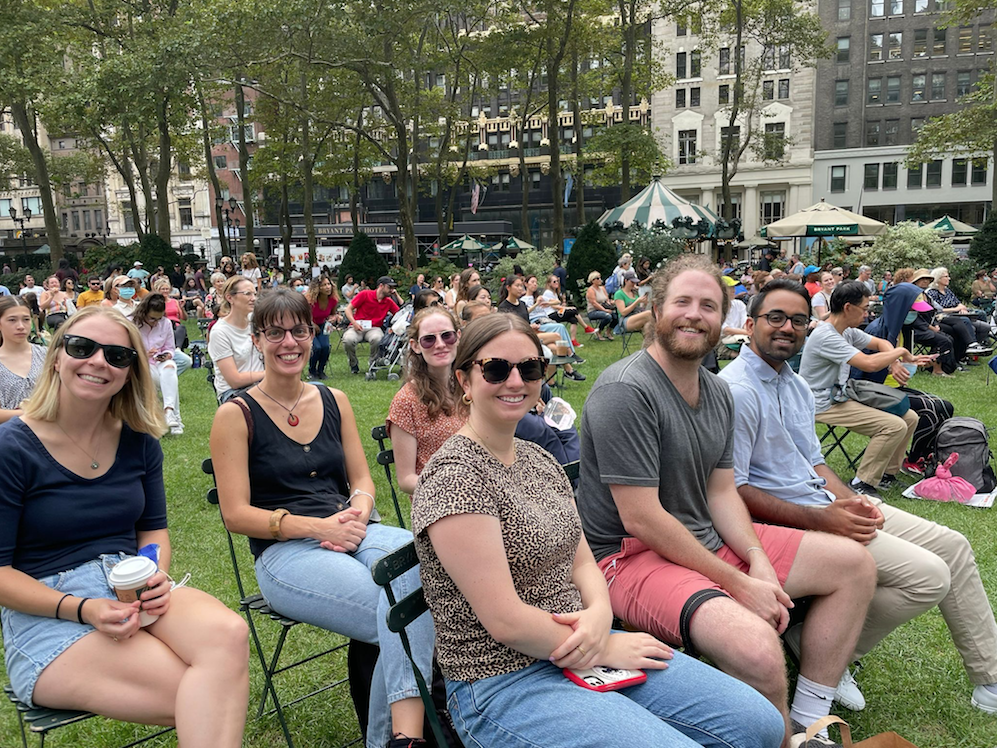
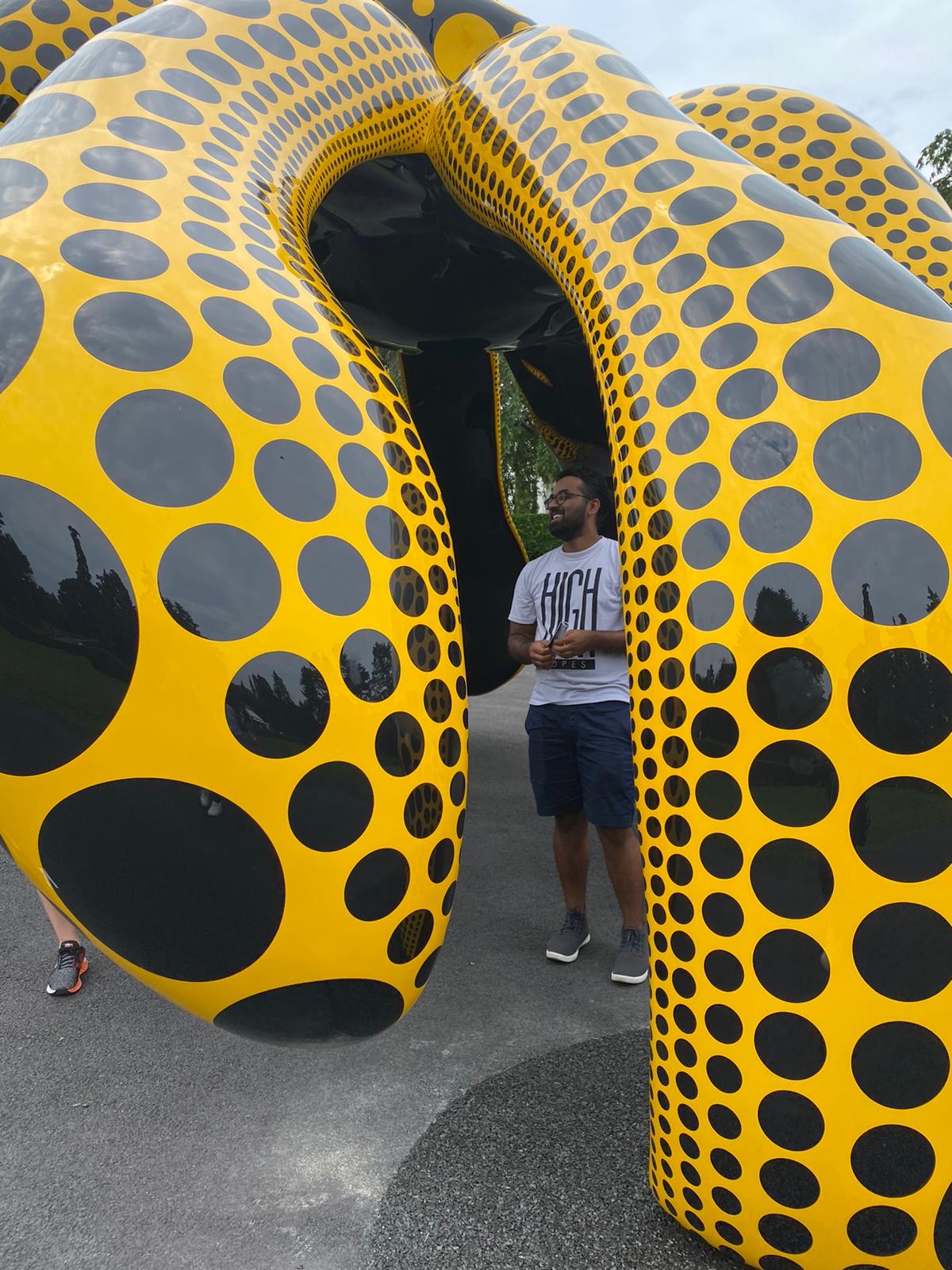
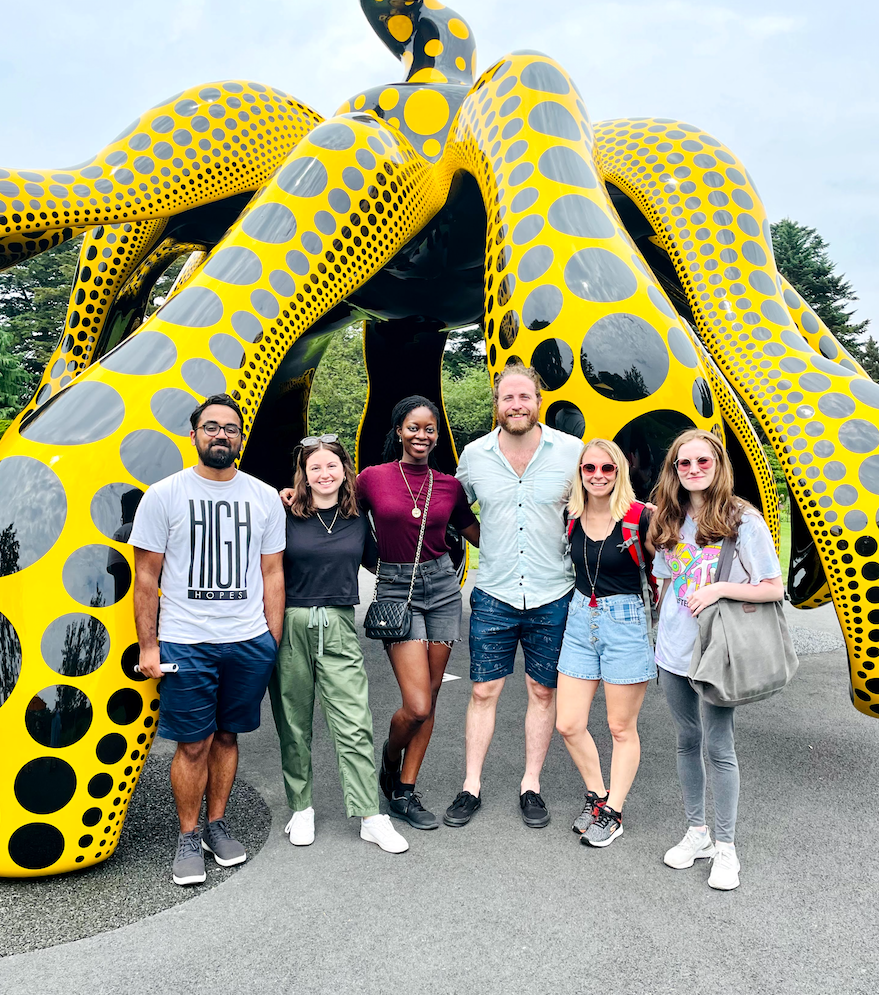
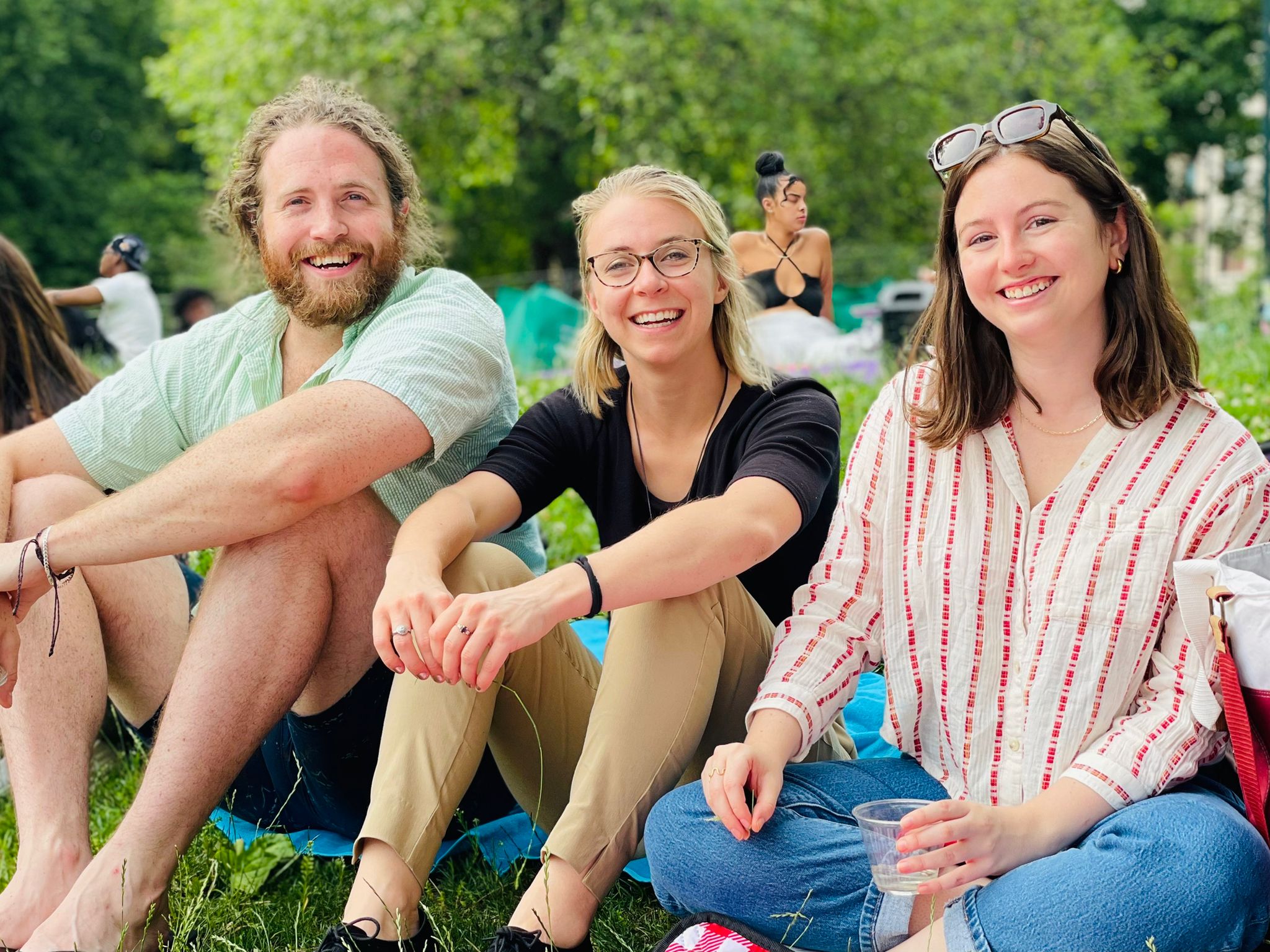
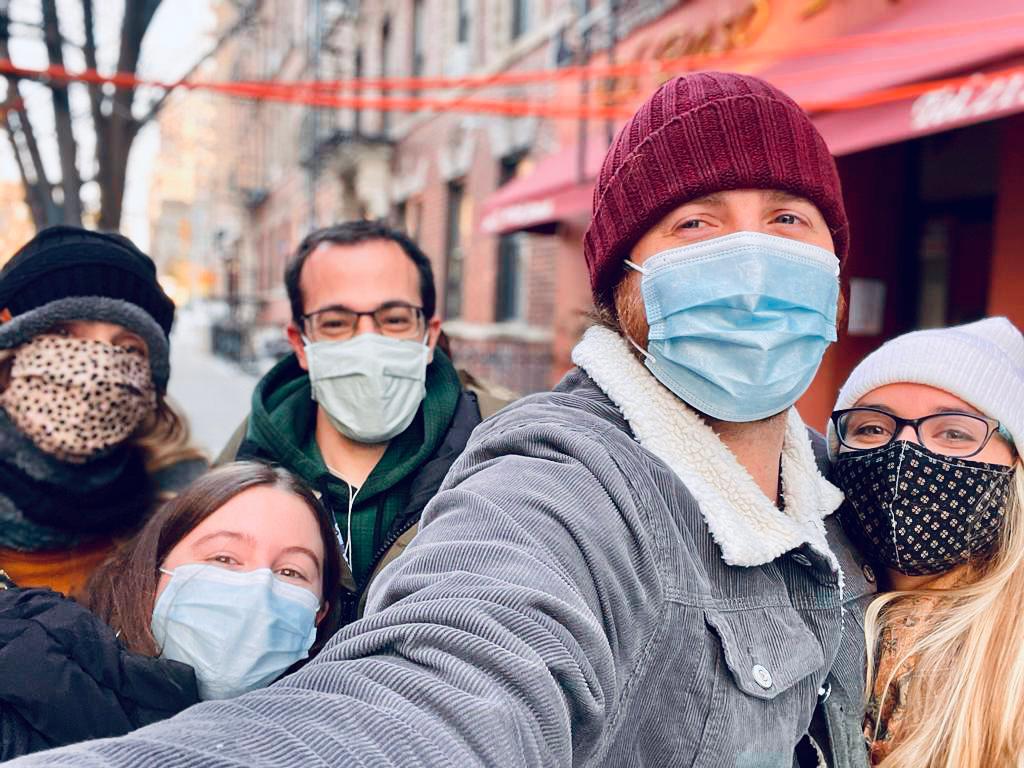
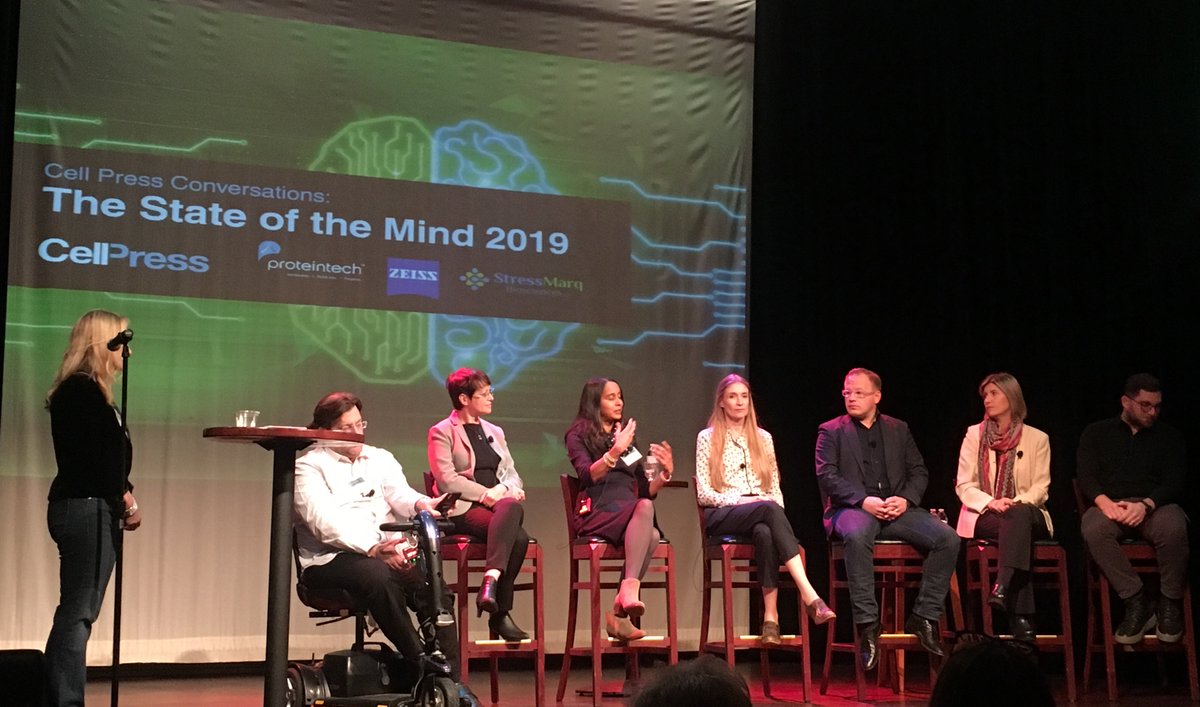
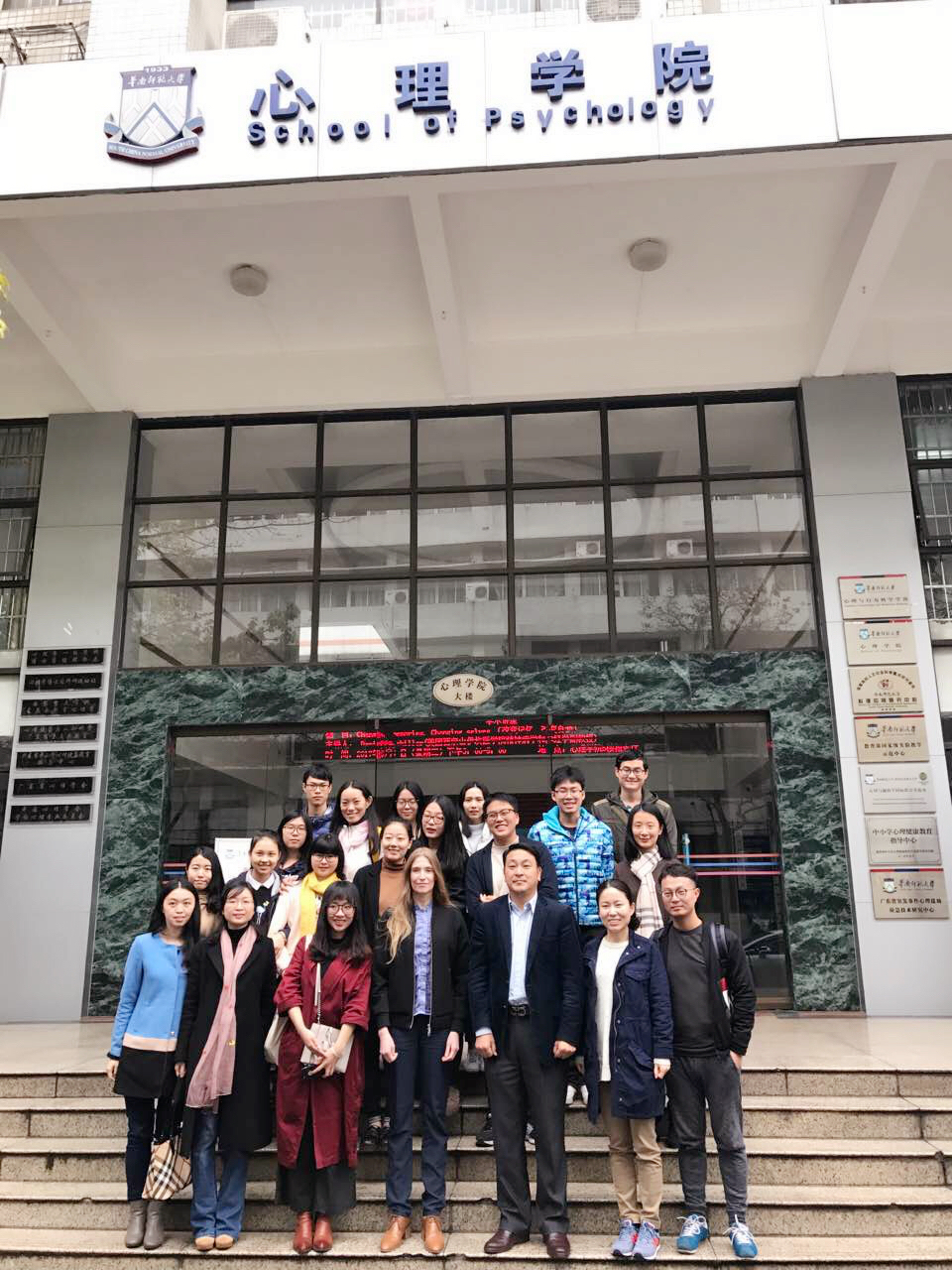
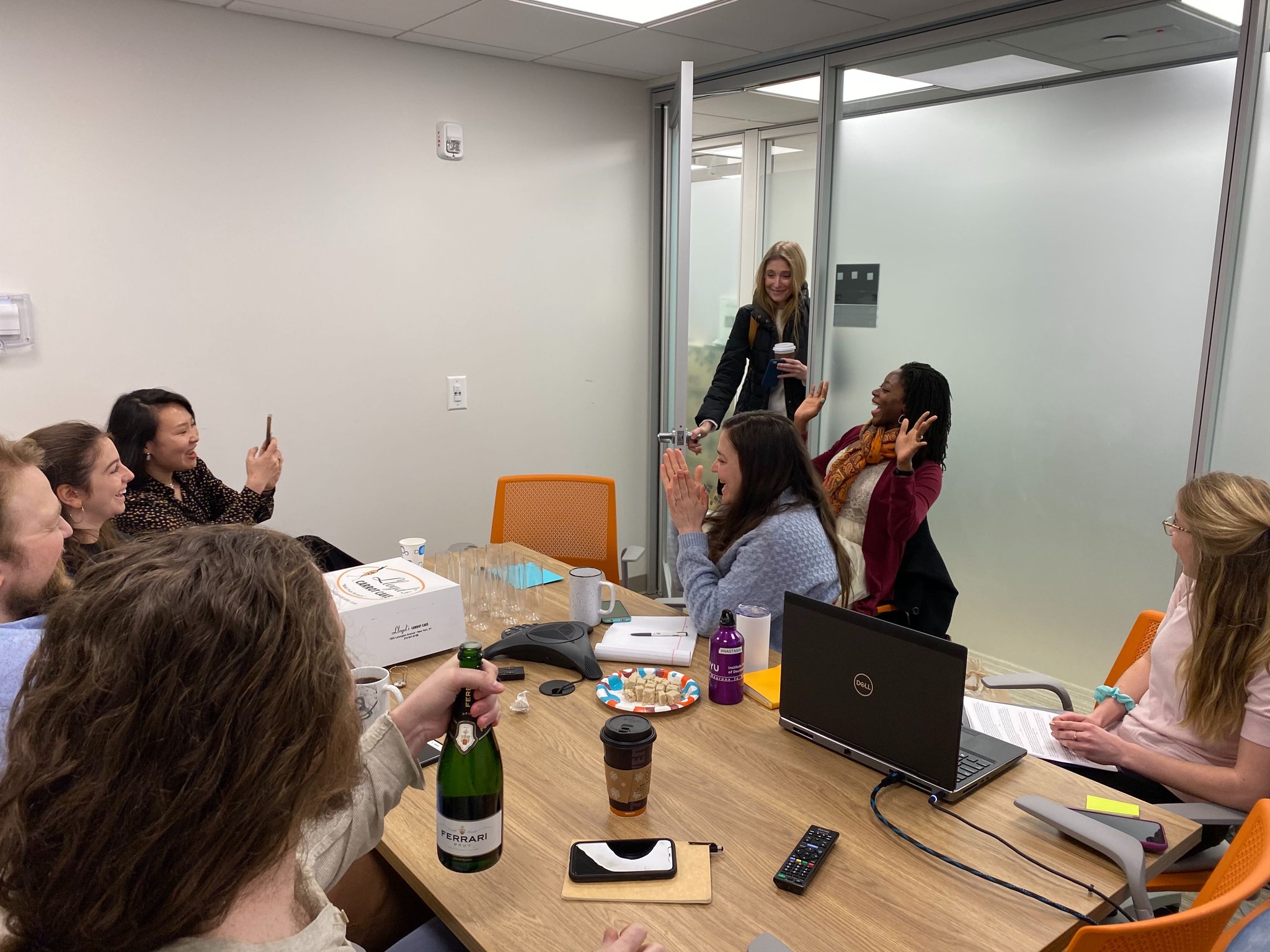
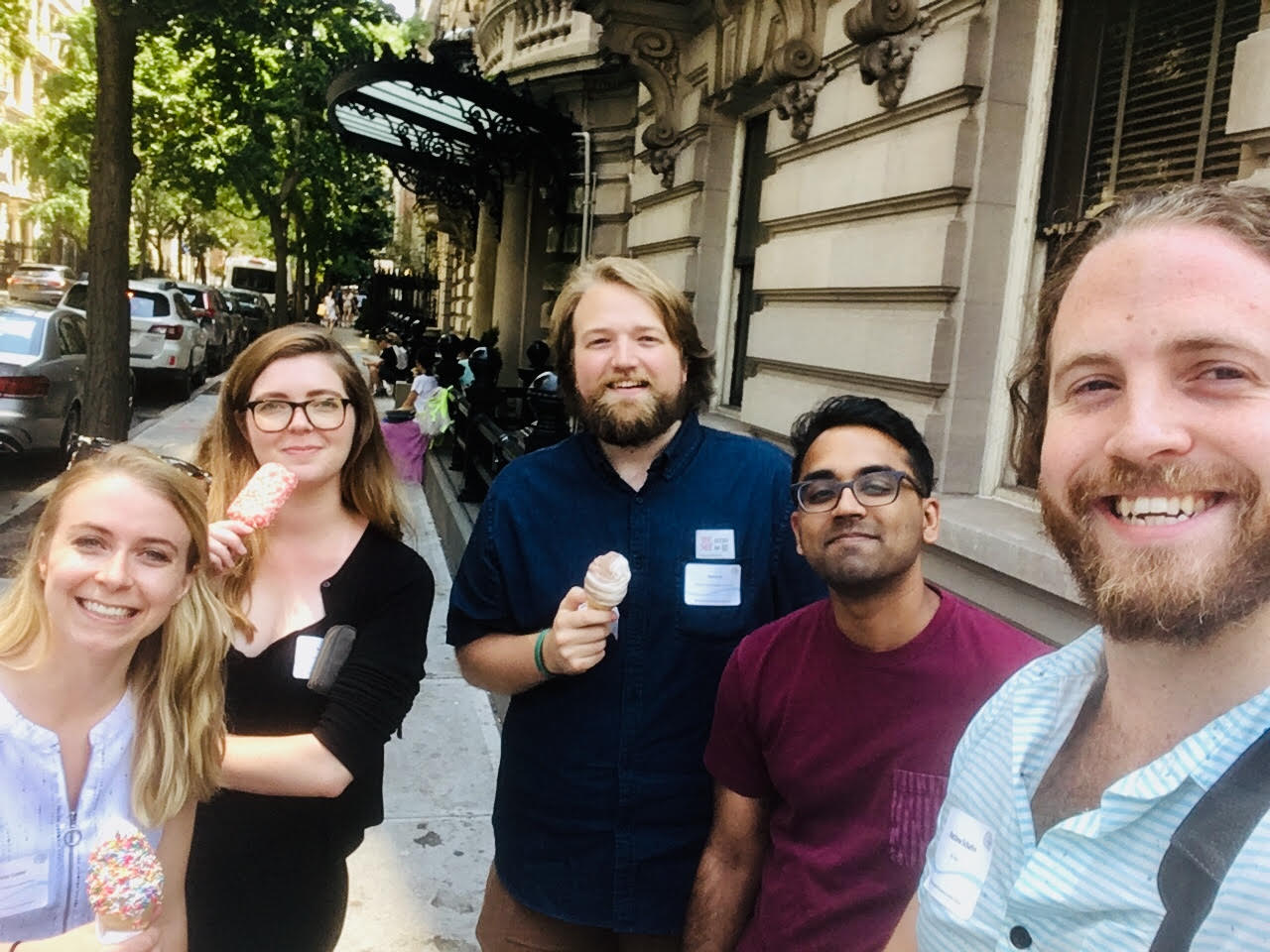
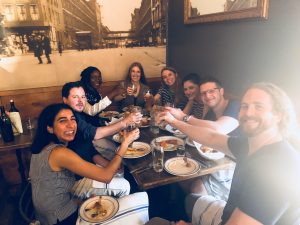
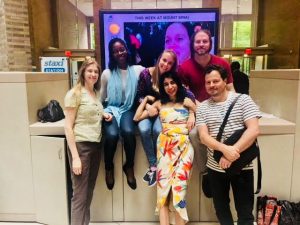
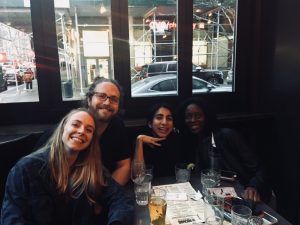
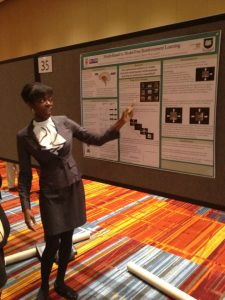
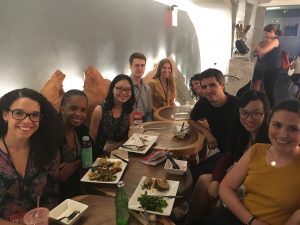

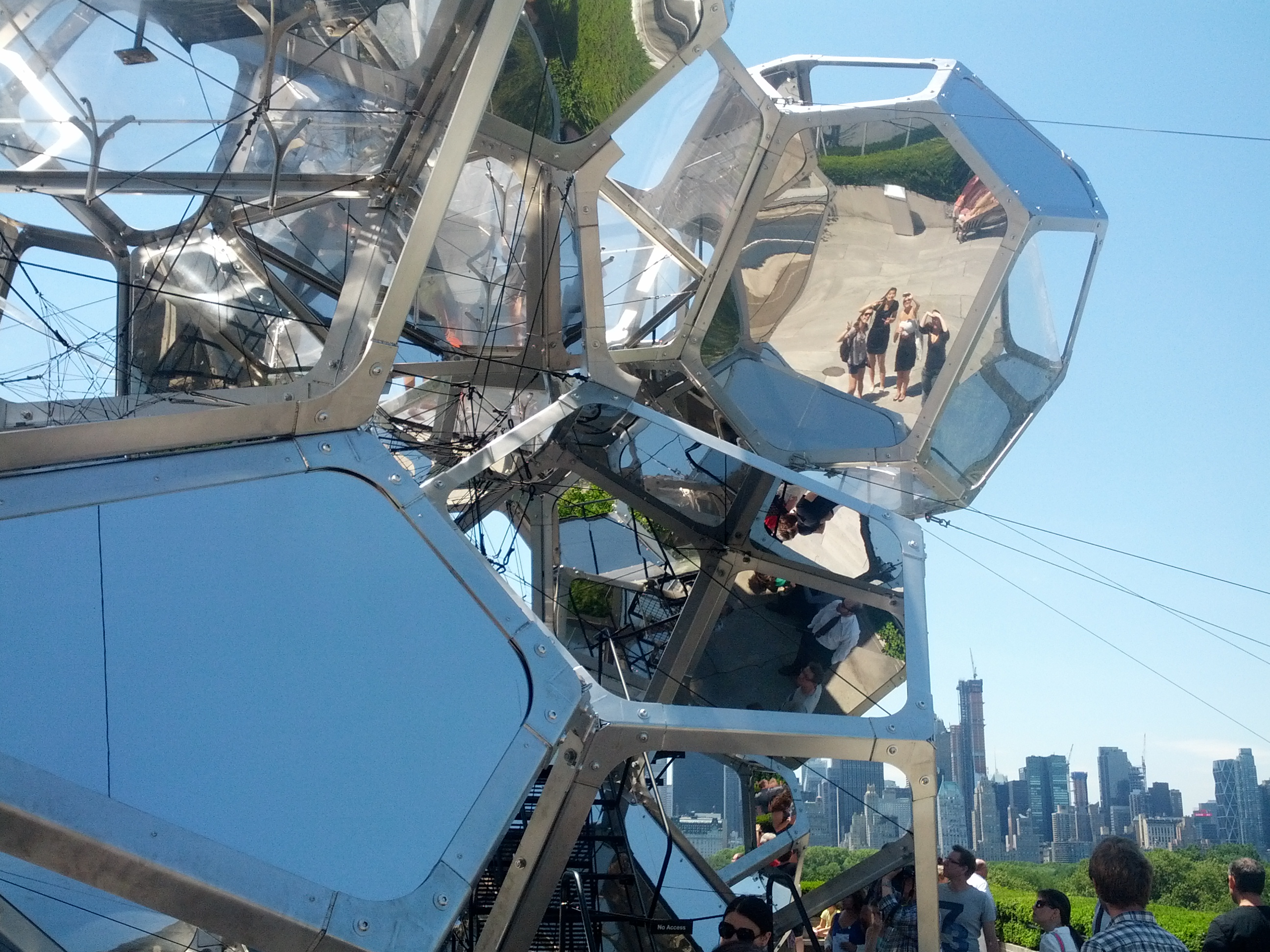
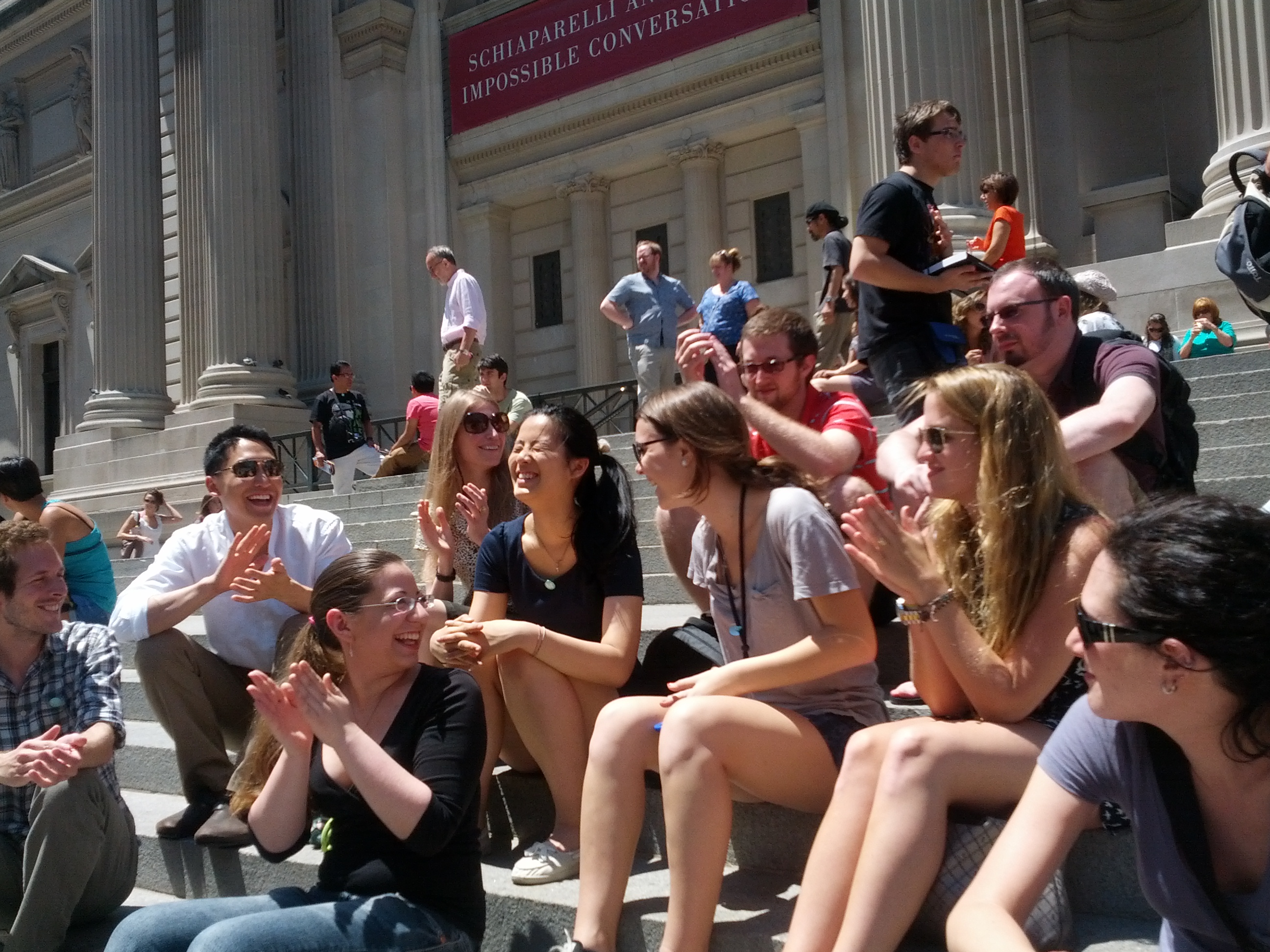
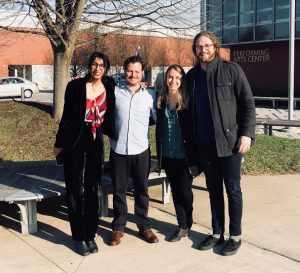
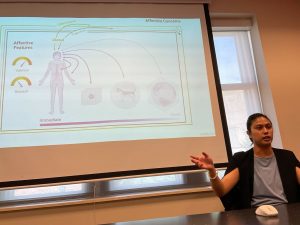
Alessandra talking about the Human Affectome at SPAN 2025
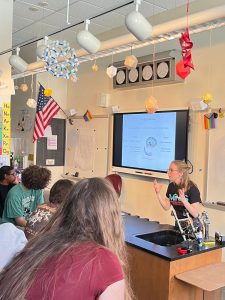
Denise Croote teaching high-school kids about time presentation in the brain, 2025
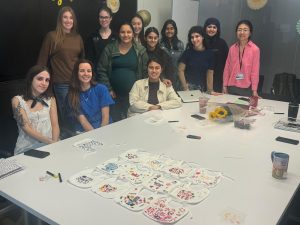
Baby shower celebration for Parul, May, 2025
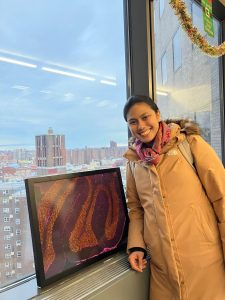
Alessandra wins brain art raffle at the department holiday party, Dec 2024

Baking for Daniela’s birthday – 2024
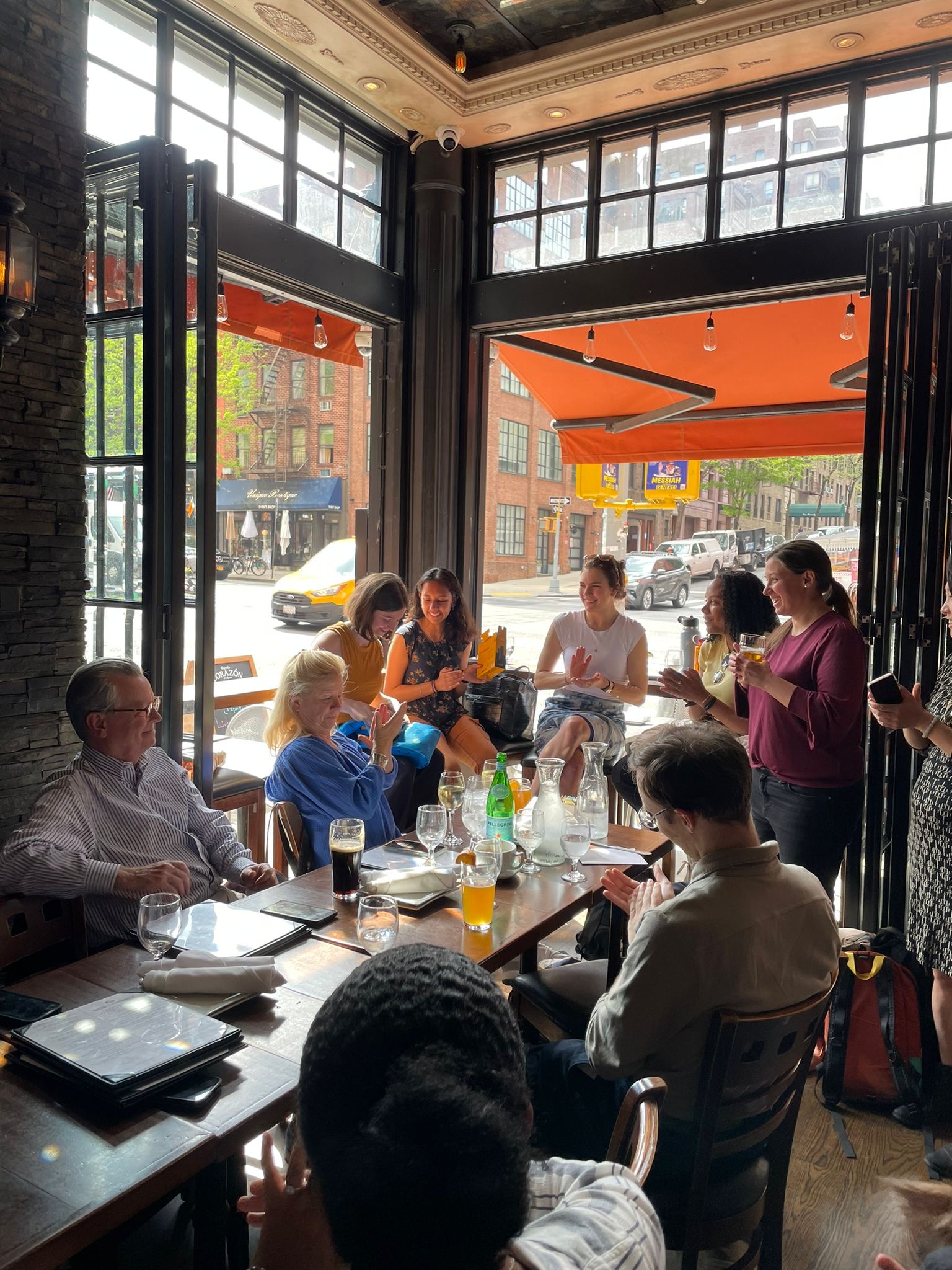
Sarah’s Post-Thesis Defense Celebration – 5/2/24
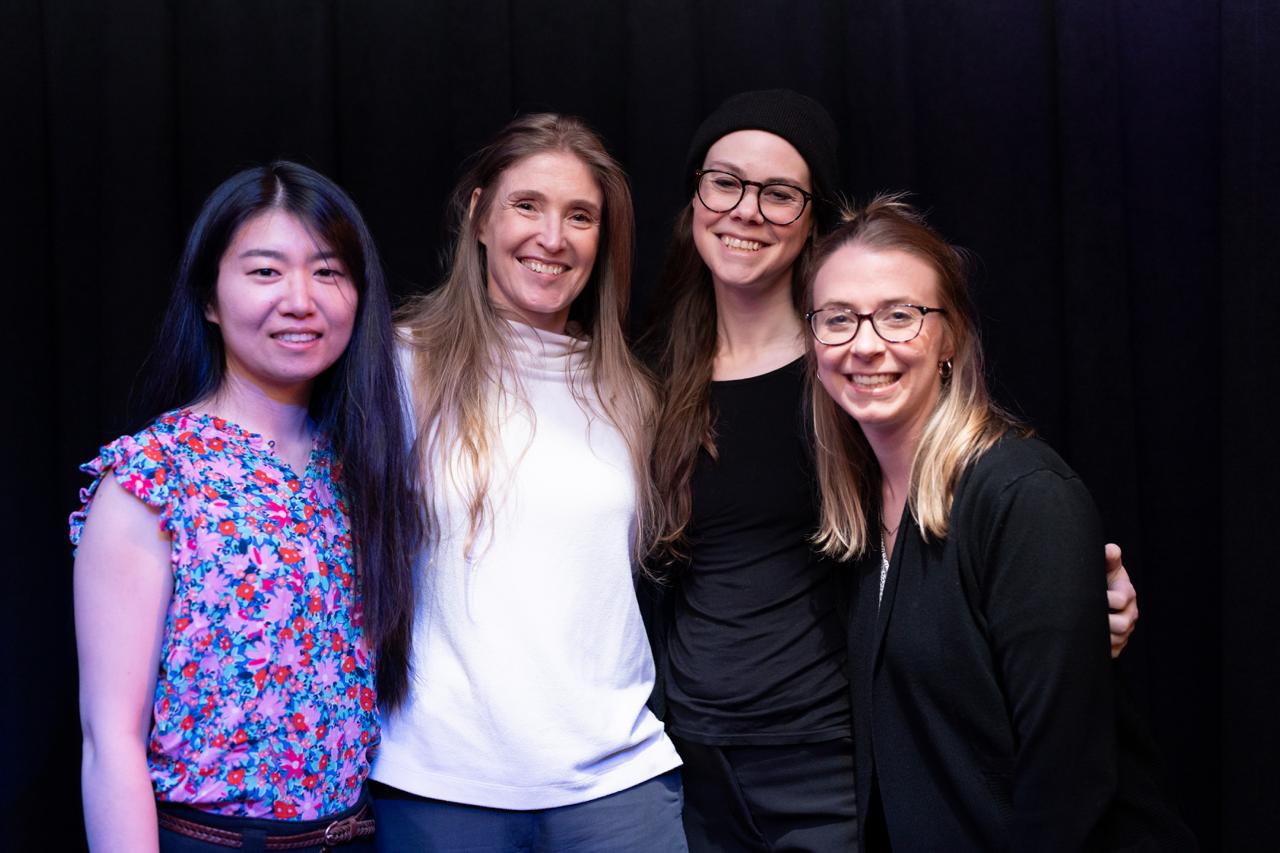
Hannah, Daniela, Saren, and Denise at Story Collider 2024 – 3/20/24
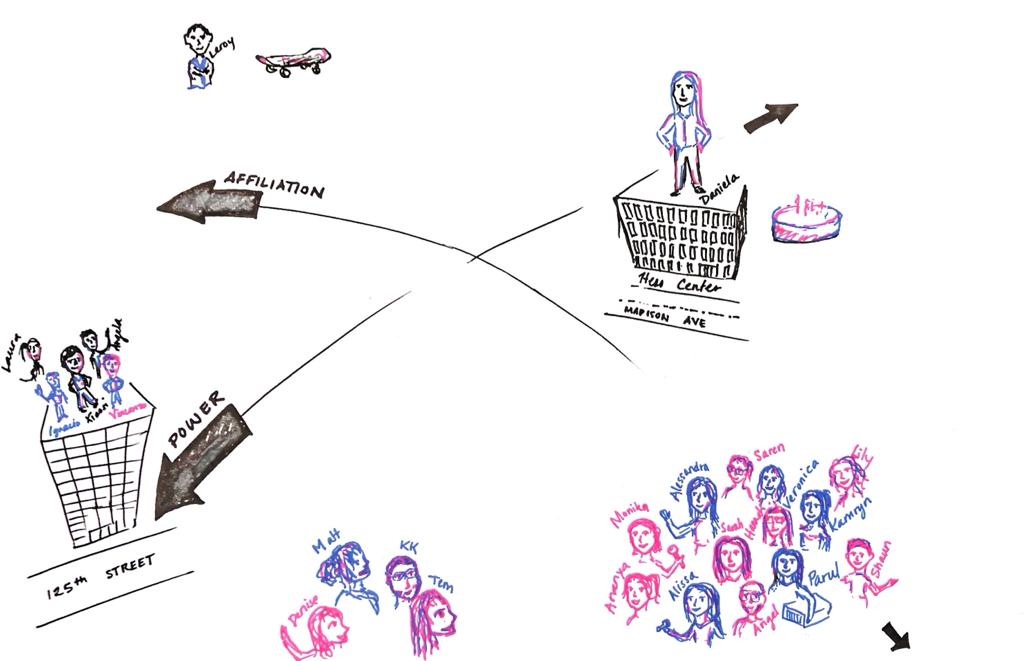
Daniela’s Birthday Card, Inspired by Social Navigation – 10/27/23
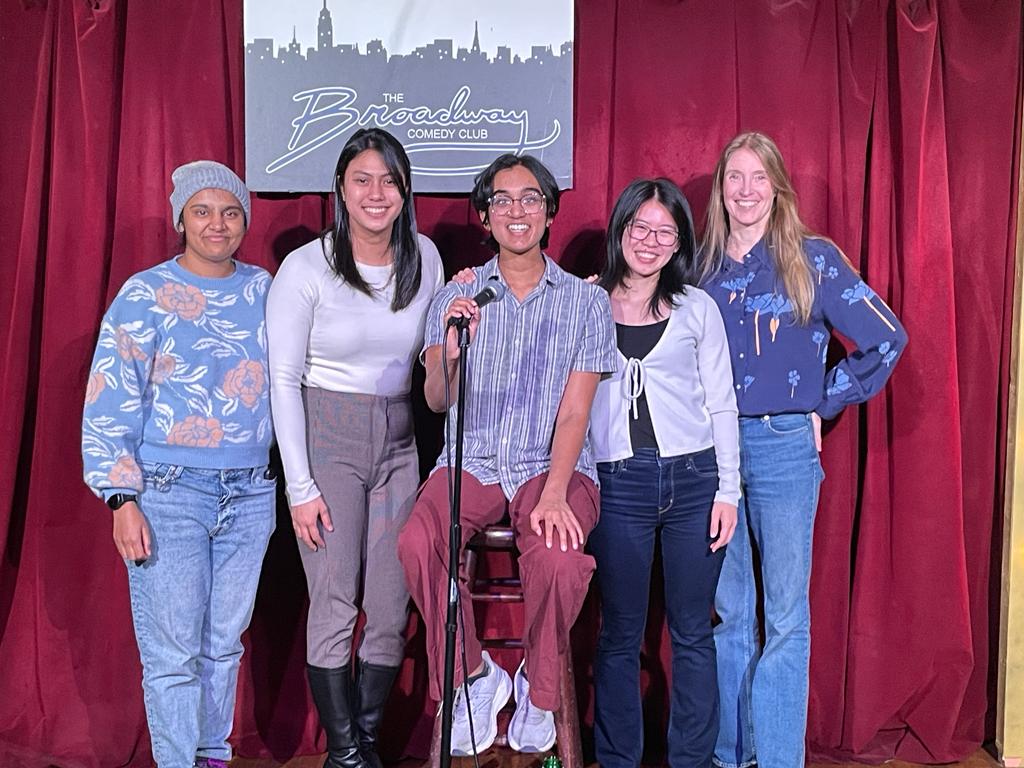
Monika’s Stand-Up at the Broadway Comedy Club – 10/18/23
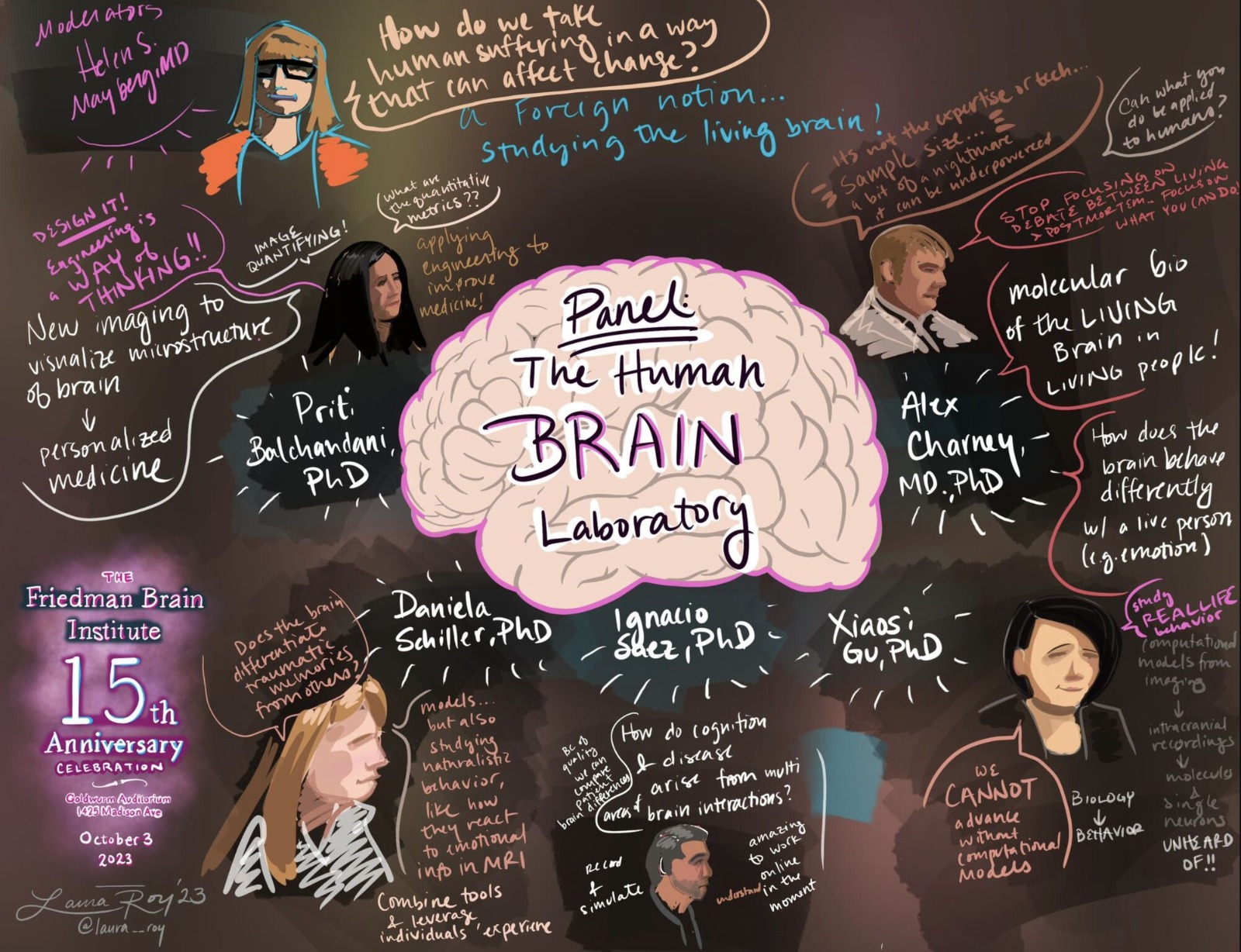
Friedman Brain Institute’s 15 Year Anniversary – 10/4/23

Parul at a panel discussion at the Misophonia Research Fund Meeting – 9/20/23
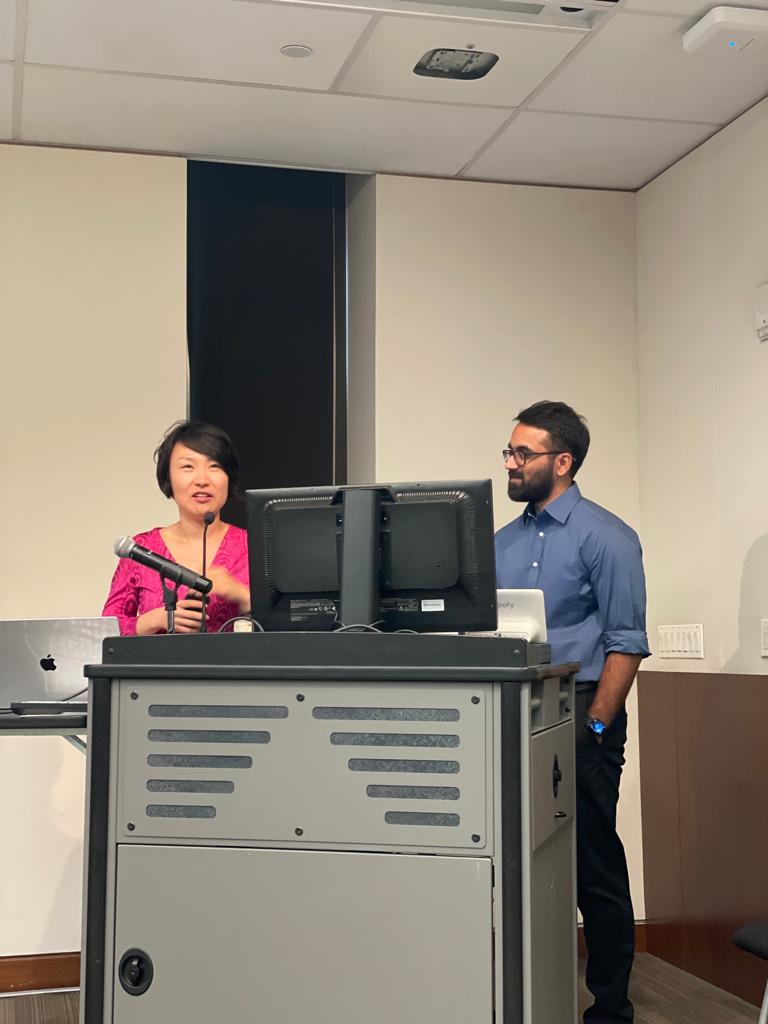
KK’s Defense with Dr. Xiaosi Gu – 4/25/23
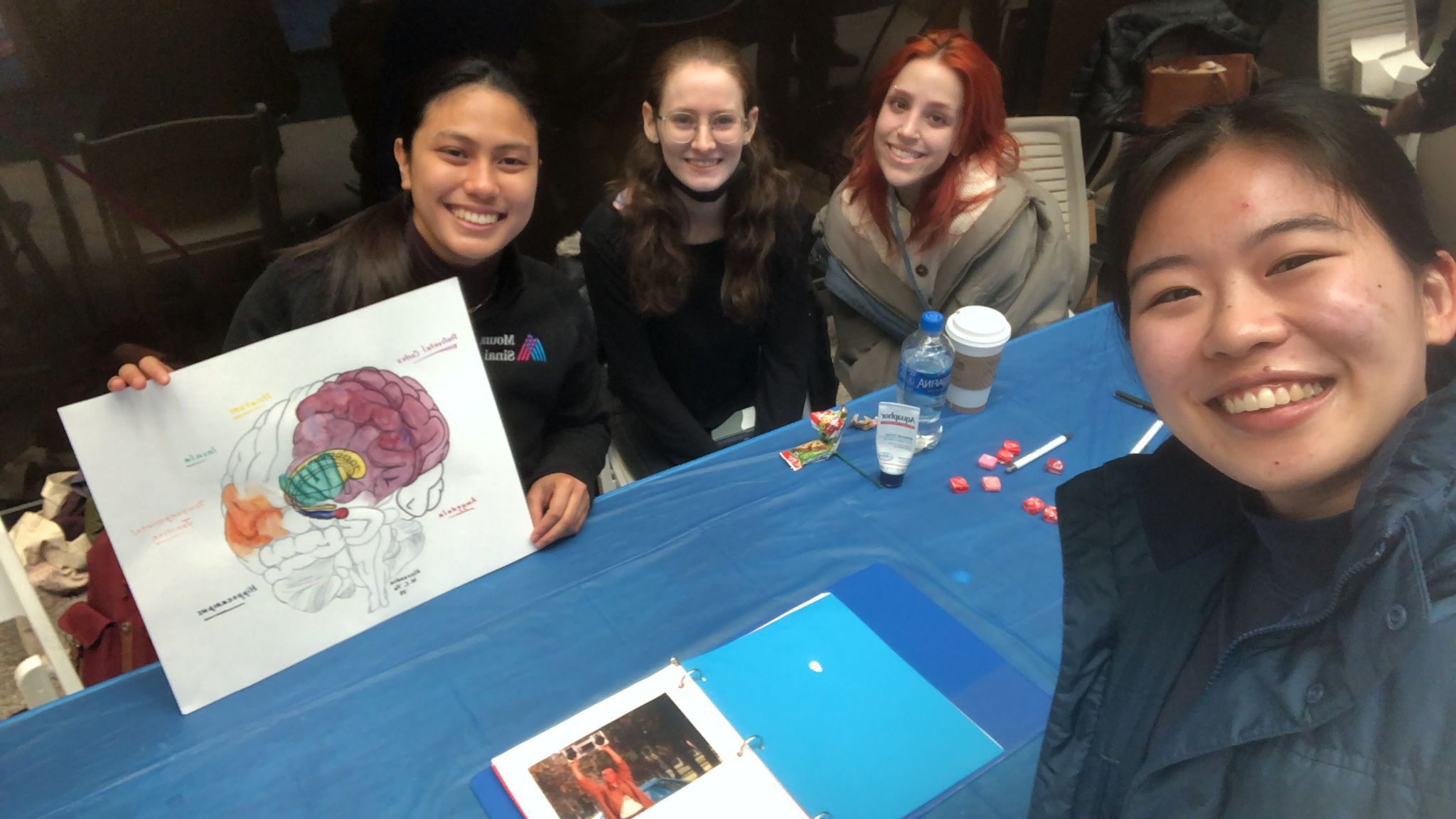
Brain Fair – 3/14/23
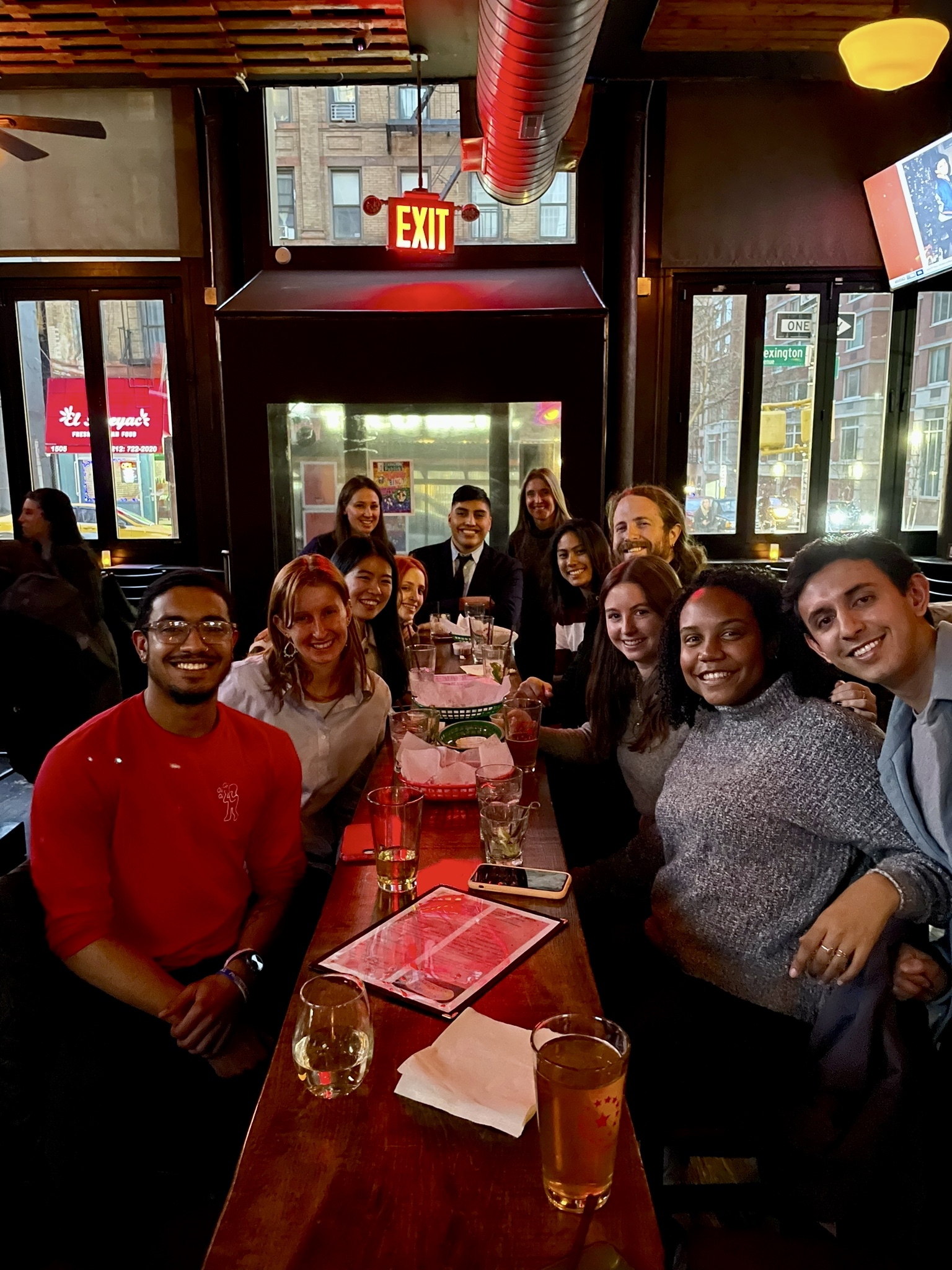
JP’s Master’s Graduation Send-Off – 1/11/23
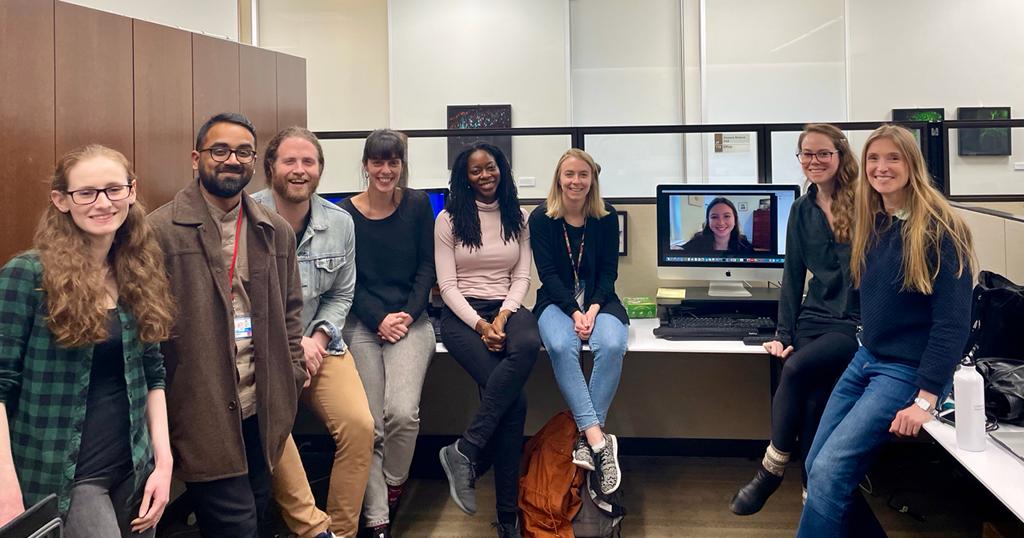
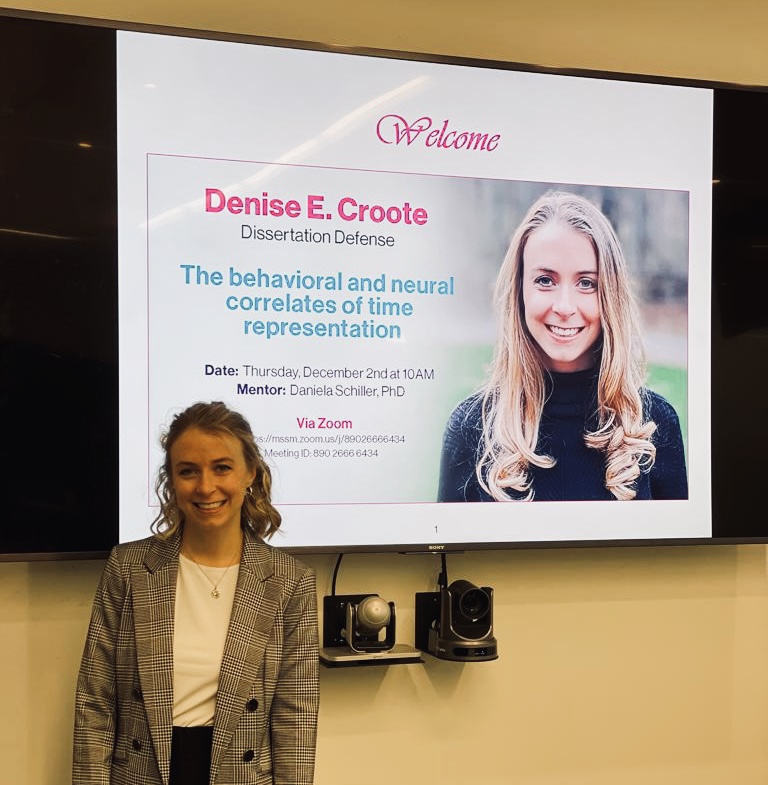
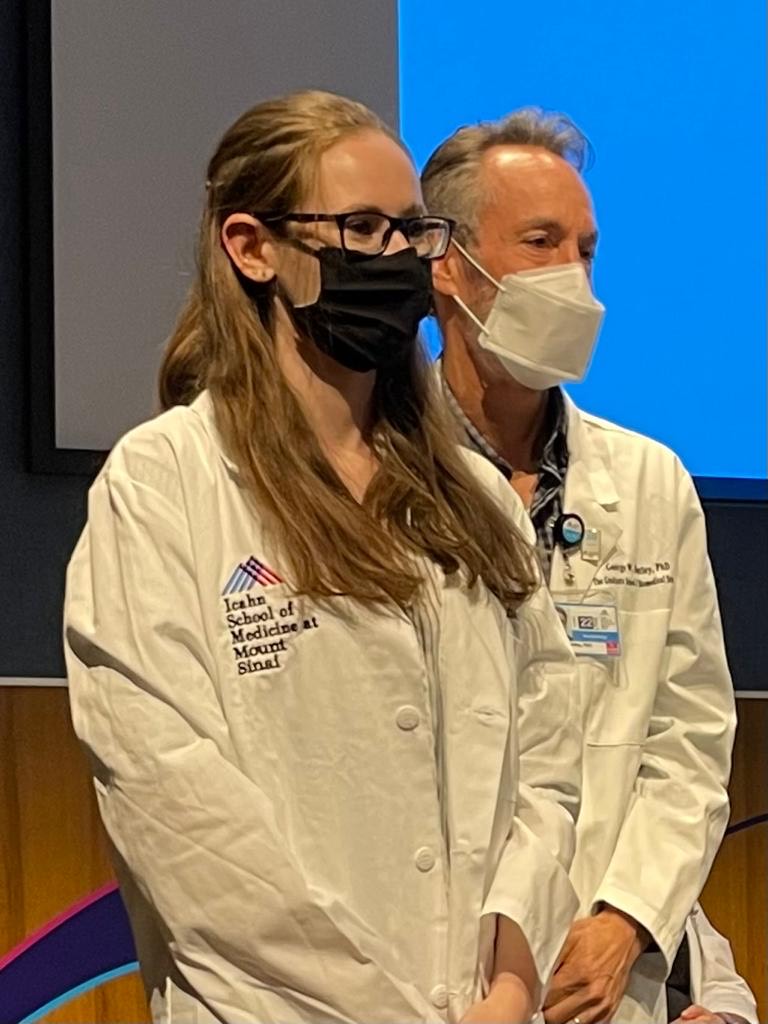
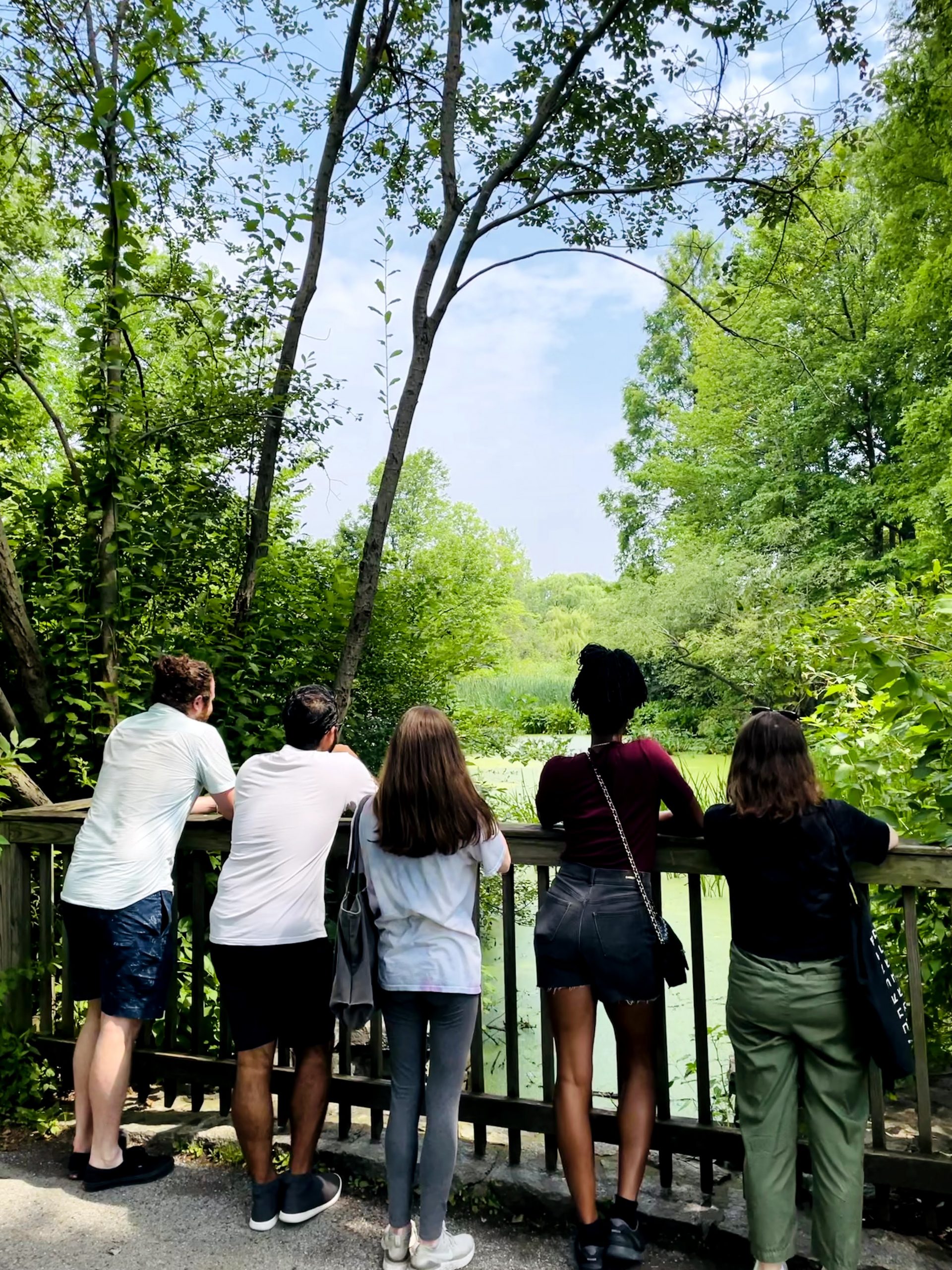
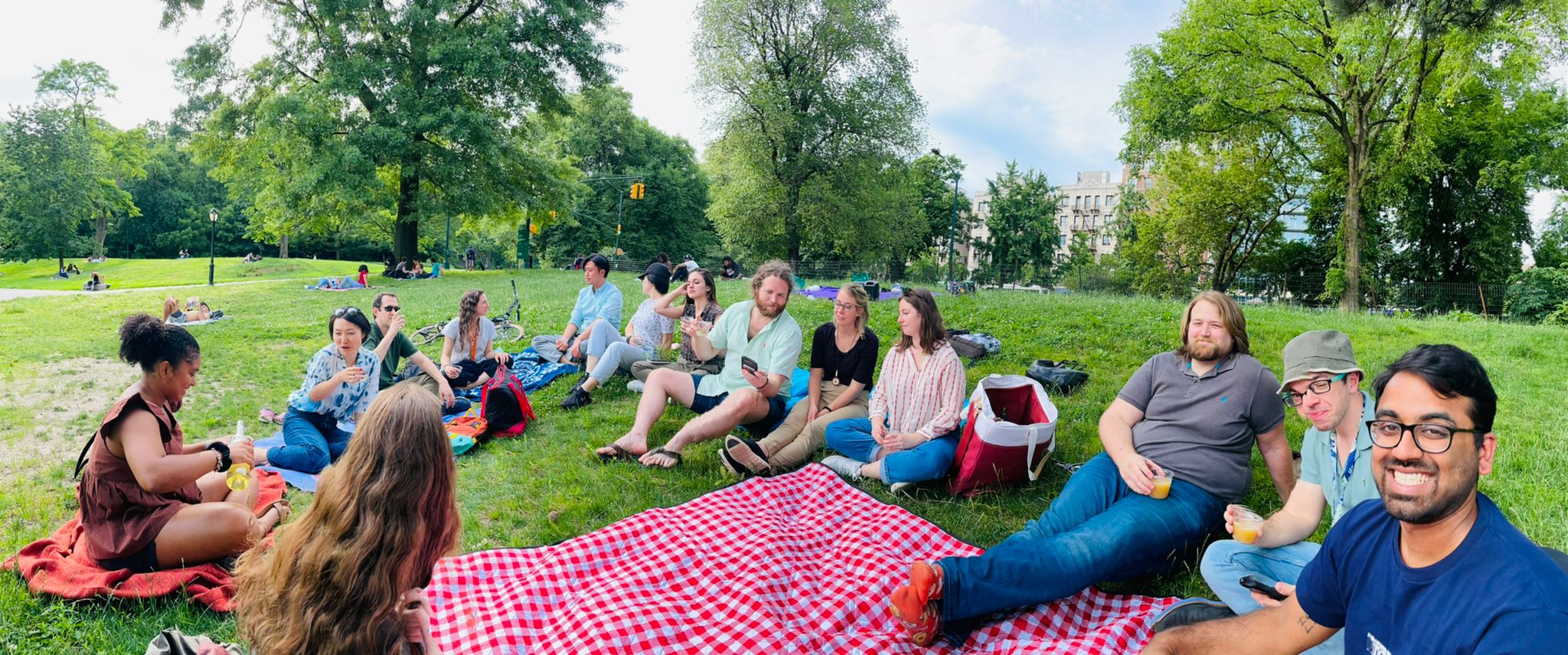
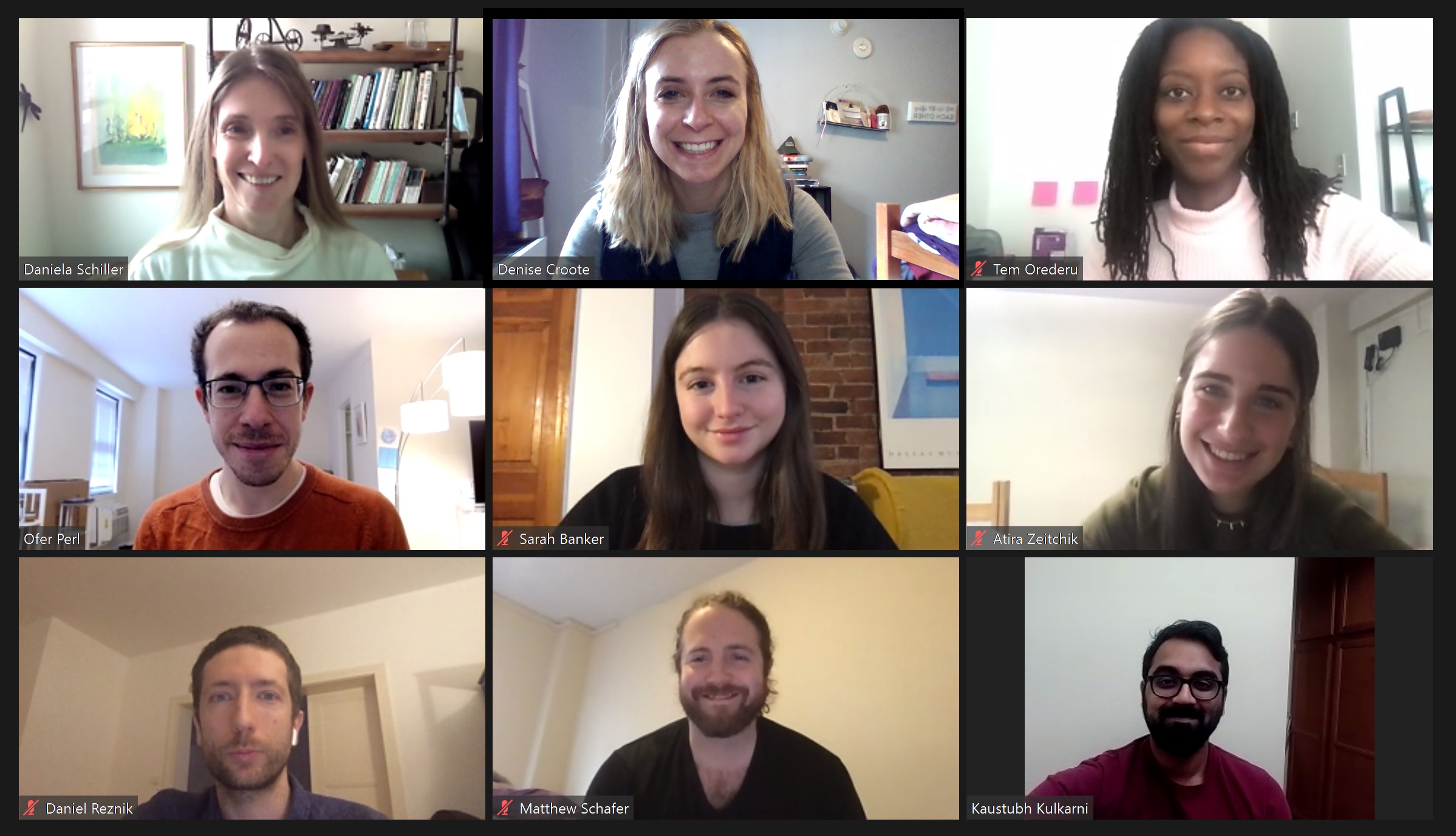
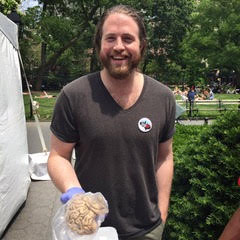
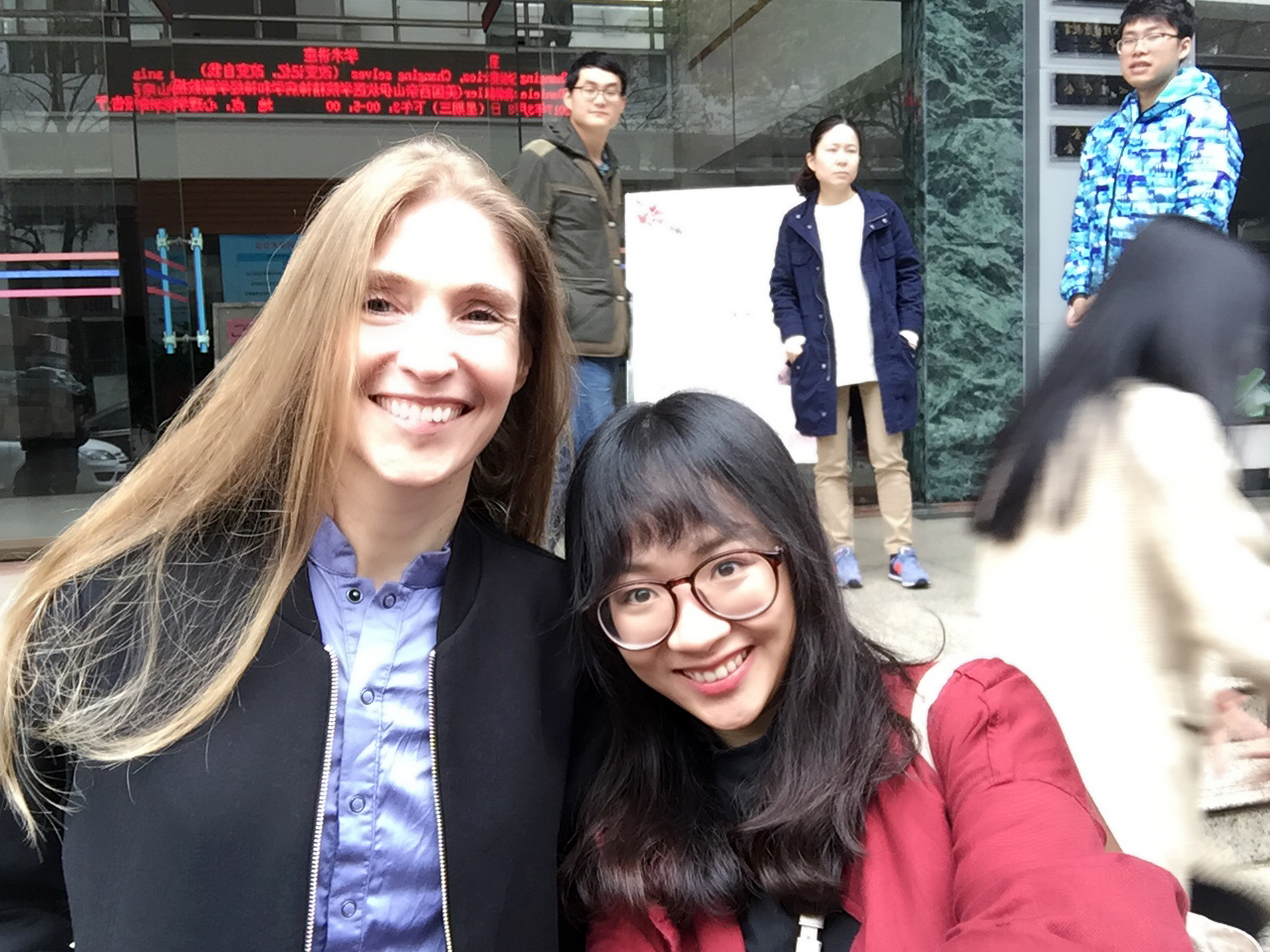
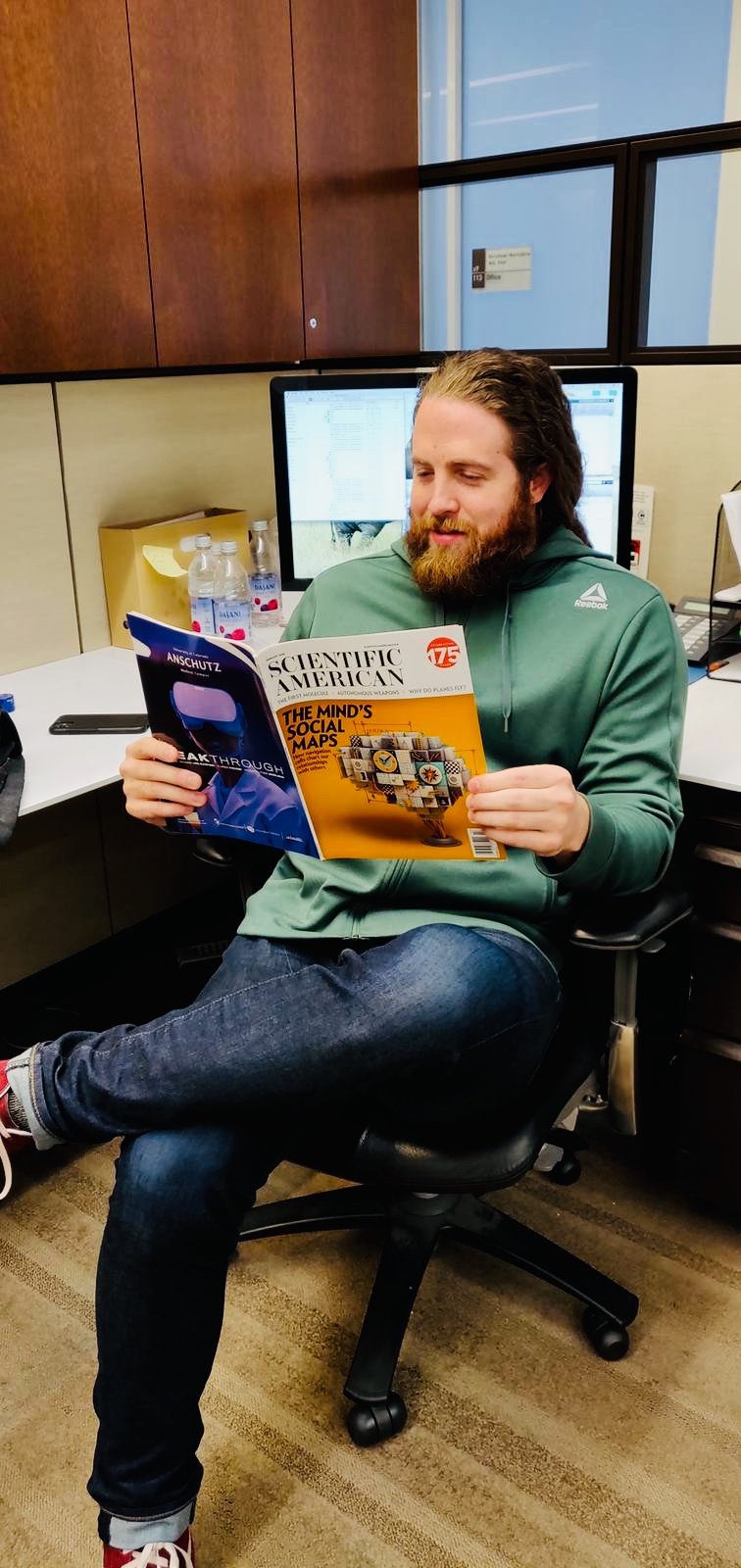
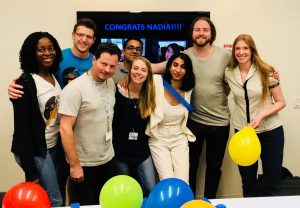
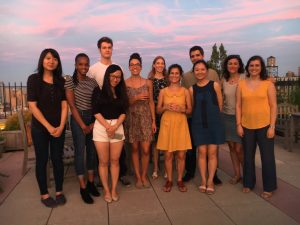
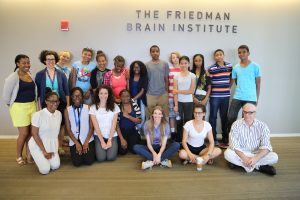
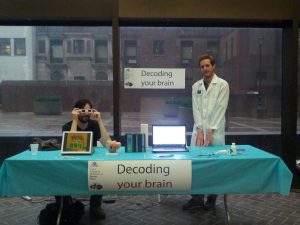
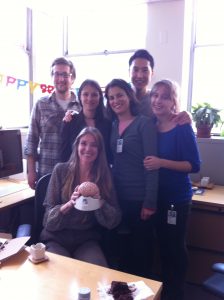
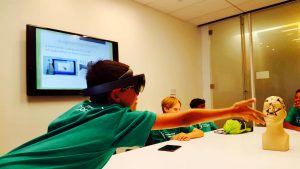
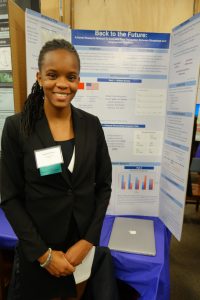
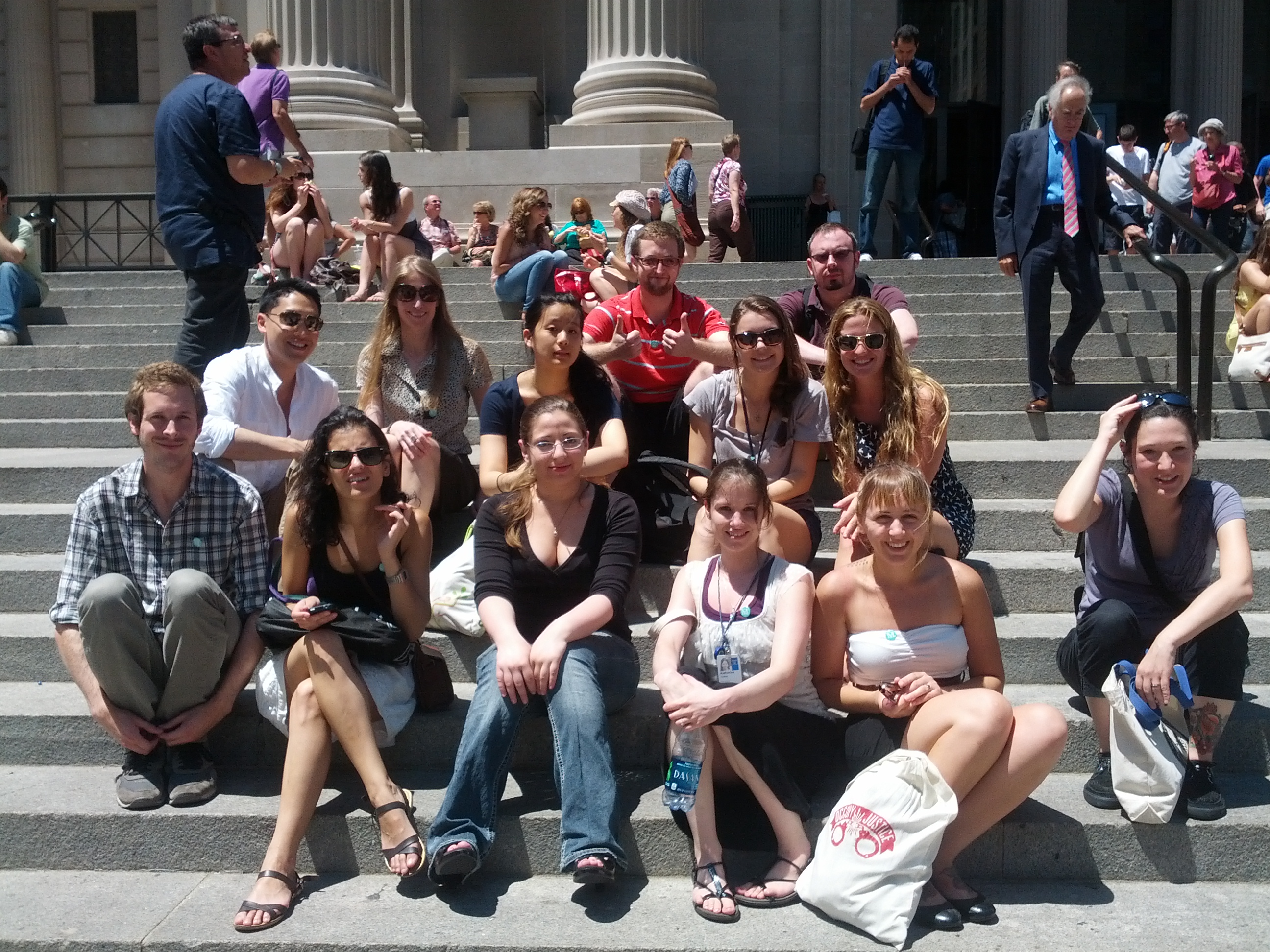
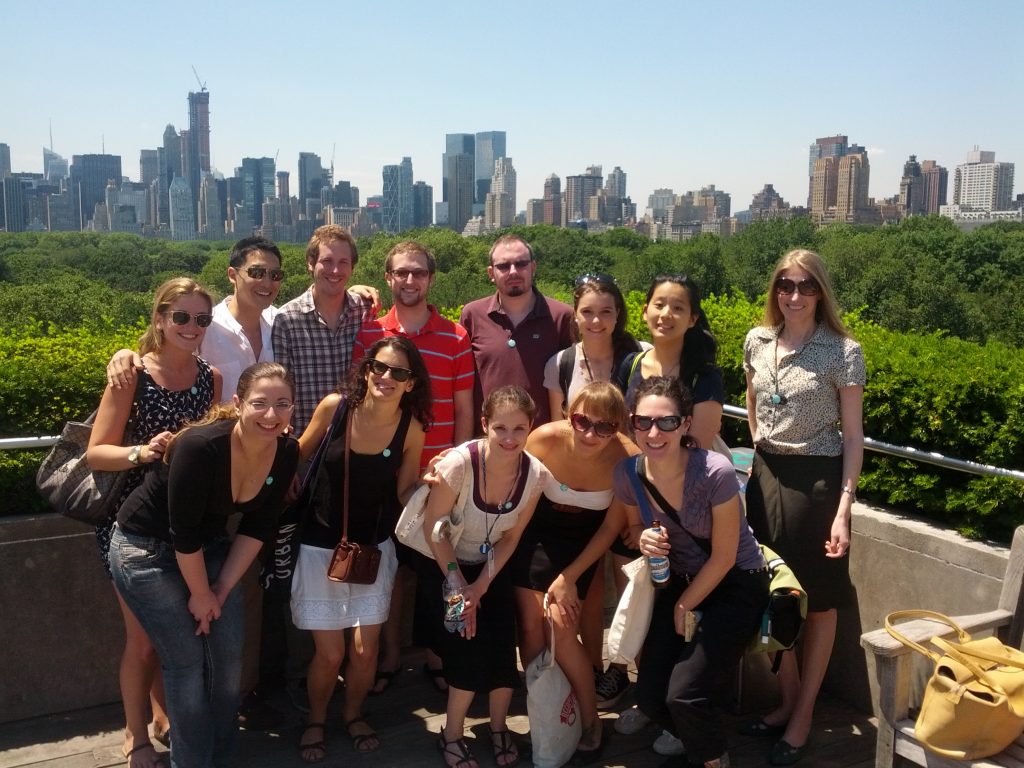

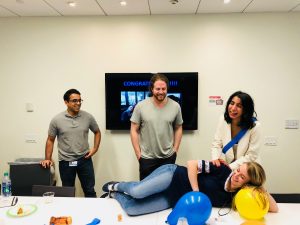
Alumni
Past Postdoctoral Fellows

Ofer Perl, PhD
Postdoctoral Research Fellow

Felipe Corchs, MD, PhD
Visiting Research Scholar
Current: Assistant Professor, Department of Psychiatry, Faculty of Medicine, University of São Paulo

Alison Montagrin, PhD
Postdoctoral Research Fellow
Current: Postdoctoral Fellow, University of Geneva

Philipp Homan, MD, PhD
Postdoctoral Research Fellow
Current: Assistant Professor, Feinstein Institute for Medical Research
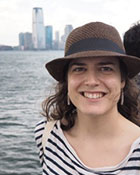
Catarina Saiote, PhD
Postdoctoral Research Fellow
Current: Researcher, Pediatric Neuromodulation Lab, University of Wisconsin-Madison
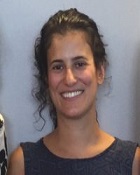
Rita Tavares, PhD
Postdoctoral Research Fellow
Current: ITP fellow, NYU
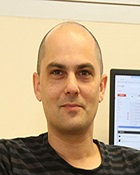
Avi Mendelsohn, PhD
Postdoctoral Research Fellow
Current: Assistant Professor, Haifa University

Dorothee Bentz, PhD
Postdoctoral Research Fellow
Current: Senior Scientist, Basel University
Past PhD Candidates

Sarah Banker
PhD Student
Current: Postdoctoral Fellow

Veronica Lennon
PhD Student

Matt Shafer
PhD Student
Current: Postdoctoral Fellow with Drs. Guillermo Horga and Kyo Iigaya at the University of Columbia

Kaustubh Kulkarni
MD/PhD Student
Current: MD Student, ISMMS

Temidayo Orederu
MD/PhD Student
Current: MD Student, ISMMS

Denise Croote
PhD Student
Current: Instructor, ISMMS

Kate Collins
PhD Student
Current: Assistant Clinical Professor, ISMMS

Chrysanthi Blithik
Visiting PhD Student

Jingchu Hu
Visiting PhD student
Current: Postdoctoral Fellow, SCNU, China
Past MS/MA Candidates

Dhwani Shah
MS Student
Current: Indian Institute of Science Education and Research Mohali

Angle Prats
MS Student
Current: Honors Chemistry Teacher in Brooklyn

Jeanpierre Tenesaca
MS Student
Current: Honors Chemistry Teacher in Brooklyn
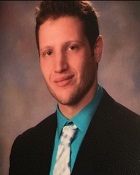
Ariel De Leon
MS Student
Current: Medical student, Sackler Faculty of Medicine, Tel Aviv University
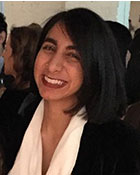
Nadia Rahman
MS Student
Current: MS Student, The New School

Eric Nelson
MA Student (NYU)
Current: PhD candidate, University of Alabama, Birmingham
Past Lab Managers and Research Assistants

Alissa Chen
Lab Manager
Current: Research Coordinator at The Tisch Cancer Institute – Mount Sinai

Emmanuel Caño-Garraway
Lab Manager
Current: Research Coordinator in the Goldstein Lab at ISMMS

Qi Lin
Lab Manager
Current: Postdoctoral Fellow at Hawkan Lau’s lab at Riken

Marianne Reddan
Lab Manager
Current: Postdoctoral Fellow, Stanford University

Lee Lau
Research Assistant
Current: MD Candidate, University of Miami

Eric Feltham
Research Assistant
Current: PhD Candidate, Yale University

Christian Williams
Research Assistant
Current: Project Coordinator, Queens College

Chris Thompson
Research Assistant
Past Undergraduate Interns

Monika Narain
Undergraduate Summer Intern
Current: BA Candidate, Duke University

Rachel Lock
Undergraduate Summer Intern
Current: BA Candidate, Macalester College

Reid Shea
Undergraduate Summer Intern
Current: BA Candidate, Brown University

Kelly Fogelson
SURP Student

Julia Hirsch
Undergraduate Summer Intern

Atira Zeitchik
Undergraduate Research Assistant
Past High School Interns
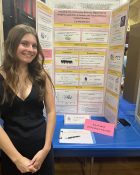
Lily MacNamara
High School Research Intern
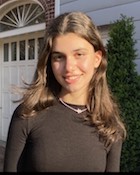
Nicole Bungo
High School Research Intern

Kate Wohl
High school research intern
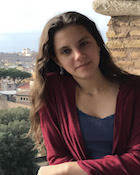
Maayan Rosenfield
High school research intern
Current: Undergraduate student, Brown University

MacKenzie Boatman
High school research intern
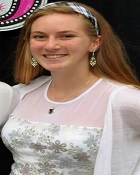
Caroline Overacker
High school research intern
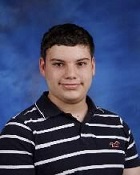
Scott Berger
High school research intern

Abigail Orlando
High school research intern
Current: Data Insight Engineer

May Yuan
High school research intern
Current: PhD candidate, Rutgers University


